L’ensemble des publications de l’Institut d’Ostéopathie de Rennes-Bretagne est référencé ci-dessous. Les publications scientifiques de l’IO-RB sont également disponibles sur les plateformes HAL et Research Gate.
Publications de l'Institut d'Ostéopathie de Rennes-Bretagne
-
2015
Book Guide d’apprentissage de l’ostéopathie fasciale et tissulaire. Laigneau D, Richeux M, Tricot P.Vannes: Sully; (2015). 210 p.
« Le principe technique de l’ostéopathie fasciale et tissulaire est de percevoir et de corriger, si besoin avec sa main, les mouvements des fascias et plus globalement de tous les tissus vivants. »
Autrefois nos enseignants nous disaient, parlant de l’ostéopathie fasciale et tissulaire : « Cette méthode ne s’explique pas, elle ne s’apprend pas, poses tes mains, attends et sens ». Attendre quoi, sentir quoi, comment, pourquoi ? C’est tout l’enjeu de ce guide, qui propose à l’étudiant et à l’ostéopathe profane d’acquérir et de mettre en place facilement et rapidement les principes et les bases pratiques de cette discipline.
Après quelques rappels succins d’anatomie, d’embryologie et d’histologie, ce livre aborde de façon claire et simple les questions de mobilité et de motilité, de mécanisme lésionnel, les facteurs indispensables pour une bonne palpation, les principaux types de tests et de techniques possibles, de l’induction à l’écoute et de l’écoute à l’induction.
Enfin sont présentées et décrites avec précision un choix de 93 techniques, afin de débuter l’apprentissage de la pratique.978-2-35432-136-9
-
2017
Conference Learning strategies of osteopathic techniques and clinical decision-making. Implications for osteopathic education : A preliminary study. Leroux, E., Kerebel, Q., Loquet, M., Lameul G., Erieau, B., Deleau, A., Ménard, M. & Bourgin, M.International Education Conference – University College of Osteopathy (UCO), December 9th 2017, London (England).A number of different osteopathic techniques can be observed nowadays (Fryer, 2008). The teaching of these techniques is widely dependent on strategies chosen by the schools and their teaching staff (Browning et al. 2010). In addition, many different techniques and practices can be recorded across Europe, despite the teachings of Andrew Taylor Still who founded Osteopathy (Still, 1910). One of the reasons behind such findings could be that field experience would be the source of integrated skills among therapists. This study puts forward a methodology that allows the analysis of practices by experienced osteopaths. The aim of this preliminary study was to analyse the different integrated skills used in their practice, thus reflecting on their acquisition skills and their future teachings.
Book Traité d’ostéopathie (1re éd.) : Traduction des chapitres 1, 5, 52D, 52E, 52F, 52H Mhadhbi, H.Chila, A. (2017). Traité d’ostéopathie (1re éd.). Louvain-la-Neuve : De Boeck Université.
Véritable bible de l'ostéopathie, cet ouvrage permet à la pratique de renouer avec des champs de compétences parfois oubliés et participe à ouvrir la voie de la communication interdisciplinaire.
Pour la première fois en français, un livre présente de manière complète l’ostéopathie.
Divisé en cinq parties et plus de soixante-dix chapitres, cet ouvrage permet à celui qui cherche une information concernant l’ostéopathie d’y trouver une réponse. Après avoir posé les bases de la profession, le livre traite de la rencontre entre l’ostéopathe et son patient, puis de l’approche corporelle et physique de l’ostéopathie pour enfin envisager la prise en charge des patients. Enfin, une dernière partie évoque la recherche et les perspectives à venir de la profession. Véritable encyclopédie, et conscient de certaines limites de l’exercice, cette traduction permet à la pratique ostéopathique de renouer avec des champs de compétences parfois oubliés et participe à ouvrir la voie de la communication interdisciplinaire.2807303021
Inproceeding Kinematics of the lumbar muscles in rowing: a preliminary study. Retailleau, M., Domalain, M., Ménard, M., and Colloud, F.Computer Methods in Biomechanics and Biomedical Engineering, 20 (sup1), 173–174., 2017.
10.1080/10255842.2017.1382918
Conference Biomechanical determinants of iliotibial band syndrome in cycling. Domalain, M., Ménard, M. & Lacouture P.XXVI Congress of the International Society of Biomechanics, July 23-27 2017, Brisbane (Australia).The aim was to investigate putative pathomechanisms of ITBS in cycling upon the analysis of experimental conditions (saddle setback) known to exacerbate the potential risk of developing the pathology.
Inproceeding A Musculoskeletal Modelling Approach of iliotibial band syndrome in cycling: Implications for injury prevention. Ménard, M., Domalain, M. & Lacouture, P.35th International Conference on Biomechanics in Sports, June 14-17 2017, Cologne (Germany).The aim was to investigate the potential risk of developing iliotibial band syndrome (ITBS) through the analysis of the theoretical interaction between joint degrees of freedom and individual pedalling techniques. Experimental lower limb kinematics recorded from ten well-trained healthy cyclists served as input data of a musculoskeletal modelling to calculate the compression force between ITB and the lateral femoral epicondyle (LFE). Cyclists pedalled in a standardized position at a steady state (90rpm and 200W). Results demonstrated that ITBS potential risk increases in individuals whose pedalling technique exacerbate hip extension-adduction and/or knee extension-internal rotation. Furthermore, hip joint kinematics had a greater influence than knee joint angles. This simulation approach could be advantageously implemented as an additional tool to help diagnoseand correct potentially harmful sport techniques and optimise equipment setup or design.
KEY WORDS: overuse injury, opensim, simulation.
Conference Apport de la modélisation musculo-squelettique dans la prise en charge du syndrome de la bandelette ilio-tibiale : De nouvelles perspectives pour la recherche en ostéopathie. Ménard M., Domalain M., & Lacouture, P.11ème Symposium Ostéopathique International de Nantes, 17-18 mars 2017, Nantes (France)Apport de la modélisation musculo-squelettique dans la prise en charge du syndrome de la bandelette ilio-tibiale. De nouvelles perspectives pour la recherche en ostéopathie. Contexte L'analyse du fonctionnement du système musculo-squelettique est indispensable à la compréhension de l'étiologie des troubles musculo-squelettiques (TMS) [1] et constitue un préalable pour étudier l'effet d'une prise en charge en ostéopathie. L'ostéopathie s'attache à identifier les dysfonctionnements de mobilité des nombreuses structures constituant le corps humain afin d'établir un lien thérapeutique entre le fonctionnement du système musculo-squelettique et la douleur décrite par le patient [2,3]. De plus en plus d'études cliniques et sportives font appel aux outils et aux méthodes utilisées en biomécanique [4,5]. Parmi ces méthodologies, la modélisation musculo-squelettique donne un accès non invasif aux forces dites « internes » qui sollicitent l'articulation et qui restent, à ce jour, difficilement mesurables in situ [6]. Dans ce contexte, l'étude expérimentale proposée a porté sur la prise en charge du syndrome de la bandelette ilio-tibiale, 2 ème cause de gonalgie chez les cyclistes. Classiquement décrit comme un syndrome de friction [7], de récents travaux anatomiques et biomécaniques ont remis en cause son étiologie en privilégiant l'hypothèse d'un syndrome de compression entre la bandelette ilio-tibiale et l'épicondyle latéral du fémur [8,9]. Objectif Cette étude propose, à partir de données externes mesurables sur le sujet, une approche méthodologique visant à estimer la force de compression développée entre la bandelette ilio-tibiale et l'épicondyle latéral du fémur en fonction de la cinématique articulaire. Matériels et Méthodes Un système optoélectronique composé de 20 caméras a collecté la cinématique articulaire lors d'un mouvement de pédalage de douze cyclistes lors d'une tache de pédalage. Un modèle musculo-squelettique mise à l'échelle a été développé afin d'estimer la force de compression entre la bandelette ilio-tibiale et l'épicondyle latéral du fémur et une approche de simulation a été utilisée pour étudier l'influence combinée de chaque degré de liberté de l'articulation coxo-fémorale et de l'articulation fémoro-tibiale sur cette force de compression. Résultats Les résultats montrent que lors d'une flexion de 30° de l'articulation fémoro-tibiale, la force de compression augmente de 24 % si elle est associée à une rotation médiale de 10° en comparaison avec une rotation latérale de 10°. De plus, une flexion de 40° de l'articulation coxo-fémorale associée à une adduction de l'articulation fémoro-tibiale de 10°, augmente de 100% la force de compression par rapport à une flexion de l'articulation coxo-fémorale de 40 ° associée à une abduction du genou de 10 °. Discussion L'utilisation de la modélisation musculo-squelettique apparaît comme un outil scientifique pertinent pour évaluer et quantifier l'interaction entre la bandelette ilio-tibiale et l'épicondyle latérale au cours du mouvement. Les résultats de cette étude mettent en évidence que la mobilité articulaire de l'articulation coxo-fémorale a une influence plus importante que la mobilité de l'articulation fémoro-tibiale sur la force de compression estimée entre ces deux structures. Conclusion La démarche scientifique présentée possède une application directe sur l'identification du lien entre la cinématique articulaire et le risque de survenue du syndrome de la bandelette ilio-tibiale, ce qui pour la recherche en ostéopathie, reste un véritable challenge scientifique pour évaluer l'effet du traitement ostéopathique.
-
2018
Journal article Le nerf phrénique joue-t-il un double jeu ? Etude préliminaire sur l’interrelation entre la mobilité du rachis cervical et la mobilité du diaphragme. Bazin, B., Ménard, M., Lehuger, J., Mhadhbi, M. & Bourgin, M.La Revue de l’Ostéopathie, 21-2 : 2018.Un lien fonctionnel est fréquemment rapporté par les ostéopathes entre le traitement ostéopathique de la mobilité des cervicales et du diaphragme mais sans évidences scientifiques actuelles. L’objectif a été d’évaluer l’impact du traitement ostéopathique des cervicales sur le diaphragme et l’impact du traitement ostéopathique du diaphragme sur les cervicales. Quatre ostéopathes ont réalisé un bilan ostéopathique de la région cervicale et du diaphragme de 32 participants présentant des cervicalgies. Les participants présentant des restrictions de mobilité (N = 25) dans les deux régions ont été retenus. Ils ont bénéficié d’un traitement du diaphragme (groupe Diaphragme, n = 11) ou des cervicales (groupe Cervicales, n = 8). Un troisième groupe n’a bénéficié d’aucun traitement (groupe Contrôle, n = 6). Le périmètre thoracique, les volumes d’expiration ainsi que les angles articulaires de la région cervicale ont été évalués avant et après le traitement. Une augmentation des amplitudes cervicales de flexion/extension a été rapportée pour le groupe Diaphragme (de 133,6 ± 13,7° à 140,9 ± 12,0°, p = 0,02 et ES = 0,57) ainsi qu’une augmentation des inclinaisons (de 95,6 ± 16,4° à 103,3 ± 14,7, p < 0,01 et ES = 0,49). Les résultats montrent également que le traitement des cervicales (groupe Cervicales) n’a eu d’impact ni sur le périmètre thoracique ni sur le rapport VEMS/VEMS6. À l’aune des liens fonctionnels entre le diaphragme et les cervicales, l’existence d’une possible interrelation peut être envisagée via les chaines myo-fasciales et/ou le nerf phrénique. Cette étude constitue un point de départ vers de futures études sur les mécanismes neurologiques, biologiques, physiologiques mis en jeux lors du traitement ostéopathique.
Conference Les cervicalgies chroniques: Interrelation entre la mobilité du rachis cervical et du diaphragm. Le nerf phrénique joue-t-il un double jeu? Bazin, L., Ménard, M., Lehuger, J., Mhadhbi, H., Bourgin, M.Journée Ostéopathique de Paris, 15 & 16 Juin 2018, Paris (France).
Un lien fonctionnel est fréquemment rapporté par les ostéopathes entre le traitement ostéopathique de la mobilité des cervicales et du diaphragme mais sans évidences scientifiques actuelles. L’objectif a été d’évaluer l’impact du traitement ostéopathique des cervicales sur le diaphragme et l’impact du traitement ostéopathique du diaphragme sur les cervicales. Quatre ostéopathes ont réalisé un bilan ostéopathique de la région cervicale et du diaphragme de 32 participants présentant des cervicalgies. Les participants présentant des restrictions de mobilité (N = 25) dans les deux régions ont été retenus. Ils ont bénéficié d’un traitement du diaphragme (groupe Diaphragme, n = 11) ou des cervicales (groupe Cervicales, n = 8). Un troisième groupe n’a bénéficié d’aucun traitement (groupe Contrôle, n = 6). Le périmètre thoracique, les volumes d’expiration ainsi que les angles articulaires de la région cervicale ont été évalués avant et après le traitement. Une augmentation des amplitudes cervicales de flexion/extension a été rapportée pour le groupe Diaphragme (de 133,6 ± 13,7° à 140,9 ± 12,0°, p = 0,02 et ES = 0,57) ainsi qu’une augmentation des inclinaisons (de 95,6 ± 16,4° à 103,3 ± 14,7, p < 0,01 et ES = 0,49). Les résultats montrent également que le traitement des cervicales (groupe Cervicales) n’a eu d’impact ni sur le périmètre thoracique ni sur le rapport VEMS/VEMS6. À l’aune des liens fonctionnels entre le diaphragme et les cervicales, l’existence d’une possible interrelation peut être envisagée via les chaines myo-fasciales et/ou le nerf phrénique. Cette étude constitue un point de départ vers de futures études sur les mécanismes neurologiques, biologiques, physiologiques mis en jeux lors du traitement ostéopathique.
Conference Etude des méthodes de mesure de l’amélioration de la mobilité liée au traitement ostéopathique : Application pour le suivi des athlètes. Mathieu Ménard, Hakim Mhadhbi, François Launay, Solène Prioul, Frank Sutre & Marylène Bourgin.Assemblée Générale du ROF, 20 octobre 2018, Rennes (France).
No abstract availableJournal article Influence of saddle setback on knee joint forces in cycling. Ménard, M., Domalain, M., Decatoire, A., & Lacouture, P.Sport Biomechanics, 1-13 : 2018.Knee functional disorders are one of the most common lower extremity non-traumatic injuries reported by cyclists. Incorrect bicycle configuration may predispose cyclist to injury but the evidence of an effect of saddle setback on knee pain remains inconclusive. The aim of this study was to determine the effect of saddle setback on knee joint forces during pedalling using a musculoskeletal modelling approach. Ten cyclists were assessed under three saddle setback conditions (range of changes in saddle position ~6 cm) while pedalling at a steady power output of 200 W and cadence of 90 rpm. A cycling musculoskeletal model was developed and knee joint forces were estimated using an inverse dynamics method associated with a static optimisation procedure. Our results indicate that moving the saddle forwards was not associated with an increase of patellofemoral joint forces. On the contrary, the tibiofemoral mean and peak compression force were 14 and 15% higher in the Backward than in the Forward condition, respectively. The peak compression force was related to neither pedal force nor quadriceps muscle force but coincided with the eccentric contraction of knee flexor muscles. These findings should benefit bike fitting practitioners and coaches in the design of specific training/rehabilitation protocols.
Keywords: Biomechanics; bike fitting; knee overuse injuries; musculoskeletal modelling; tibiofemoral forces.
10.1080/14763141.2018.1466906
Conference Impact of the video tool on the acquisition of clinical skills in Osteopathy. Preliminary study on 3rd year osteopathic students. Mhadhbi, H., Ménard, M., Deleau, A., Bourgin, M.6th Open Forum for Osteopathic Education Conference, October 18 &19th 2018, Lyon (France).The contribution of new pedagogical tools,like video podcasting,has recently beenconsidered as relevant support in clinical learning. In this way, analysis of filmed consultations can be a new approach to initiate clinical reasoning in addition to clinic observation hours. The aim of this preliminary study was to develop a methodology to analyse filmed consultations and to evaluate the impact of this teaching tool on clinical skill acquisitions.Seven consultations were recorded analysing the practices of volunteerstudents. Seven practitioners have participated in these lessons (4 hours per lesson) within the same methodology (28 hours). Different acquisition steps were proposed to facilitate the analysis offilmed consultations: 1-Video viewing and note-taking, 2-Transcript, 3-Comparison with the transcription, 4-Analysis and Discussion around three essentials skills (relational situation, red/orange flags, choice of techniques). A 10-item Likert-type surveywas proposed tostudents at the beginning, in the middleand at the end of this new learning program.At the middle of the program, results of the average score regarding the consultation traceability rosefrom 1.5 to 2.5 (p < 0.01). However, there was no significantdifference between the average scores relating to the appropriate choiceof technique(p > 0.05). The results will be updated at the end of the program and will be presented in October at the congress.Using video technology associated with a strong methodology of analysis is important to provideconsultations’feedback tostudentsand couldoptimizetheacquisition ofclinical skills essential for the osteopathic diagnostics.
Book Sciences fondamentales : Encadrés cliniques des chapitres 25 à 30 Mhadhbi, H.In Beckmann, E. & Vignaux, J-J. (2018). Sciences fondamentales. Louvain-la-Neuve : De Boeck Supérieur.
Cet ouvrage offre à l’étudiant en ostéopathie l'essentiel des connaissances détaillées et utiles dans sa pratique future. Il reprend la synthèse des grandes matières et des nouveautés en théorie fondamentale, partant d’une vision d’ostéopathes pour des ostéopathes.Ce manuel de sciences fondamentales est conforme au nouveau décret et couvre l'enseignement de l'UE1 "Sciences fondamentales".
Il suit avec rigueur les décrets de la formation en ostéopathie pour proposer des applications directes à l'enseignement des sciences fondamentales dans tous les établissements qui enseignent l'ostéopathie.
Les auteurs aux profils variés : ostéopathe, biologiste, immunologiste, anatomiste, médecin et chirurgien, tous enseignants, proposent une harmonisation du contenu des programmes pédagogiques en matière de sciences fondamentales destinés à l’ensemble des étudiants en ostéopathie.
Cet ouvrage permet à l’étudiant en ostéopathie d’obtenir des connaissances détaillées et utiles dans sa pratique future. Il lui apporte la synthèse des grandes matières et des nouveautés en théorie fondamentale, tout en offrant une vision d’ostéopathes pour des ostéopathes.
ISBN 10 : 2807322174
ISBN 13 : 9782807322172 -
2019
Inproceeding A musculoskeletal modelling approach of the assessment of the risk of hamstring injuries in professional soccer players: A pilot study. Ménard, M., Sorel, A., Boumpoutou, R., Kerhervé, H., Kulpa, R., & Bideau, B.Computer Methods in Biomechanics and Biomedical Engineering, 22:sup1, S1-S393, 2019.Despite an abundant literature, the evaluation of the risk of hamstring injuries remains complex as it lacks evidence-based recommendations and reliable fieldtesting. The aim of this study was to investigate the risk of hamstring injury using a musculoskeletal approach during a functional test designed for this purpose.
10.1080/10255842.2020.1714913.
Inproceeding Biomechanical analysis of the lumbar-pelvic-femoral complex during the one-sided tilt test: A pilot study. Chenaut, P., Ménard, M., Lancelot, L., Vaucher, P., Bideau, B. & Bourgin, B.Computer Methods in Biomechanics and Biomedical Engineering, 22:sup1, S1-S393, 2019.The aim of this pilot study was to use a musculoskeletal modelling approach to propose a functional screening approach of lumbar-pelvic-femoral complex range of motion during the one-sided tilt test
10.1080/10255842.2020.1714921.
Inproceeding Impact of osteopathic manipulative treatment on range of motion of low back during the one-sided tilt test: a pilot study. Ménard, M., Ferrari, M., Bouchet, A., Puchaud, P., Vaucher, P., Sutre, F., Bourgin, B., Bideau, B.Computer Methods in Biomechanics and Biomedical Engineering, 22:sup1, S1-S393, 2019.The mechanics by which osteopathic treatment may produce an increased joint range of motion remains unclear. The aim of this blind pilot study was to measure the immediate effect of OMT on range of motion (ROM) of the sacro-lumbar joint and the pelvis spatial orientations during the one-sided tilt test.
10.1080/10255842.2020.1714973.
Inproceeding Gyro-based lower limb asymmetry during a 4-km time trial on a velodrome among high level female cyclists. Cordillet, S., Bideau, N., Ménard, M., Nicolas, G.Computer Methods in Biomechanics and Biomedical Engineering, 22:sup1, S1-S393, 2019.Evaluating pedaling asymmetry in cycling is of major interest since it is often associated to lower efficiency, an increased risk of injury or premature fatigue. To quantify asymmetry, algebraic indices are commonly used to evaluate bilateral differences of discrete variables or through waveform analysis by comparing bilateral patterns (Pouliquen et al., 2018). Whereas some studies quantified bilateral muscle activations of lower limbs during straight and curved sections in track cycling (Watanabe et al., 2015), no data were reported concerning in situ kinematic asymmetry adjustments during a cycling time-trial (TT), especially considering women. Thus, the aim of this study was to assess the bilateral asymmetry of body-segment angular rates during a 4-km TT among female cyclists. In particular, the modifications in asymmetry all along the TT were investigated using lower limb mounted gyroscopes.
Keywords: gyro-based asymmetry; cycling; time-trial; IMU
10.1080/10255842.2020.1714973.
Inproceeding Modélisation du système musculo-squelettique : Implications cliniques, prévention des blessures et perspectives pour la recherche en ostéopathie. Ménard, M., Vaucher, P., Mhadhbi, H., Benoit Bideau & Marylène BourginNeurophysiologie Clinique / Clinical Neurophysiology, 49 (3), 258., 2019.
Le développement des collaborations entre cliniciens et biomécaniciens est un véritable enjeu médical et scientifique. Dans ce sens, en France, depuis l’article n° 2014/11, la biomécanique est entrée officiellement dans la formation des étudiants en ostéopathie comme une unité d’enseignement propre. Au-delà des connaissances fondamentales apportées par cette discipline, l’objectif est de donner aux étudiants un regard scientifique critique sur les démarches thérapeutiques enseignées. À ce jour, peu d’études scientifiques ont réussi à clairement identifier de manière objective ce qu’apporte le traitement ostéopathique comme modifications biomécaniques fonctionnelles. Les ostéopathes se fient à des tests qui trouvent souvent leur fondement dans une approche purement déductive, inspirée par l’expérience clinique. Les recherches de ces 20 dernières années ont cependant peiné à comprendre la manière dont ces tests sont intégrés dans le raisonnement clinique étant donné qu’ils apparaissent comme étant peu reproductibles et peu fiables. Plutôt que de recourir à des tests qui visent à identifier des restrictions de mobilité, l’enjeu serait de recourir à des tests qui évaluent la fonction biomécanique de manière personnalisée. Explorer de nouvelles dimensions à l’interprétation des tests cliniques traditionnels ouvre des perspectives préventives au traitement ostéopathique. Un exemple de cette approche est celui que nous soumettons via le test de la commère (‘hip drop test’) qui est décrit classiquement pour l’examen des amplitudes de mouvement de la région lombo-pelvienne. Ce test est décrit dans de nombreux ouvrages et est enseigné dans la majorité des instituts d’ostéopathie mais n’est que très peu utilisé en pratique clinique. La difficulté est qu’il repose sur l’observation en 3D du mouvement réalisé simultanément dans plusieurs régions : lombaires, pelvis, hanches et genoux. De nouvelles méthodologies sont utilisées pour accéder à la cinématique articulaire à partir de systèmes composés de caméras infrarouges associées au placement de marqueurs refléchissants sur le patient. Ces données sont associées à un modèle musculo-squelettique afin d’estimer des paramètres biomécaniques difficilement mesurables in vivo telle que les les longueurs musculaires et les forces articulaires. La mesure objective des tests fonctionnels utilisés en ostéopathie apparait être une étape première pour l’étude subséquente de l’impact du traitement ostéopathique.
Mots clés
Cinématique lombaireDéterminants biomécaniquesModélisationTest de la commèreTraitement ostéopathique10.1016/j.neucli.2019.01.024
Conference Modélisation du Système Musculo-Squelettique: Implications Cliniques et Prévention des Blessures. Ménard, M., Bideau, B., Bourgin, M.XXVI journées de posturologie clinique, 26-27 janvier 2019, Paris (France).No abstract availableConference Modélisation musculo-squelettique: Analyse du Risque de Blessures Musculaires. Ménard, M., Boumpoutou, R. & Sorel, A.Séminaire Stade Rennais Football Club (SRFC), 7 février 2019, ENS Rennes, Bruz, (France).No abstract availableConference Etude de la reproductibilité du BP56: Nouvel outil pour l’évaluation des plagiocéphalies positionnelles de l’enfant. Berthelot, E., Alexis, G., Quistrebert, L., Chollet, A., Scribans, C., Bourgin, M. & Ménard, M.12ème Symposium Ostéopathique International de Nantes, 15-16 mars 2019, Nantes (France).Conference Impact de la technique ostéopathique des cylindres thoraciques sur la qualité de vie des patients asthmatiques. Raulet, Q., Mhadhbi, H., Ménard, M. & Bourgin, M.2ème Symposium Ostéopathique International de Nantes, 15-16 mars 2019, Nantes (France).Conference Etude préliminaire du test de la commère au regard de la cinématique articulaire. Implication pour les tests fonctionnels sur la base des FMS. Chenaut, P., Ménard, M., Lancelot, L., Launay, F., Bideau, B. & Bourgin, M.12ème Symposium Ostéopathique International de Nantes, 15-16 mars 2019, Nantes (France).Conference A kinematic analysis of the impact of tibial stress syndrome on a professional soccer player: a case study. Sorel, A., Ménard, M., Boumpoutou, R., Kulpa, R., Kerhervé, H. & Bideau, B.9th Word Congress on Science & Football, 4-6th June, 2019, Melbourne (Australia).Tibial stress syndrome (TSS) is a common lower extremity overuse injury in relation to excessive or repeated sports practice which can lead to a fatigue fracture. The etiology is generally multifactorial but several studies have suggested that a modification of the kinematics could increase muscle/joint load on tibia. A validated reactive agility test (RAT) associated with a kinematic and dynamic analysis was developed to monitor the performance of professional soccer players three times a season. Recently, one player suffered from an anterior stress tibial fracture of the left shin, requiring surgery (bone grafting of the lesion and intramedullary nailing of the tibia). The aim of this case study was to examine the impact of this injury and its surgical treatment on the lower limbs kinematics during the RAT.
Conference A new functional test to assess the risk of hamstrings injuries in professional soccer players. Ménard, M., Sorel, A., Boumpoutou, R., Kulpa, R., Kerhervé, H. & Bideau, B.9th Word Congress on Science & Football, 4-6th June, 2019, Melbourne (Australia).Hamstring muscle strains is commonly acknowledged as multifactorial but re-injury is the most important cause. Previous studies showed that kinematic analysis provides a global external insight but fails to apprehend musculoskeletal solicitations. Musculoskeletal modelling allows a better understanding of how anatomical structures function and interact during movement and can help assisting clinicians and therapists in term of diagnosis and treatment of musculoskeletal pains. This study aimed to combine a new functional test with a musculoskeletal approach to evaluate the risk of hamstring injury.
Conference Lower limb muscle fatigue during 4-km track cycling time trial in high-level women cyclist. Cordillet, S., Bideau, N., Madouas, M., Ménard, M., Bideau, B & Nicolas, G.European College of Sport Science, 2-6th July, 2019, Prague (RépubliqueTchèque).
Evaluating pedaling asymmetry in cycling is of major interest since it is often associated to lower efficiency, an increased risk of injury or premature fatigue. To quantify asymmetry, algebraic indices are commonly used to evaluate bilateral differences of discrete variables or through waveform analysis by comparing bilateral patterns (Pouliquen et al. 2018). Whereas some studies quantified bilateral muscle activations of lower limbs during straight and curved sections in track cycling (Watanabe et al. 2015), no data were reported concerning in situ kinematic asymmetry adjustments during a cycling time-trial (TT), especially considering women. Thus, the aim of this study was to assess the bilateral asymmetry of body segment angular rates during a 4-km TT among female cyclists. In particular, the modifications in asymmetry all along the TT were investigated using lower limb mounted gyroscopes.
Workshop Using musculoskeletal modelling to understand clinical assessments: 3D analysis of the one-sided tilt test. Ménard, M., Vaucher, P., Bideau, B. & Bourgin, B.COME to Quantum Global, 18-19 October 2019, Catania (Italy).No abstract availableConference Test de stress dynamique des ischio-jambierschez le footballeur: Premiers résultats & Perspectives. Ménard, M., Sorel, A., Boumpoutou, R., Kerhervé, H., Kulpa, R. & Bideau, B.Séminaire Stade Rennais Football Club (SRFC), 19 décembre 2019, ENS Rennes, Bruz, (France).No abstract availableJournal article Analyse biomécanique du complexe lombo-pelvi-fémoral lors du test d’inclinaison unilatéral du bassin : Etude pilote sur les triathlètes. Ménard, M., Vaucher, P., Chenaut, P., Lancelot, L., Launay, F., Bourgin, M., & Bideau, B.Mains Libres, 03, 19-26, 2019.The evaluation of the risk of low back pain remains complex as it lacks evidence-based recommendations and a reliable functional test. The one-sided tilt test can provide additional information on the dynamics of the lum-bo-pelvic complex. However, little is known about the expected movement. This study aims to identify different patterns of movement during the test in a healthy population of triathletes and provide preliminary normative values.
Journal article Modélisation de la cinématique articulaire et musculaire de la région lombaire lors du test de la commère : une étude de preuve de concept. Ménard, M., Chenaut, P., Lancelot, L., Vaucher, P., Bourgin, M. & Bideau, B.La Revue de l’Ostéopathie, 22 (1), 5, 2019.À ce jour, les études expérimentales menées sur l’évaluation des tests utilisés en ostéopathie ont montré qu’ils sont peu reproductibles mis à part certains tests liés à la reproduction de la douleur. Le test de la commère, décrit classiquement en ostéopathie, permet d’accéder aux mobilités articulaires du complexe lombo-pelvien et les nouvelles méthodologies d’analyse du mouvement envisagent une exploration précise et objective de ces variables. Cette étude de preuve de concept, à partir de l’analyse d’un cas, vise à tester le potentiel de modélisation de la cinématique articulaire et musculaire de la région lombo-sacro-ilio-coxale lors de la réalisation du test de la commère. Un système optoélectronique composé de 25 caméras a été utilisé pour collecter la cinématique articulaire en trois dimensions d’un triathlète lors de la réalisation du test de la commère. A partir des coordonnées des marqueurs, une approche de modélisation musculo-squelettique a été utilisée pour estimer les angles articulaires du complexe lombo-sacro-ilio-coxal ainsi que les longueurs musculaires des principaux muscles de cette région. Résultats : La procédure a permis d’identifier des mouvements asymétriques entre la manœuvre gauche et la manœuvre droite autant du point de vue de la cinématique articulaire que de la cinématique musculaire. La mesure objective des tests fonctionnels utilisés en ostéopathie est une étape nécessaire pour l’étude subséquente de l’impact des techniques ostéopathiques. Pour cela, les outils utilisés en biomécanique apportent une meilleure compréhension du fonctionnement du système musculo-squelettique.
Book Ostéopathie, l’art du mouvement. Richeux M.Sully. (2019)
Au fil de quelques consultations de cabinet et de journées de cours à l’école d’ostéopathie, nous allons redéfinir l’ostéopathie en termes de mouvements. Et comment, grâce au toucher, à la perception tactile et à la palpation ostéopathique, une simple main grossière devient la main magique qui va explorer et redonner le mouvement naturel de la vie.
La réalité du mouvement en ostéopathie, intimement liée à la complexité de l’homme et du vivant, se heurte cependant au paradigme scientifique, parfois inadapté à l’évaluer. Nous verrons donc en profondeur ce qui relie et ce qui différencie le mouvement du scientifique du mouvement de l’ostéopathe.
Ces deux réalités, parfois si différentes, nécessitent pour les comprendre de se reposer la question du réel, de la matière qui le compose, du mouvement qui le caractérise, de l’énergie qui l’anime et de la vie qui en découle. Elle aboutit ainsi à une véritable philosophie et une cosmologie qui vont bien au-delà de la simple pratique manuelle, en accord complet avec la vision de son créateur, le docteur Andrew Taylor Still : « esprit, matière et mouvement ».978-2-35432-233-5
-
2020
Journal article Iliotibial band syndrome in cycling: a combined experimental-simulation approach for assessing the effect of saddle setback. Ménard, M., Domalain, M., & Lacouture, P.International Journal of Sport Physical Therapy, 2020.Background: Despite abundant literature, the treatment of iliotibial band syndrome (ITBS) in cyclists remains complicated as it lacks evidence-based recommendations.
Purpose: The aim of this study was to develop a musculoskeletal modelling approach that investigates three potential biomechanical determinants of ITBS (strain, strain rate and compression force) and to use this approach to investigate the effect of saddle setback.
Design: Cross-sectional.
Methods: An existing 3D lower-body musculoskeletal model was adapted to cycling and to the computation of three putative pathomechanisms responsible for ITBS: ITB strain, ITB strain rate, and compression force between ITB and the lateral femoral epicondyle (LFE). Lower limb kinematics recorded from ten well-trained healthy cyclists served as input data of the model. Cyclists pedalled at a steady state (90rpm and 200W) on an ergometer, and three different saddle setback conditions were tested. The theoretical combined influence of hip and knee joint angles on ITBS was investigated and analysed through the lens of individual pedalling technique.
Results: ITB-LFE compression force was the only parameter significantly affected by saddle setback and supports the hypothesis that compression force is likely to be a determinant factor in ITBS etiology. Furthermore, results showed that ITB-LFE compression force increases in individuals whose pedalling technique exacerbates hip extension-adduction and/or knee extension-internal rotation.
Conclusion: This approach has the potential to be advantageously implemented as an additional tool to help diagnose/correct potentially harmful sport techniques and optimize equipment setup/design.
Level of evidence: 3b.
Keywords: bike fitting; biomechanics; knee; overuse injury; simulation.
© 2020 by the Sports Physical Therapy Section.
10.26603/ijspt20200958.
Conference Influence of Osteopathic Manipulative Treatment on range of motion of jaw and cervical spine: a school-based randomized controlled trial on asymptomatic and bruxism students. Bagory, T., Ménard, M., Sutre, F., Mhadhbi, H., Bourgin, M. & Vaucher, P.6th Annual Meeting of the Foundation C.O.ME. Collaboration, 2-3th October 2020, Paris (France).Bruxism is a common disorder often associated with other musculoskeletal disorders. 1,2 Bruxism is a common disorder often associated with other musculoskeletal disorders (i.e. neck pain, headache, tinnitus, temporomandibular pain etc.). Recent studies have highlighted interrelations between cervical spine and jaw musculoskeletal functions. Osteopaths offer functional assessments, diagnosis and management for a range of health-related disorders including bruxism and neck pain. However, the mechanics by which osteopathic manipulative treatment (OMT) may decrease pain remains unclear and the assumption that loss of range of motion (ROM) is at cause remains controversial. New instruments and methodologies are now available to quantify ROM data in clinical contexts. The aim of this study was to quantify the effects of OMT on cervical and jaw ROM on participants with bruxism or without bruxism.
Conference Impact of Osteopathic Manipulative Treatment on range of motion of jaw and cervical spine in competitive boxers. Mom, T., Lancelot, L., Mhadhbi, H., Bourgin, M. & Ménard, M.6th Annual Meeting of the Foundation C.O.ME. Collaboration, 2-3th October 2020, Paris (France).Conference The BP56 can be also a reliable tool to measure plagiocephaly and brachycephaly in clinical practice. Guery, A., Ménard, M., Roger, C., Tavernier, P., Marangelli, G. & Scribans, C.6th Annual Meeting of the Foundation C.O.ME. Collaboration, 2-3th October 2020, Paris (France).Osteopaths can be involved in the early detection of positional skull deformation through anthropometric measurement of skull diameters. In clinical practice, several tools have been described to measure plagiocephaly and brachycephaly. The aim of this study was to evaluate the intra-rater and inter-rater reliability when using the BP56 and the Mimos® craniometer to measure positional plagiocephaly and to compare all measures performed with measures from the optical scanner.
Conference Open Access to Osteopathic HealthCare: A socioeconomic solidarity-based model, “Osteo Sospeso”. Mhadhbi, H., Emery, L., Bourgin, M. & Ménard, M.6th Annual Meeting of the Foundation C.O.ME. Collaboration, 2-3th October 2020, Paris (France).IntroductionIn its early days in the 19th century, osteopathy was intended for a predominantly rural population inthe American Frontier. Its universality, its outcomes and its ease of implementation haveenabled it tospreadthroughout the world, in almost all countries. In France, osteopathic healthcare has been regulated since 2007 but it is not a health profession. In that way, osteopathy is not well integrated into the health care system. Consequently, osteopathic care is the responsibility of the patients or of their own private health insurance company as opposed to other medical therapies. This excludes a whole part of the French population that cannot have access to osteopathic healthcare: unemployed people, low-paid workers, large and low-income families, precarious pensioners, inhabitants of working-class neighbourhoods or single-parent families (before the Covid-19 pandemic, 11.4% of the French population lived below the official poverty line). Nowadays, increasingly evidence has emergedregarding the effectiveness of osteopathic manipulative treatments and we can hypothesize that osteopathichealthcare may contribute to the decrease of healthcare costs in France. Therefore, how can we conciliate “openaccess” osteopathic care for patients and a cost-effective economic model for practitioners in a health economic perspective?Material and methodIn order to answer this question, we proposed a review on existing socio-economic models. This review critically appraised the following models of practice: community health, solidarity additional healthcare cover, solidarity-based osteopathy and osteopathyin hospitals.Research has also been conducted on how this issue is being addressed around the world. The economic costs and benefits to the implementation of osteopathic healthcare for non-specific musculoskeletal pain were also looked for.ResultsSince osteopathy is not a health profession, its access to public health care structures is limited in France.In addition, several social projects over the world work on solidarity-based model to make osteopathic healthcare more accessible but no remuneration is expected from the patient which is not economically sustainable for the osteopath. Thus, our research has been extended outside the medical models. Results highlighted an Italian non-medical solidarity-based model called “caffè sospeso”. This consists of ordering a coffee and paying for two, one for yourself and one for a customer without resources. A local French association has developed actions based on this model offering access to meals, culture and even well-being services. After approaching these associations, this model was implemented in our student-led osteopathic clinic, in what we called "osteo sospeso". A communication towards local authorities, surrounding municipalities and potential funders has been proposed to start this project. Preliminary outcomes are promising, and a first assessment will be made in 6 months.ConclusionA socioeconomic solidarity-based model seems possible in an osteopathic setting with few minorchanges. It allows a fourfold virtuous circle system: for the most economically vulnerable patients needing care,for the clinic that can receive compensation, for osteopathic students inspiring them to have a positive impact in their community and for society as a whole saving on public health care costs.Conference 'Clinical Battle': An educational setting based on simulation and gamification : Implications for osteopathic clinical training. Mhadhbi, H., Ménard, M. & Bourgin, M.6th Annual Meeting of the Foundation C.O.ME. Collaboration, 2-3th October 2020, Paris (France).The aim of this study was to develop a new teaching modality combining both gamification and simulated learning environments (or a "gamulation") for teaching clinical reasoning in osteopathic healthcare.
10.13140/RG.2.2.30922.59844
Journal article Impact of different types of revision materials on the learning of musculoskeletal techniques. Launay, F., Ménard, M., Bourgin, M., Mhadhbi, H., Sutre, F., & Draper-Rodi, J.International Journal of Osteopathic Medicine, 2020.Background
This study aimed to measure the impact of different revision materials developed for osteopathy students, by studying their results, their perceptions and their behaviour when revising for exams.Methods
A cohort of 68 second-year osteopathic students was allocated to three groups (pseudo-randomisation), each group being separately taught the same practical course, but provided with different types of revision materials (video, digital data sheet or no material). They were then assessed by an external examiner. Outcome measures were grades, time spent revising on the platform and student material perceptions collected via a practical assessment, by monitoring student visits on an education platform (Tactiléo®) and a questionnaire.Results
The results showed that the mean exam grades for the Video group were 14% higher than those of the No Materials group (p = 0.04, d = 0.94) and 29% higher than the Digital Data Sheet group (p < 0.01, d = 1.36). In addition, an interesting result was that students from the Video group spent more time using the revision materials (+29%), consulted them more often (+25%) and repeated their techniques more often than students in the Digital Data Sheet group (+14%).Conclusions
The use of video revision material improved participants’ results while exerting a positive influence on their behaviour when revising but did not prevent surface learning. A structured teaching and learning approach will therefore need to be implemented if learners are to get all the benefits of video materials while being more engaged on a personal level.Keywords
- Education
- Learning
- Osteopathic manipulative treatment
- Revision materials
- Teaching techniques
10.1016/j.ijosm.2020.08.003.
Conference Quantifier une mesure cranienne – du bon usage de la mesure de la plagiocéphalie Alexis Guery & Paola TavernierSaison 1 Plagiocéphalie, 2020, Webinar on line.Méthodes, avantages et inconvénients, démo prises de mesures pour les déformations crâniennes.Journal article Finding a way between osteopathic principles and evidence-based practices: Response to Esteves et al. Ménard, M., Draper-Rodi, J., Merdy, O., Wagner, A., Tavernier, P., Jacquot, E., Mhadhbi, H.International Journal of Osteopathic Medicine, 2020.
We were delighted to read Esteves et al.’s editorial [
] and the responses it has sparked regarding the evolution of osteopathy, osteopathic education and research development. Numerous differences exist in osteopathic practice and education all around the world partly due to differing legal recognition and professional statutes. The debate requires the consideration of all these aspects in relation to the professional environment in which osteopaths evolve [2,3,4,5] which may stimulate a rich debate on the consensus/disagreements surrounding osteopathic practice and education.
10.1016/j.ijosm.2020.07.006.
Journal article A musculoskeletal modelling approach of the assessment of the risk of hamstring injuries in professional soccer players: A pilot study. Ménard, M., Sorel, A., Boumpoutou, R., Kulpa, R., Kerhervé, H. A., & Bideau, B.Science and Medicine in Football, 2020.
Purpose
Evaluating and minimising the risk of hamstring injury remains complex as it lacks reliable field-testing. Kinematic analysis provides global external insights but fails to apprehend musculoskeletal loading. This study aimed to evaluate the association between hamstring function and prior injury using a novel functional test combined with a musculoskeletal approach.
Methods
Twelve professional footballers, distributed in two groups (control or previously injured), performed a reactive functional test to one of four targets from a standing start and performed a knee and plantar extension on target. Joint kinematics served as input data of a musculoskeletal model, and joint angles and hamstring muscle lengths were calculated.
Results
Biceps femoris long head (BFlh) was stretched to 150 ± 2% of initial length during the two conditions. Maximal BFlh length and time to stretch were significantly higher in the control group.
Discussion
Kinematics and musculoskeletal parameters revealed that participants of the control group had higher maximal hip flexion, pelvis anterior tilt, and hip internal rotation than previously injured players. The combined approach of a hamstring functional test and musculoskeletal modelling gives new preliminary insights on the effect of previous history of hamstring injury on lower limb kinematics and BFlh muscle length.
KEYWORDS:
Overuse injury, muscle strain, OpenSim, simulation, injury preventionDO: 10.1080/24733938.2020.1786765.Conference Innovative methodologies in applied biomechanics to increase evidence in osteopathic care. Ménard, M. & Mhadhbi, H.Webinars on 'Concepts, Science and Art of Osteopathy' MYO Osteopathy & COME Collaboration, 5th May 2020While specific osteopathic tests often focus on the function of a specific joint, the overall behavioural manifestation (i.e., global movement) reveals the intricate relationship of a whole chain of interlinked subcomponents that are only correctly appreciated when considered in its entirety. Most studies agree that osteopathic tests lack reliability, reproducibility and validity. In addition, there is no gold standard to test them against, to teach them and to use them in research to evaluate the impact of osteopathic healthcare.In this way, there is a challenge to bring quantification measurements for clinical interpretation of functional tests used in osteopathy. New methodologies are used in biomechanics to quantify human movements more precisely. For example, a detailed kinematic analysis may help to identify specific patterns of movement alterations that are not easy to identify with the naked eye.
The objective is to provide a more holistic picture of the underlying impairment. Once meaningful patterns are identified in an objective data-driven manner, this information can be fed back to health professionals to improve clinical interpretation, practice and education. Several clinical applications involving the lumbopelvic-hip complex kinematics will be discussed during the webinar. -
2021
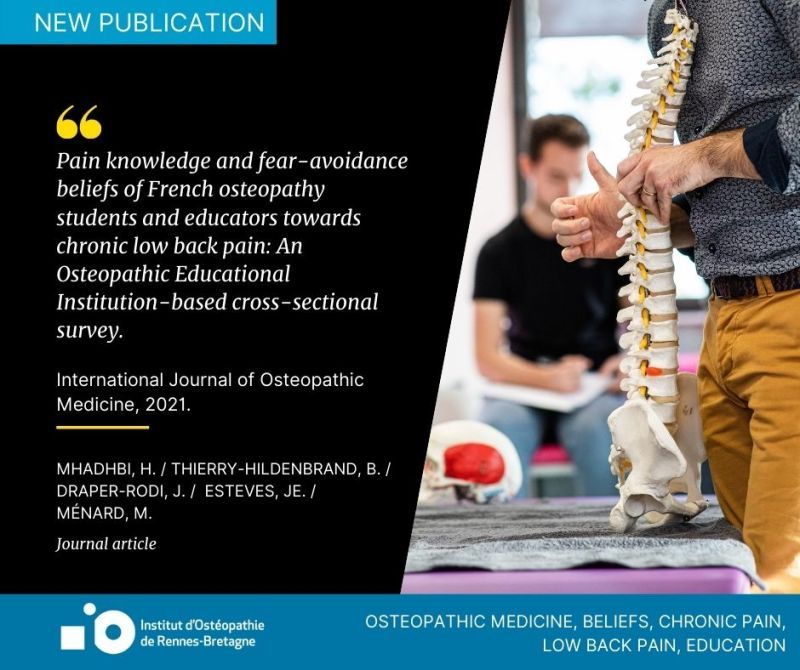 Journal article Pain knowledge and fear-avoidance beliefs of French osteopathy students and educators towards chronic low back pain: An Osteopathic Educational Institution-based cross-sectional survey. Mhadhbi, H., Thierry-Hildenbrand, B., Draper-Rodi, J., Esteves, JE, Ménard, M.
Journal article Pain knowledge and fear-avoidance beliefs of French osteopathy students and educators towards chronic low back pain: An Osteopathic Educational Institution-based cross-sectional survey. Mhadhbi, H., Thierry-Hildenbrand, B., Draper-Rodi, J., Esteves, JE, Ménard, M.International Journal of Osteopathic Medicine, 2021.
Practitioners’ fear-avoidance beliefs can influence positively or negatively therapeutic outcomes in their patients. This study reports pain knowledge and fear-avoidance beliefs of French osteopathy students and educators towards the management of chronic low back pain (cLBP). An online cross-sectional survey was proposed to educators and students. It included sociodemographic characteristics and two questionnaires: the FABQ-HC to assess beliefs on the effects of physical and work activities for people with cLBP, and the NPQ to assess participants' knowledge of pain. Participants (N=172) had mean FABQ-HC subscale scores of 11.02±4.44 (Physical activity) and 24.37±11.78 (Work). The mean NPQ total score was 11.90±2.05. There were no significant score differences between students and educators (p>0.05). Results showed that Year 4 students (N=65) had a significantly better score (p<0.05) at the FABQ-HC Physical Activity than Year 5 students (N=71). Educators (N=36) having less than 10 years of practice in osteopathy had better scores than other educators (p<0.01) at the FABQ-HC Work. Educators and students in the study show similar scores to other French HCPs and international osteopaths on the FABQ-HC Physical activity. In contrast, they scored lower on the FABQ-HC Work. The main finding was that educators and students belonging to the same OEI have no significantly different beliefs about cLBP and no significantly differing knowledge of pain. There is potential to improve pain education especially concerning the beliefs around cLBP concerning work activity.
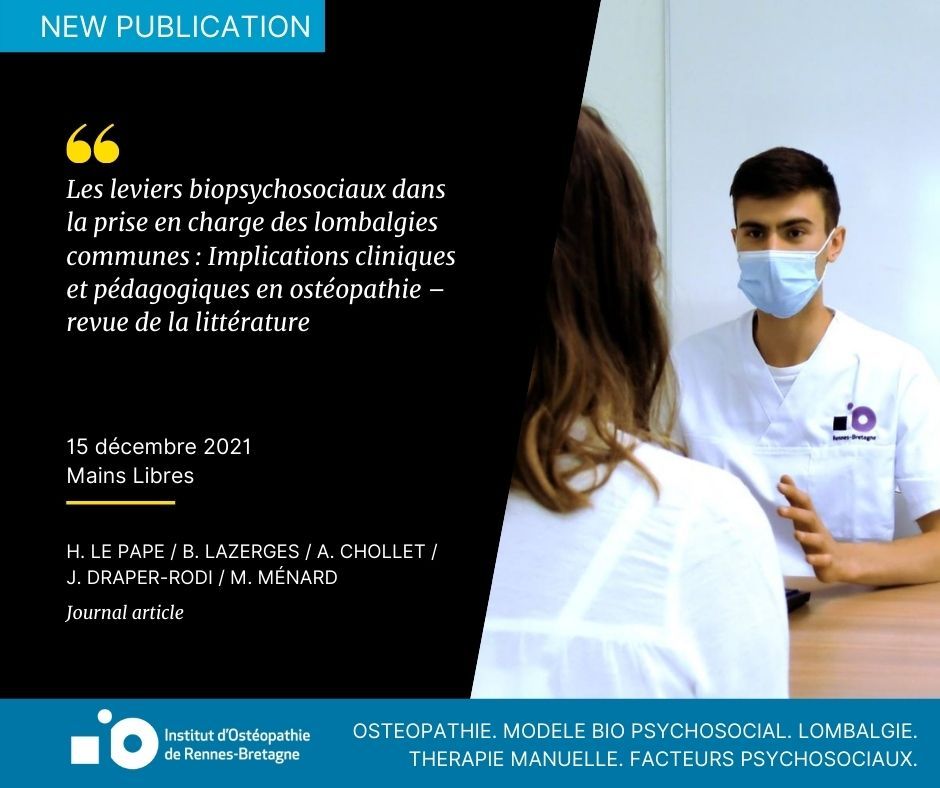 Journal article Les leviers biopsychosociaux dans la prise en charge des lombalgies communes : Implications cliniques et pédagogiques en ostéopathie - revue de la littérature. Le Pape, H., Lazerges, B., Chollet, A., Draper Rodi, J., Ménard, M.
Journal article Les leviers biopsychosociaux dans la prise en charge des lombalgies communes : Implications cliniques et pédagogiques en ostéopathie - revue de la littérature. Le Pape, H., Lazerges, B., Chollet, A., Draper Rodi, J., Ménard, M.Mains Libres, 2021.
Les critiques légitimes de la communauté scientifique face aux modèles traditionnellement enseignés en ostéopathie ont récemment fait l’objet de nombreux projets de recherche. À travers une ouverture épistémologique, elles accélèrent la transition de la pratique vers une ostéopathie plus intégrative sous tendue par des nouveaux leviers biopsychosociaux qui sont disponibles pour soutenir les étudiants et les professionnels dans la prise en charge des lombalgies communes. Cette revue de la littérature avait pour objectif de présenter une synthèse des leviers biopsychosociaux pertinents pour la prise en charge ostéopathique des lombalgies communes. Une recherche documentaire a été réalisée entre mars 2019 et mars 2021 dans 5 bases de données à l’aide d’un processus de mots clés et une méthodologie booléenne. La collecte des données a porté sur les caractéristiques principales des études, l’organisation des leviers thérapeutiques, les éléments de l'intervention et les principaux résultats. 21 études ont été incluses dans l’analyse ; 8 revues systématiques dont 3 avec une méta-analyse, 5 essais randomisés contrôlés, 4 opinions d'experts, 2 études de cas et 1 recommandation de bonne pratique. L’évaluation de la qualité des études sélectionnées a montré un niveau de preuve élevé. Les résultats utilisés dans cette revue de la littérature se sont portés sur 9 leviers biopsychosociaux répartisdans 4 catégories. Les leviers biopsychosociaux permettent de s’adapter à chaque patient en matière de soins et participent à l’efficacité de la prise en charge des lombalgies. Les recherches futures devraient s’intéresser aux effets combinés des interventions biopsychosociales et ostéopathiques.
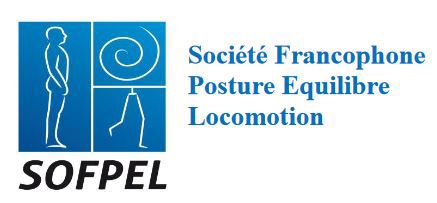 Conference Impact d'une technique ostéopathique occipito-atloidienne sur la mobilité cervicale et l’équilibre postural dans la prise en charge des cervicalgies : étude pilote. Marie, A., Denouel, L., Clotault, A., Roussel, J., Mhadhbi, H. & Ménard, M.
Conference Impact d'une technique ostéopathique occipito-atloidienne sur la mobilité cervicale et l’équilibre postural dans la prise en charge des cervicalgies : étude pilote. Marie, A., Denouel, L., Clotault, A., Roussel, J., Mhadhbi, H. & Ménard, M.27ème Congrès SOFPEL, 2 et 3 décembre 2021, Lille (France).
 Conference Analyse biomécanique du test d’inclinaison unilatérale du pelvis utilisé en ostéopathie et en thérapie manuelle : étude d’un cas clinique. Marc, L., Ménard, M. & Bourgin, M.
Conference Analyse biomécanique du test d’inclinaison unilatérale du pelvis utilisé en ostéopathie et en thérapie manuelle : étude d’un cas clinique. Marc, L., Ménard, M. & Bourgin, M.27ème Congrès SOFPEL, 2 et 3 décembre 2021, Lille (France).
 Conference Impact of Osteopathic Manipulative Treatment (OMT) on range of motion of jaw and cervical spine: preliminary results on bruxism students. Bagory, T., Ménard, M., Sutre, F., Mhadhbi, H., Bourgin, M. & Vaucher, P.
Conference Impact of Osteopathic Manipulative Treatment (OMT) on range of motion of jaw and cervical spine: preliminary results on bruxism students. Bagory, T., Ménard, M., Sutre, F., Mhadhbi, H., Bourgin, M. & Vaucher, P.27ème Congrès SOFPEL, 2 et 3 décembre 2021, Lille (France).
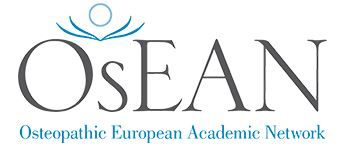 Conference A litterature review of the benefits and limits of affordable measure devices in biomechanical and biophysics courses : Perspectives for osteopathic education and research Marc, L., Bourgin, M. & Ménard, M.7ème ‘Open Forum for Osteopathic Education’ Conference, 23-24th September 2021, Antwerp (Belgium).
Conference A litterature review of the benefits and limits of affordable measure devices in biomechanical and biophysics courses : Perspectives for osteopathic education and research Marc, L., Bourgin, M. & Ménard, M.7ème ‘Open Forum for Osteopathic Education’ Conference, 23-24th September 2021, Antwerp (Belgium).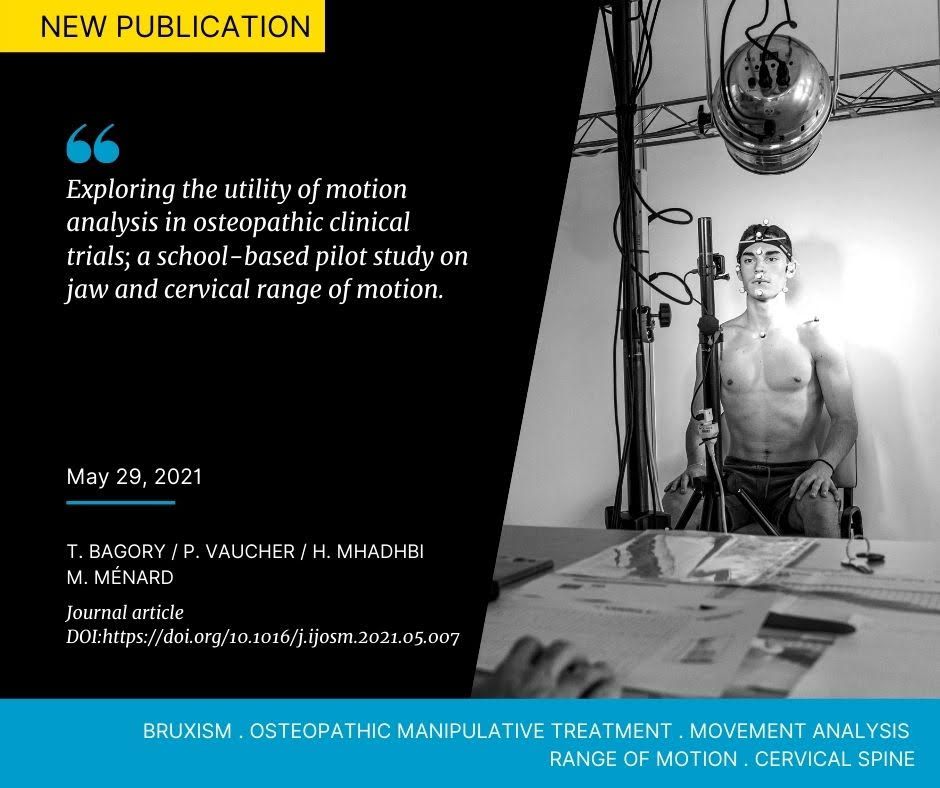 Journal article Exploring the Utility of Motion Analysis in Osteopathic Clinical Trials; a School-Based Pilot Study on Jaw and Cervical Range of Motion Bagory, T., Vaucher, P., Mhadhbi, H., Ménard, M.
Journal article Exploring the Utility of Motion Analysis in Osteopathic Clinical Trials; a School-Based Pilot Study on Jaw and Cervical Range of Motion Bagory, T., Vaucher, P., Mhadhbi, H., Ménard, M.This study explores the interest of using motion analysis to evaluate cervical and jaw ROM on students with or without bruxism when comparing Osteopathic manipulative treatment (OMT) to sham in school settings. A feasibility study was run with 48 volunteer students from an osteopathic training institution. Random sequence for allocation was generated using a 1:1 ratio and block size of four to either OMT or sham treatment (control group). The chosen motion outcomes of interest were the lateral jaw range of motion, jaw opening, cervical rotation and side-bending. ROM was measured averaging over three repeated movements at baseline, immediately after the 1st treatment, one week before the 2nd treatment, and immediately after second treatment using video-based analysis with 15 body landmarks. Repeated measures of joint motion at baseline showed high levels of reliability (ICC ranging from 0.953 to 0.985). Motion analysis detected clinically important differences between OMT and sham one-week post-treatment for jaw lateral ROM (3.3°; p=0.018) and cervical rotation ROM (12.0°; p=0.003) on participants with bruxism but not on those without. Magnitude of differences were increased for all parameters following the second treatment (lateral jaw movement; 4.8°, p=0.005; jaw opening; 5.5°, p=0.002; cervical side-bending; 9.2°, p=0.023; cervical rotation; 18.2°, p<0.001). Motion analysis is capable of detecting the effects of OMT on cervical and jaw ROM in students with bruxism but not without. Finally, the study showed the feasibility of introducing usual standards for clinical trials and sham treatment in school led studies with students.
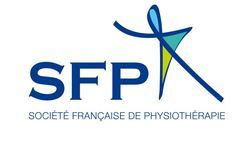 Conference Estimer l’allongement maximal des ischio-jambiers et du long adducteur au cours d’un test fonctionnel réactif permet-il d’identifier les joueurs de football professionnels précédemment blessés ? Ménard, M., Sorel, A., Boumpoutou, R., Kulpa, R., Kerhervé, H. A., & Bideau, B.Journées Francophones de Kinésithérapie, 26 - 29 mai 2021, Rennes (France).L’un des défis majeurs de la prise en charge des blessures musculaires des ischio-jambiers réside dans la capacité à déterminer si la récupération est complète ou non afin d’éviter une récidive. L’évaluation nécessite la quantification de la sollicitation musculo-squelettique de l’ensemble des structures impliquées en situation de jeu. La modélisation musculo-squelettique couplée à une évaluation fonctionnelle réactive pourrait contribuer à mieux appréhender certains mécanismes mis en jeu après la blessure. L'objectif de cette étude est d'estimer l'allongement des muscles ischiojambiers et adducteurs au cours d'un test fonctionnel réactif sollicitant l’allongement maximal des ischio-jambiers.
Conference Estimer l’allongement maximal des ischio-jambiers et du long adducteur au cours d’un test fonctionnel réactif permet-il d’identifier les joueurs de football professionnels précédemment blessés ? Ménard, M., Sorel, A., Boumpoutou, R., Kulpa, R., Kerhervé, H. A., & Bideau, B.Journées Francophones de Kinésithérapie, 26 - 29 mai 2021, Rennes (France).L’un des défis majeurs de la prise en charge des blessures musculaires des ischio-jambiers réside dans la capacité à déterminer si la récupération est complète ou non afin d’éviter une récidive. L’évaluation nécessite la quantification de la sollicitation musculo-squelettique de l’ensemble des structures impliquées en situation de jeu. La modélisation musculo-squelettique couplée à une évaluation fonctionnelle réactive pourrait contribuer à mieux appréhender certains mécanismes mis en jeu après la blessure. L'objectif de cette étude est d'estimer l'allongement des muscles ischiojambiers et adducteurs au cours d'un test fonctionnel réactif sollicitant l’allongement maximal des ischio-jambiers.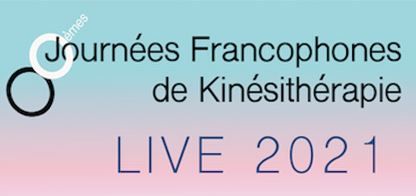 Inproceeding Cinématique du complexe lombo-pelvi-fémoral au travers d’un test fonctionnel d’inclinaison unilatérale du pelvis : une étude clinimétrique. Ménard, M., Couvertier, M., Thomas, F., Vaucher, P.
Inproceeding Cinématique du complexe lombo-pelvi-fémoral au travers d’un test fonctionnel d’inclinaison unilatérale du pelvis : une étude clinimétrique. Ménard, M., Couvertier, M., Thomas, F., Vaucher, P.Journées Francophones de Kinésithérapie, 26 - 29 mai 2021, Rennes (France).
Explorer de nouvelles dimensions à l’interprétation des tests cliniques traditionnels ouvre des perspectives innovantes pour l’évaluation des pratiques professionnelles en thérapie manuelle. Plutôt que de recourir à des tests qui visent uniquement à identifier des limitations de mobilité articulaires, l’enjeu serait de recourir à des tests qui évaluent la fonction biomécanique de manière plus générale pour identifier des comportements fonctionnelles permettant une approche personnalisée.10.1016/j.kine.2021.01.026
 Conference Attitudes and beliefs of osteopathy students and educators towards chronic pain Mhadhbi, H., Thierry-Hildenbrand, B., Draper-Rodi, J., Esteves, JE, Ménard,M.
Conference Attitudes and beliefs of osteopathy students and educators towards chronic pain Mhadhbi, H., Thierry-Hildenbrand, B., Draper-Rodi, J., Esteves, JE, Ménard,M.International Days in Health Care, Rehabilitation and Social Services, 3-4th May 2021,Metropolia (Finland).
Chronic back pain has been identified as one of the leading causes of disability in world-wide analysis and has remained one of the two main contributing factors to the global causes of disability for more than two decades. Practitioners’ attitudes and beliefs can trigger whether positive (placebo) or negative (nocebo) therapeutic outcomes in their patients, may influence their treatment approach and could be detrimental to the recovery of chronic low back pain (cLPB) patients when wrong messages are sent. Beliefs about the body and pain are therefore considered to form key considerations in the treatment of pain-related disabilities
(PDF) Attitudes and beliefs of osteopathy students and educators towards chronic pain (researchgate.net)
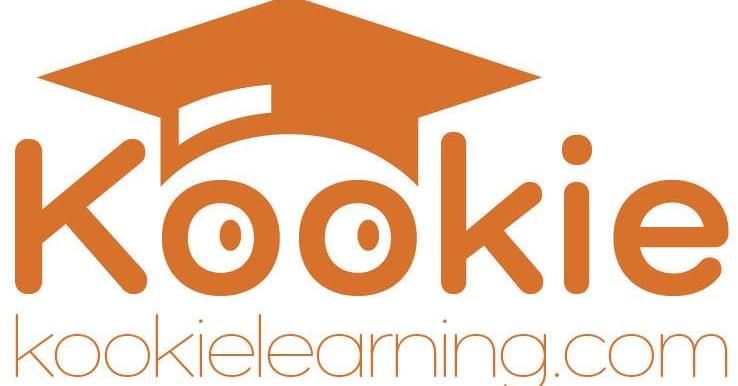 Conference Exploration du mouvement – Nouvelles perspectives sur les tests fonctionnels. Mathieu MénardKookie - Saison 3 Recherche, 27 avril 2021, Webinar on line.Plutôt que de recourir à des tests qui visent uniquement à identifier des restrictions de mobilité, l’enjeu serait d’intégrer des tests qui évaluent la fonction biomécanique de manière personnalisé en y intégrant les données les plus récentes en matière d’interoception et de perception.Dans le cadre du projet de recherche intitulé ‘OCAB’, il est possible d’évaluer, à travers l’analysecinématique du mouvement, la reproductibilité du geste et l’identification de différentscomportementsfonctionnels. De nouvelles perspectives s’ouvrent pour unemeilleurecompréhension de ce que met en place le praticien dans sa pratique clinique.
Conference Exploration du mouvement – Nouvelles perspectives sur les tests fonctionnels. Mathieu MénardKookie - Saison 3 Recherche, 27 avril 2021, Webinar on line.Plutôt que de recourir à des tests qui visent uniquement à identifier des restrictions de mobilité, l’enjeu serait d’intégrer des tests qui évaluent la fonction biomécanique de manière personnalisé en y intégrant les données les plus récentes en matière d’interoception et de perception.Dans le cadre du projet de recherche intitulé ‘OCAB’, il est possible d’évaluer, à travers l’analysecinématique du mouvement, la reproductibilité du geste et l’identification de différentscomportementsfonctionnels. De nouvelles perspectives s’ouvrent pour unemeilleurecompréhension de ce que met en place le praticien dans sa pratique clinique. Journal article Osteopathy: Italian professional profile. A Professional Commentary by the European community of practice. Cerritelli, F., Lunghi, C., Esteves, J.E., Vaucher, P., van Dun, P.L.S.,Alvarez, G., Biberschick, M., Wagner, A., Merdy, O., Ménard, M., Tavernier, P., Clouzeau, C., Risch, A., Ruffini, N., Nunes, A., Santiago, R., Marett, P., Grech, R., Thomson, O.International Journal of Osteopathic Medicine, 2021.Osteopathy became recently regulated as a healthcare profession in Italy. The Italian legislation classifies osteopathy as a healthcare profession, which focuses on health prevention and maintenance with a role in rehabilitation and functional psychosocial recovery. The legislative framework also lays down the osteopathic professional profile. Osteopaths are described as healthcare practitioners who deliver osteopathic person-centred care focused on the musculoskeletal system and the concept of somatic dysfunction. Despite these positive developments in the legislation for osteopathy, the Italian law raises critical points regarding the validity of osteopathic care models, namely the concept of somatic dysfunction and the role of osteopaths in health promotion and prevention. The legislative developments currently occurring worldwide must be informed by a critical appraisal of osteopathic conceptual models and grounded on robust research. In the article, a panel of European osteopaths involved in clinical and academic practice, research and regulation, present this professional commentary to facilitate a critical discussion on the role, competencies and scope of practice of osteopaths in the light of the recently published Italian osteopathic professional profile.
Journal article Osteopathy: Italian professional profile. A Professional Commentary by the European community of practice. Cerritelli, F., Lunghi, C., Esteves, J.E., Vaucher, P., van Dun, P.L.S.,Alvarez, G., Biberschick, M., Wagner, A., Merdy, O., Ménard, M., Tavernier, P., Clouzeau, C., Risch, A., Ruffini, N., Nunes, A., Santiago, R., Marett, P., Grech, R., Thomson, O.International Journal of Osteopathic Medicine, 2021.Osteopathy became recently regulated as a healthcare profession in Italy. The Italian legislation classifies osteopathy as a healthcare profession, which focuses on health prevention and maintenance with a role in rehabilitation and functional psychosocial recovery. The legislative framework also lays down the osteopathic professional profile. Osteopaths are described as healthcare practitioners who deliver osteopathic person-centred care focused on the musculoskeletal system and the concept of somatic dysfunction. Despite these positive developments in the legislation for osteopathy, the Italian law raises critical points regarding the validity of osteopathic care models, namely the concept of somatic dysfunction and the role of osteopaths in health promotion and prevention. The legislative developments currently occurring worldwide must be informed by a critical appraisal of osteopathic conceptual models and grounded on robust research. In the article, a panel of European osteopaths involved in clinical and academic practice, research and regulation, present this professional commentary to facilitate a critical discussion on the role, competencies and scope of practice of osteopaths in the light of the recently published Italian osteopathic professional profile.10.1016/j.ijosm.2021.03.004
 Journal article Opposing Vaccine Hesitancy During the Covid-19 Pandemic - A Critical Commentary and United Statement of an International Osteopathic Research Community Thomson, OP., MacMilan, A., Draper-Rodi, J., Vaucher, P., Ménard, M., Vaughan, B., Morin, C., Alvarez, G., Sampath, K.K.,Cerritelli, F., Shaw, R., Cymet, T.C, Bright, P., Hohenschurz-Schmidt, D. & Vogel, S.International Journal of Osteopathic Medicine, 2021.The trusted role and professional standing that osteopaths have with their patients and within their wider communities requires that the information and messages they communicate are informed by and congruent with current evidence, public health guidance and scientific consensus. This expectation is even more critical during the covid-19 pandemic, particularly in relation to sharing information and decisions with patients regarding vaccination. All osteopaths have a social, moral and professional duty to contribute to the prevention of the transmission of infectious diseases. Practitioners must be critically aware when traditional osteopathic theories, principles and ideology may appear to contradict public health advice. Osteopaths should correct erroneous reasoning, false claims or misleading messaging to ensure that their professional practice and advice follows the most robust and recent evidence, public health advice and regulatory requirements.
Journal article Opposing Vaccine Hesitancy During the Covid-19 Pandemic - A Critical Commentary and United Statement of an International Osteopathic Research Community Thomson, OP., MacMilan, A., Draper-Rodi, J., Vaucher, P., Ménard, M., Vaughan, B., Morin, C., Alvarez, G., Sampath, K.K.,Cerritelli, F., Shaw, R., Cymet, T.C, Bright, P., Hohenschurz-Schmidt, D. & Vogel, S.International Journal of Osteopathic Medicine, 2021.The trusted role and professional standing that osteopaths have with their patients and within their wider communities requires that the information and messages they communicate are informed by and congruent with current evidence, public health guidance and scientific consensus. This expectation is even more critical during the covid-19 pandemic, particularly in relation to sharing information and decisions with patients regarding vaccination. All osteopaths have a social, moral and professional duty to contribute to the prevention of the transmission of infectious diseases. Practitioners must be critically aware when traditional osteopathic theories, principles and ideology may appear to contradict public health advice. Osteopaths should correct erroneous reasoning, false claims or misleading messaging to ensure that their professional practice and advice follows the most robust and recent evidence, public health advice and regulatory requirements.doi.org/10.1016/j.ijosm.2021.02.002
-
2022
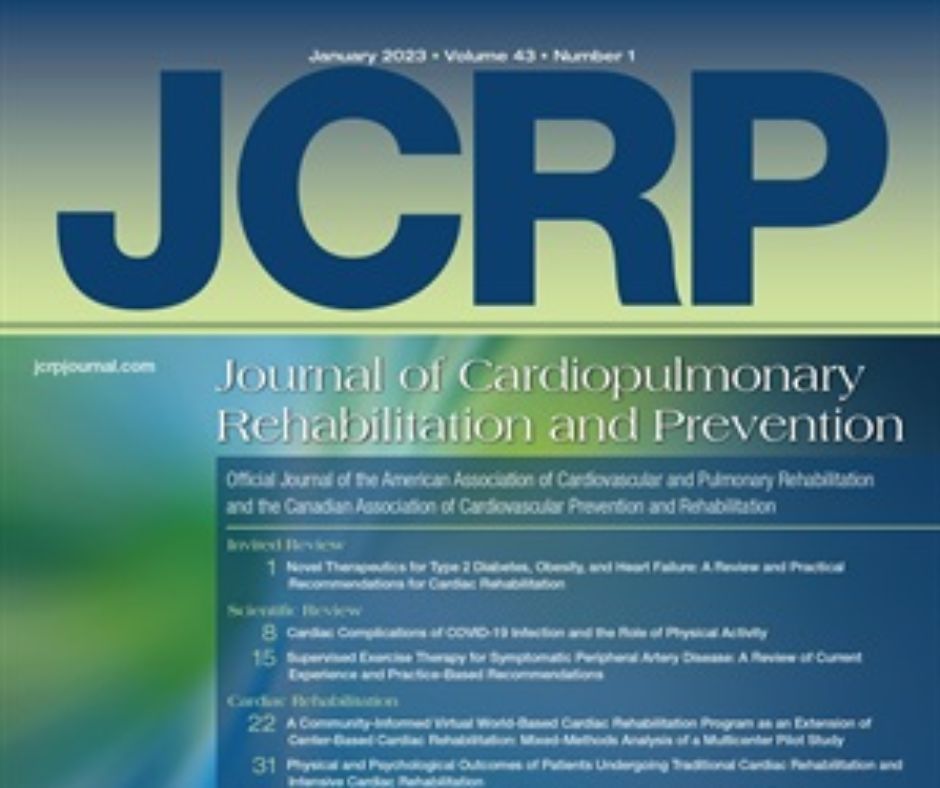 Journal article Characteristics and Predictors of Postural Control Impairment in Patients With COPD Participating in a Pulmonary Rehabilitation Program. Pichon, R., Ménard, M., Haering, D., Crétual, A., Beaumont, M.
Journal article Characteristics and Predictors of Postural Control Impairment in Patients With COPD Participating in a Pulmonary Rehabilitation Program. Pichon, R., Ménard, M., Haering, D., Crétual, A., Beaumont, M.Journal of Cardiopulmonary Rehabilitation and Prevention, 2022.
Postural control impairment has been identified as a potential extrarespiratory manifestation in patients with chronic obstructive pulmonary disease (COPD). The aims of this study were to identify clinical factors that characterize patients with reduced postural control, to examine the correlation between clinical factors and postural control and to determine predictors of an impaired postural control among COPD participants enrolled in a pulmonary rehabilitation (PR) program.
10.1097/HCR.0000000000000762
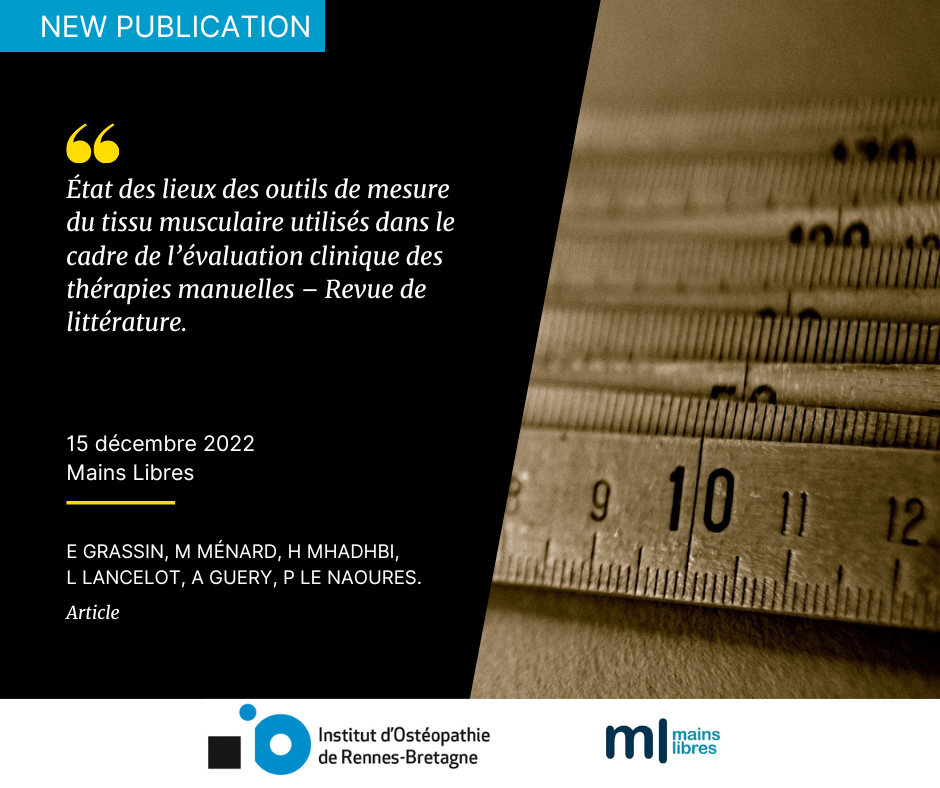 Journal article Etat des lieux des outils de mesure du tissu musculaire utilisés dans l’évaluation des thérapies manuelles – Revue de Littérature. Grassin, E., Ménard, M., Mhadhbi, H., Lancelot, L., Guery, A. & Le Naoures, P.
Journal article Etat des lieux des outils de mesure du tissu musculaire utilisés dans l’évaluation des thérapies manuelles – Revue de Littérature. Grassin, E., Ménard, M., Mhadhbi, H., Lancelot, L., Guery, A. & Le Naoures, P.Mains Libres, 2022.
Les thérapies manuelles portent un grand intérêt clinique au tissu musculaire mais leurs effets sur celui-ci demeurent encore difficiles à évaluer de nos jours. Parallèlement, le recueil de données objectives et reproductibles sur les effets de ces thérapies constitue un défi et une étape majeure pour leur intégration dans le parcours de soin du patient. Cette étude avait pour objectif d’identifier les paramètres objectivables et les outils de mesure du tissu musculaire utilisés dans l’évaluation de la thérapie manuelle. Une recherche documentaire a été réalisée entre novembre 2021 et mars 2022 dans 5 bases de données à l’aide d’un processus de mots-clés et d’une méthodologie booléenne. La collecte des données a porté sur les essais cliniques en thérapie manuelle ayant utilisés des outils de mesure du tissu musculaire pour évaluer les effets thérapeutiques. Parmi les 67 études incluses dans cette revue, 10 outils ont été utilisés pour mesurer différents paramètres musculaires tels que l'épaisseur (échographie, IRM), l'activité électrique (électromyographie) et vibratoire (mécanomyographie), la force (dynamométrie), la raideur (élastographie, myotonométrie), l'oxygénation (spectroscopie proche-infrarouge, Doppler) et le déplacement des fibres musculaires (tensiomyographie). L’évaluation objective des effets thérapeutiques sur le tissu musculaire reste complexe. L'électromyographie a été l’outil de mesure majoritairement utilisé. Les protocoles actuellement appliqués semblent toutefois peu adaptés à l’évaluation des effets des thérapies manuelles. Les autres outils de mesure ont besoin de davantage d’études de fiabilité et/ou de validité avec des protocoles plus standardisés pour justifier leur utilisation dans ce contexte.
10.55498/MAINSLIBRES.2022.10.4.227
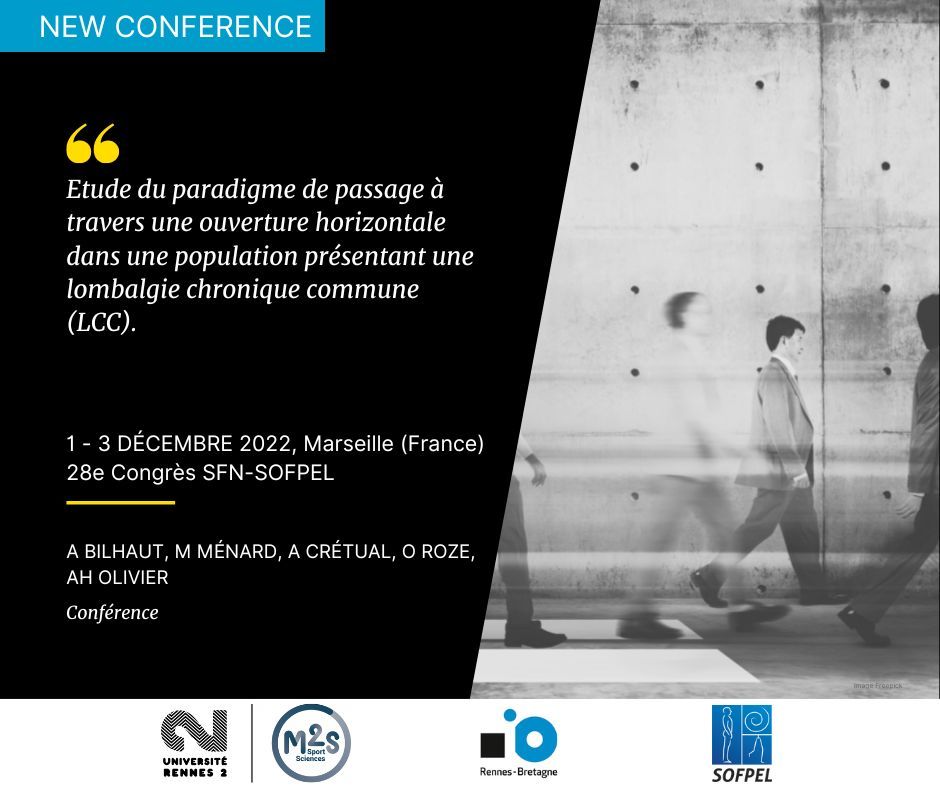 Conference Etude du paradigme de passage à travers une ouverture horizontale dans une population présentant une lombalgie chronique commune. Bilhaut, A., Ménard, M., Cretual, A., Olivier AH.
Conference Etude du paradigme de passage à travers une ouverture horizontale dans une population présentant une lombalgie chronique commune. Bilhaut, A., Ménard, M., Cretual, A., Olivier AH.Société Francophone de Posture Equilibre et Locomotion (SOFPEL), 1-3 décembre 2022, Marseille (France).
 Conference Modifications et caractéristiques des sous-composantes du contrôle postural chez les personnes avec BPCO : une scoping review. Pichon, R., Van Hove, O., Ménard, M., Hearing, D & Crétual, A.
Conference Modifications et caractéristiques des sous-composantes du contrôle postural chez les personnes avec BPCO : une scoping review. Pichon, R., Van Hove, O., Ménard, M., Hearing, D & Crétual, A.Congrès de la SOFMER Société Française de la Médecine Physique et de Réadaptation (SOFMER), 1-3 décembre 2022, Rennes (France).
 Conference Facteurs prédictifs de l'altération du contrôle postural chez les patients atteints de BPCO participant à un programme de réadaptation respiratoire. Pichon, R., Ménard, M., Hearing, D, Crétual, A. & Beaumont, M.
Conference Facteurs prédictifs de l'altération du contrôle postural chez les patients atteints de BPCO participant à un programme de réadaptation respiratoire. Pichon, R., Ménard, M., Hearing, D, Crétual, A. & Beaumont, M.Congrès de la SOFMER Société Française de la Médecine Physique et de Réadaptation (SOFMER), 1-3 décembre 2022, Rennes (France).
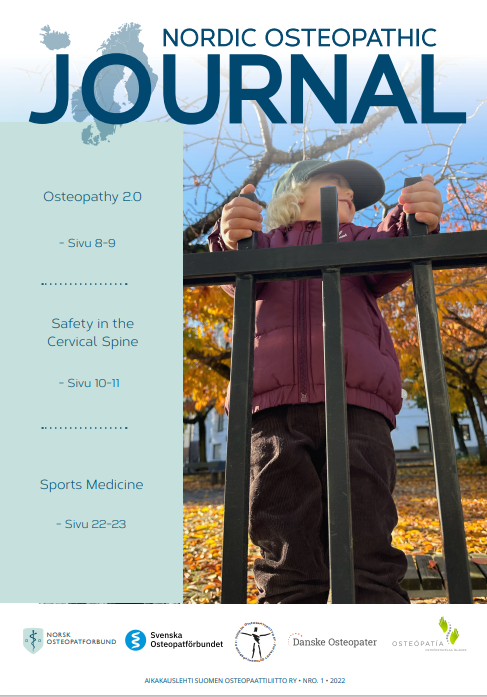 Journal article Digest from the OsEAN’s 8th “Open Forum for Osteopathic Education” conference. Mhadhbi, H.
Journal article Digest from the OsEAN’s 8th “Open Forum for Osteopathic Education” conference. Mhadhbi, H.Nordic Osteopathic Journal, p20-21, 2022.
This text is a peak at the Osteopathic European Academic Network’s event in October this year. The first class of the Master’s degree programme in Osteopathy from the Metropolia University of Applied Sciences (Helsinki, Finland) was represented at OsEAN’s 8th “Open Forum for Osteopathic Education” conference
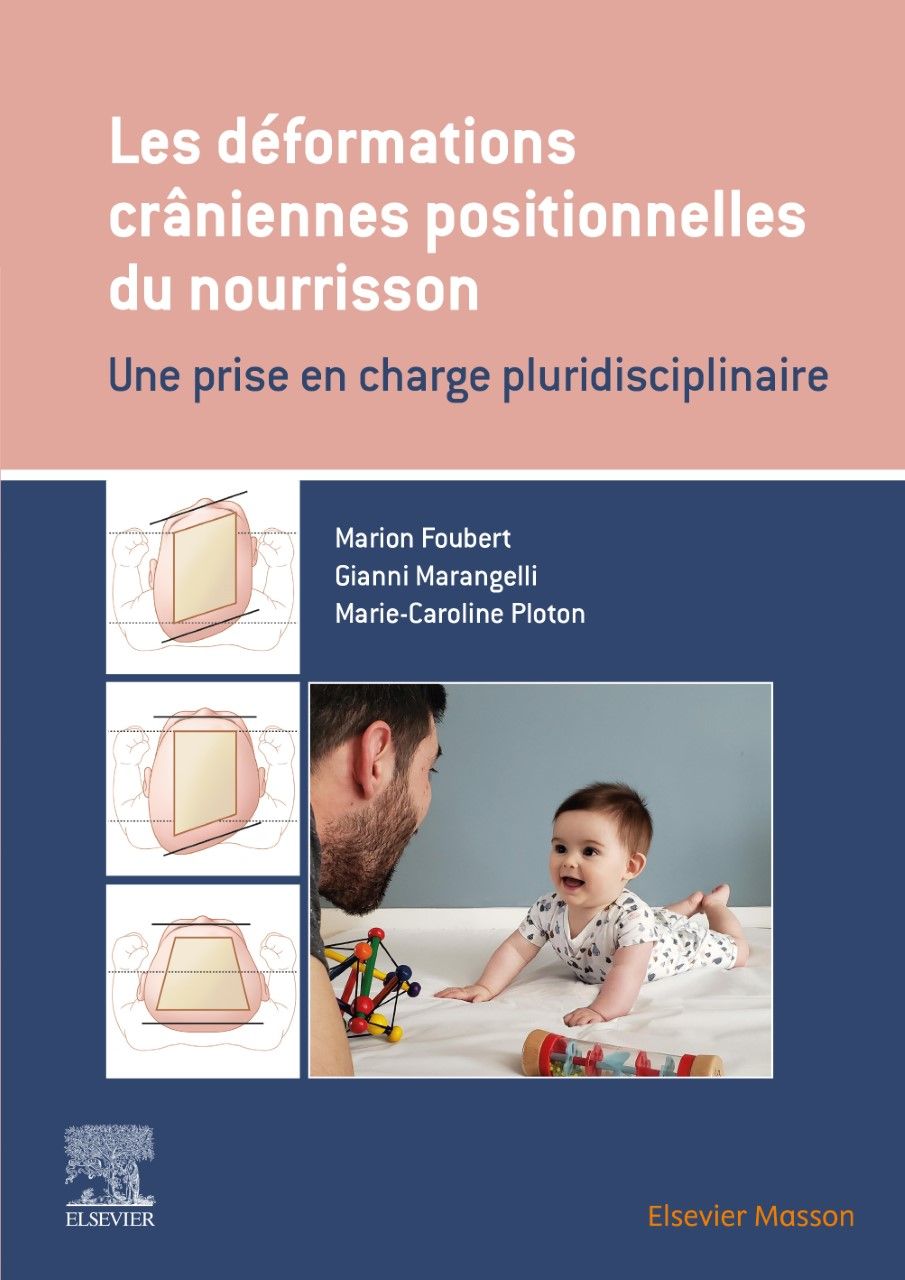 Book Quantifier et qualifier les déformations crâniennes positionnelles Guery, A., Tavernier, P. Dans Foubert, M, Marangelli, G. & Ploton, MC (Dir.)
Book Quantifier et qualifier les déformations crâniennes positionnelles Guery, A., Tavernier, P. Dans Foubert, M, Marangelli, G. & Ploton, MC (Dir.)Les déformations crâniennes positionnelles du nourrisson : une prise en charge pluridisciplinaire (p.107-123).
Elsevier Masson.
ISBN : 978-2-294-77613-7.
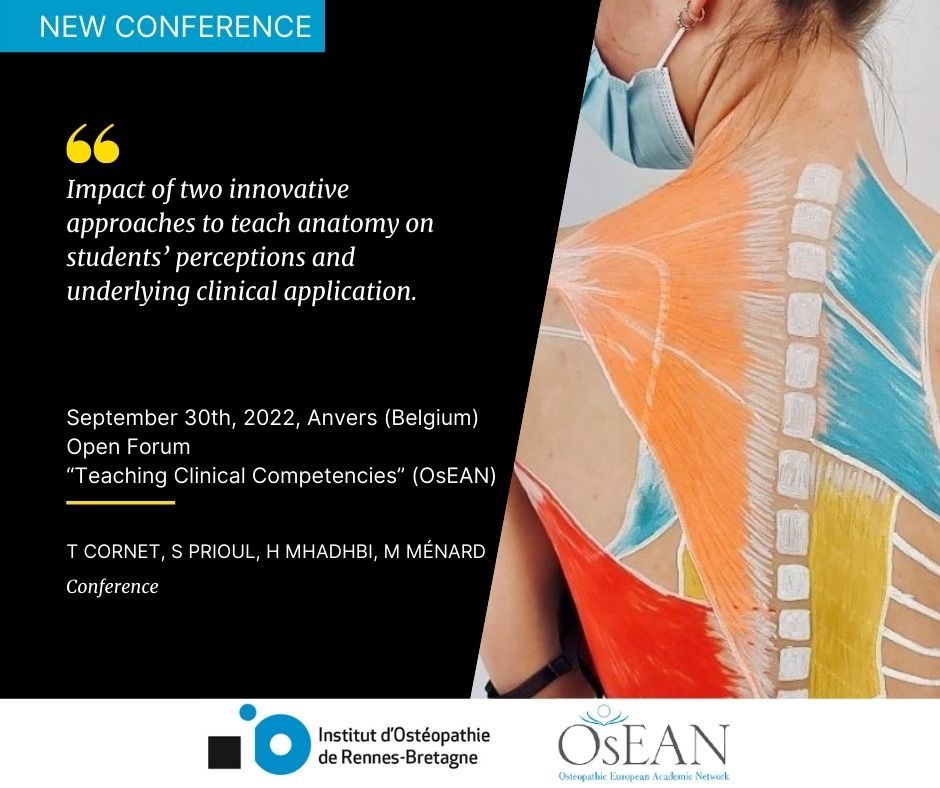 Conference Impact of two innovative approaches to teach anatomy on students' perceptions and underlying clinical application. Cornet, T., Prioul, S., Mhadhbi, H, Ménard, M.
Conference Impact of two innovative approaches to teach anatomy on students' perceptions and underlying clinical application. Cornet, T., Prioul, S., Mhadhbi, H, Ménard, M.OsEAN Open Forum,
29th – 30th september 2022, Antwerp (Belgium).
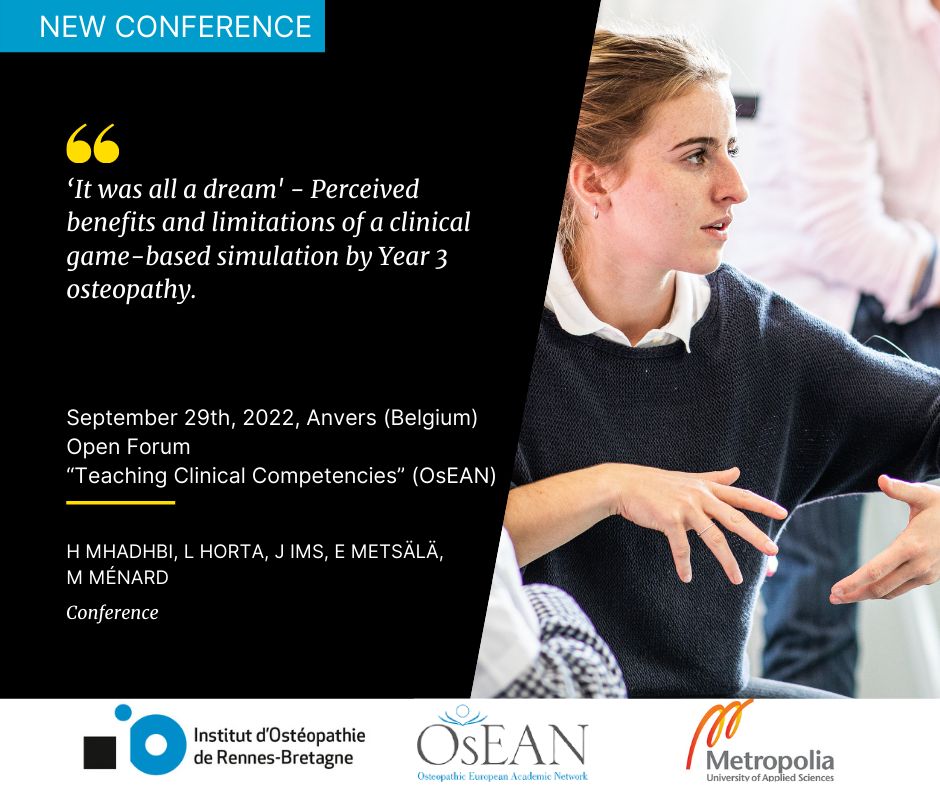 Conference 'It was all a dream' - Perceived benefits and limitations of a clinical game-based simulation by Year 3 osteopathy students Mhadhbi, H., Horta, L., Ims, J., Metsälä, E., Ménard, M.
Conference 'It was all a dream' - Perceived benefits and limitations of a clinical game-based simulation by Year 3 osteopathy students Mhadhbi, H., Horta, L., Ims, J., Metsälä, E., Ménard, M.OsEAN Open Forum,
29th – 30th september 2022, Antwerp (Belgium).
 Journal article Impairment and characteristics of postural control sub-components in people with COPD: a scoping review. Pichon, R., Van Hove, O., Ménard, M., Hearing, D, Crétual, A
Journal article Impairment and characteristics of postural control sub-components in people with COPD: a scoping review. Pichon, R., Van Hove, O., Ménard, M., Hearing, D, Crétual, ADisability and Rehabilitation, 2022.
Impairment of postural control is a common extra-respiratory manifestation in people with COPD. However, the precise characteristics of this alteration are not clearly known. The “Systems Framework for Postural Control” which define postural control sub-components, is a relevant tool to explore this field. The main aim of this review was to identify which postural control sub-components are impaired in patients with COPD and to summarize characteristics for each sub-component. A secondary aim was to precise the relation between postural control and activities of daily living. A scoping review was conducted, according to the JBI methodology. Pubmed, Cochrane Library, Scielo, Google Scholar, Open Grey and HAL were searched from inception to March 2021. The search was performed in English and French. Seventy-seven articles were included. There was evidence of a potential impairment for most of the postural control sub-components. Characteristics of every sub-component alteration were heterogeneous. Even if the relation was poorly studied, reduced postural control seemed to be associate with difficulties in activities of daily living. Patients with COPD could experiment impairment among a wide range of postural control sub-components. Future research must clarify if a common pattern of modification exits for this alteration.
doi: 10.1080/09638288.2022.2107083
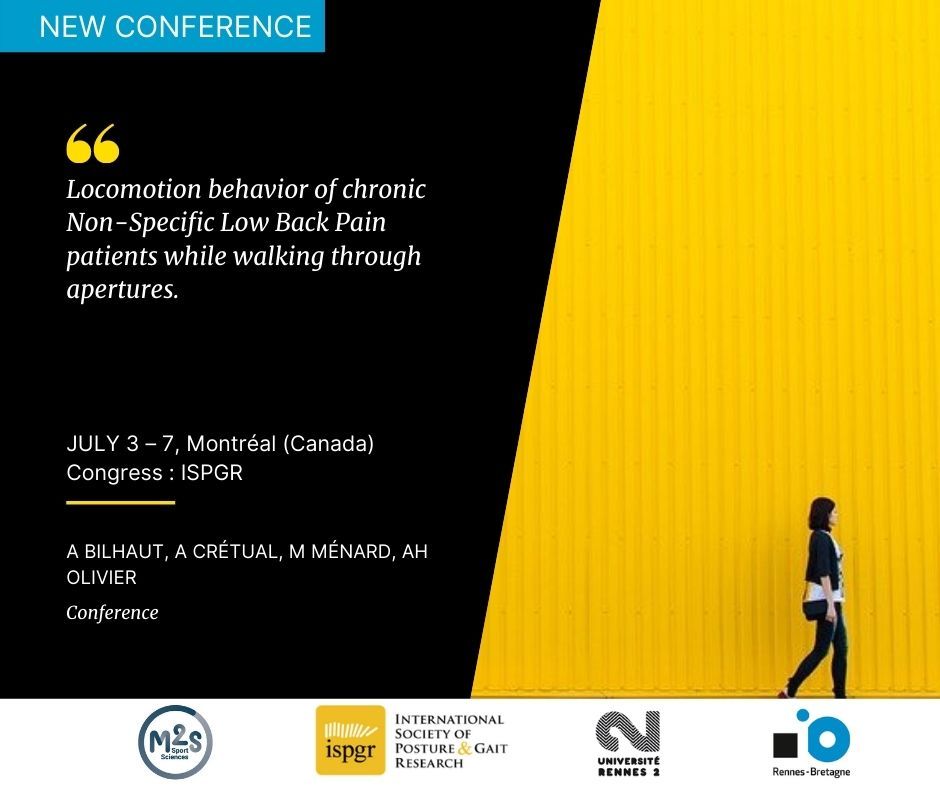 Conference Locomotion behavior of chronic non-specific low back pain patients while walking through apertures Bilhaut, A., Cretual, A., Ménard, M., Olivier AH
Conference Locomotion behavior of chronic non-specific low back pain patients while walking through apertures Bilhaut, A., Cretual, A., Ménard, M., Olivier AHInternational Society of Posture & Gait Research (ISGPR) world congress, 3th –7th July 2022, Montreal (Canada).
 Journal article Quantitative analysis of postural control of individuals with COPD during activities of daily living (ATTRACTION): a study protocol Pichon, R., Ménard, M., Hearing, D., Brinchault, G., Crétual, A.
Journal article Quantitative analysis of postural control of individuals with COPD during activities of daily living (ATTRACTION): a study protocol Pichon, R., Ménard, M., Hearing, D., Brinchault, G., Crétual, A.European Rehabilitation Journal, 2022
Chronic obstructive pulmonary disease (COPD) is a common respiratory disease which is associated with the presence of numerous comorbidities. Among these, impaired postural control has been reported to be common. However, postural control has not been extensively studied in tasks of daily living, in this population. Novel solutions for postural control assessment exist, like the quantitative motion analysis, which has shown to be a robust and accurate tool. Objective: the main aim of this study is to characterise the postural control of individuals with COPD during tasks of daily living compared to the postural control of control subjects, using quantitative motion analysis. The secondary aims of this study are to examine the associations between postural control variables of interest and various clinical factors and to investigate the utility of the modified Glittre-ADL for the clinical assessment of postural control in daily tasks. Method: A case-control study will be conducted with sixteen individuals with COPD and a control group (n = 16) . Quantitative movement analysis will be used to assess postural control during a modified test (incorporating tasks of daily living) and timed-up-and-go test (normal and dual-task conditions). Clinical factors (e.g., dyspnoea, pain, inspiratory muscle strength, falls, fear of falling, etc.) will also be assessed. Discussion: ATTRACTION will be the first study to propose the assessment of postural control in various daily living tasks in individuals with COPD using quantitative movement analysis and has the potential to precise the relationship between postural control and several clinical factors.
DOI : 10.52057/erj.v2i1.19
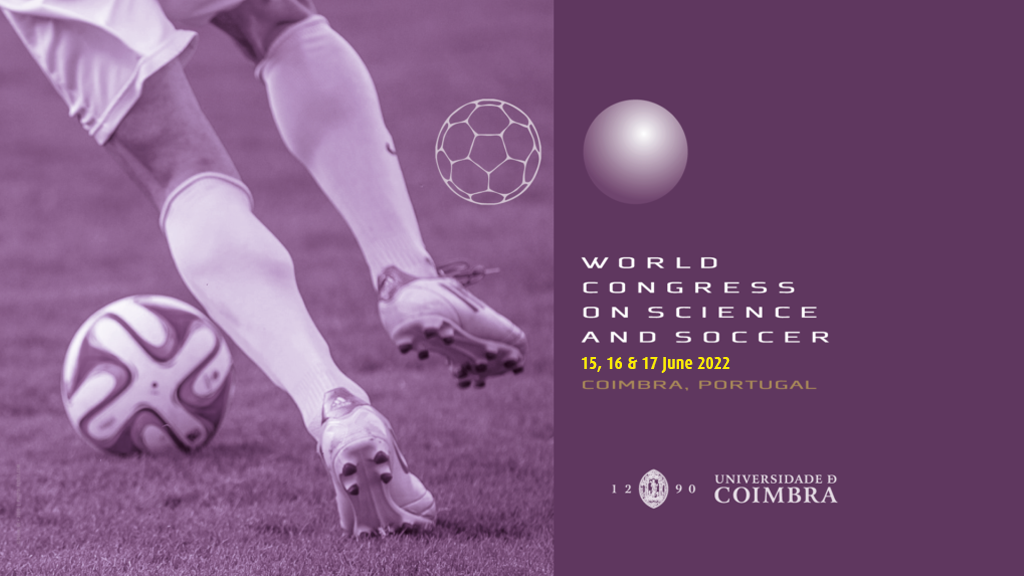 Conference Biomechanical analysis of hamstring injury history on biomechanical deficits during a reactive functional test in professional soccer players Sorel, A., Ménard, M., Boumpoutou, R., Kulpa, R., Bideau, B. & Kerhervé, H. A.
Conference Biomechanical analysis of hamstring injury history on biomechanical deficits during a reactive functional test in professional soccer players Sorel, A., Ménard, M., Boumpoutou, R., Kulpa, R., Bideau, B. & Kerhervé, H. A.World Congress on Science and Soccer, 15th – 17th June 2022, Coimbra (Portugal).
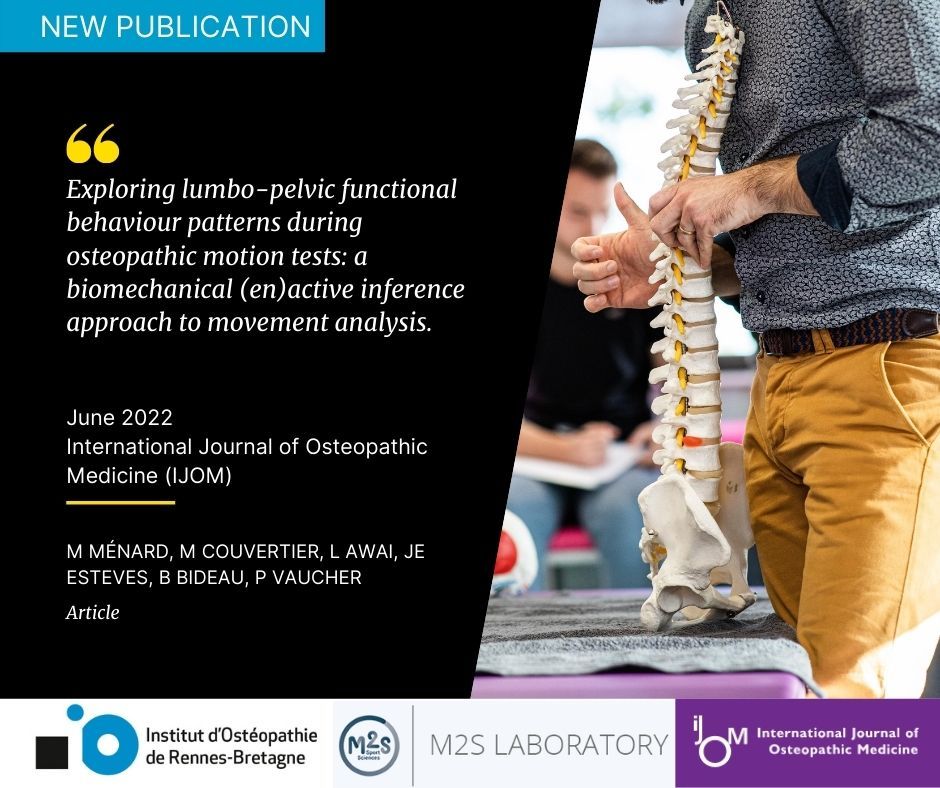 Journal article Exploring lumbo-pelvic functional behaviour patterns during osteopathic motion tests: a biomechanical (en)active inference approach to movement analysis. Ménard, M., Couvertier, M., Awai, L., Esteves, JE., Bideau, B., Vaucher, P.
Journal article Exploring lumbo-pelvic functional behaviour patterns during osteopathic motion tests: a biomechanical (en)active inference approach to movement analysis. Ménard, M., Couvertier, M., Awai, L., Esteves, JE., Bideau, B., Vaucher, P.International Journal of Osteopathic Medicine, 2022.
Observing how individuals actively adapt to their environment may provide additional insights into traditional clinical tests. Rather than using tests that only identify joint mobility limitations, it seems relevant to use clinical motion tests that assess global biomechanical functions more generally and identify functional behaviours. This study explores whether different functional kinematic behaviour patterns appear when executing a new complex motor task and whether those observations are consistent over multiple executions.Marker-based kinematic analyses of the lumbo-pelvic complex were conducted on 29 asymptomatic athletes during two active self-induced motion tests: the one-sided tilt test and a modified version of this test limiting the trunk axial rotation. Marker data served as an input for a full musculoskeletal model to compute the lumbar and lower limb joint angles. Latent class analysis and intraclass correlation coefficients were calculated to identify different classes of functional kinematic behaviour and assess the reliability between measurements. The methodology allowed us to identify four distinctive classes of possible movement combinations based on these two functional tests: standard movement, low knee and lumbar engagement, high pelvis engagement and high lumbar flexion. All ICCs for the lumbo-pelvic complex degrees of freedom were higher than 0.6, suggesting a moderate to good reliability for the overall test. It remains unknown whether the observed reproducible patterns emerging from the motion test relate to motivation and prior experiences. Further explorations are required to investigate whether these behaviours can be correlated to empirical clinical observations, past experiences, and future vulnerabilities for musculoskeletal conditions.
-
2023
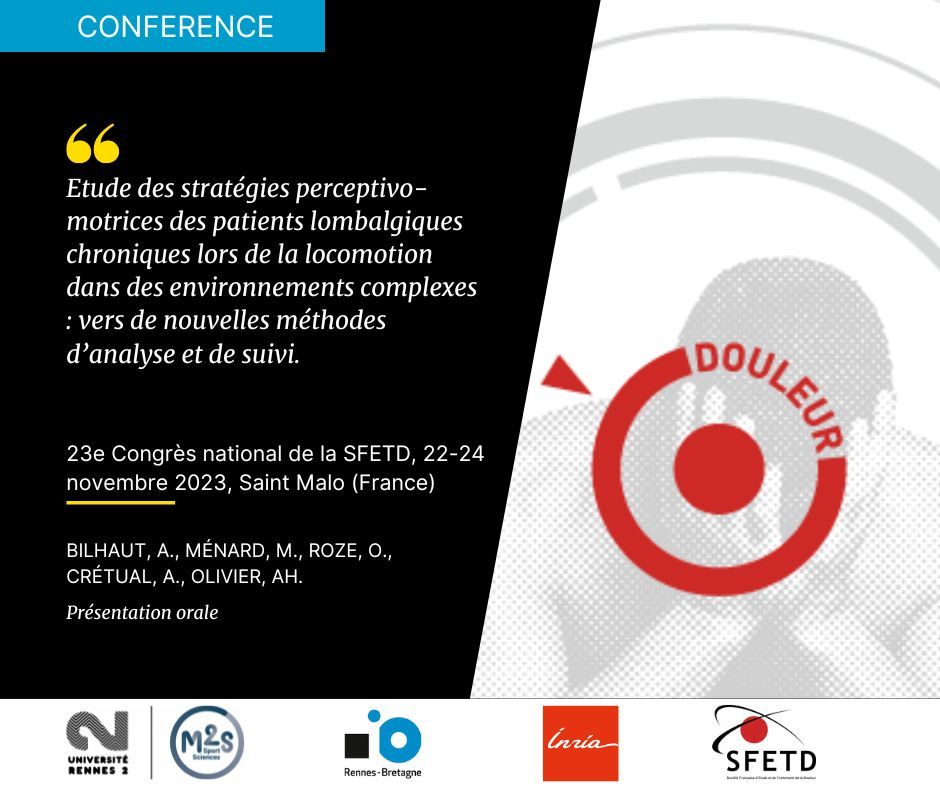 Conference Etude des stratégies perceptivo-motrices des patients lombalgiques chroniques lors de la locomotion dans des environnements complexes : vers de nouvelles méthodes d’analyse et de suivi. Bilhaut, A., Ménard, M., Roze, O., Crétual, A., Olivier, AH.
Conference Etude des stratégies perceptivo-motrices des patients lombalgiques chroniques lors de la locomotion dans des environnements complexes : vers de nouvelles méthodes d’analyse et de suivi. Bilhaut, A., Ménard, M., Roze, O., Crétual, A., Olivier, AH.23ème Congrès national de la SFETD, 22 au 24 novembre 2023, Saint Malo (France).
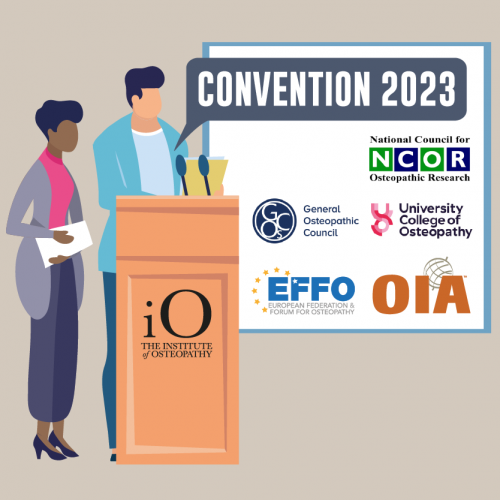 Conference Back beliefs in French osteopathy students, new graduates, educators and practitioners: a cross-sectional survey. Mhadhbi, H., Beckmann, E., Bain, R., Thierry-Hildenbrand, B., Le Pape, H., Esteves, JE., Ménard, M.
Conference Back beliefs in French osteopathy students, new graduates, educators and practitioners: a cross-sectional survey. Mhadhbi, H., Beckmann, E., Bain, R., Thierry-Hildenbrand, B., Le Pape, H., Esteves, JE., Ménard, M.Convention 2023 : An international celebration of the recognition of osteopathy, 20-21 October 2023, London (UK).
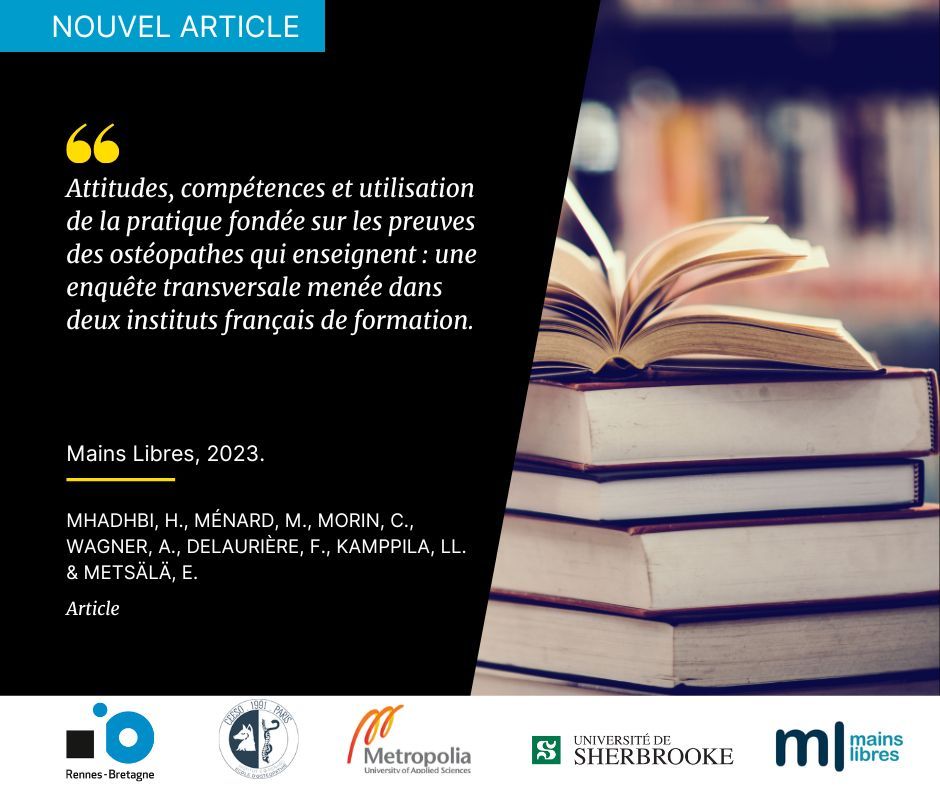 Journal article Attitudes, compétences et utilisation de la pratique fondée sur les preuves des ostéopathes qui enseignent : une enquête transversale menée dans deux instituts francais de de formation. Mhadhbi, H., Ménard, M., Morin, C., Wagner, A., Delaurière, F., Kamppila, L.L. & Metsälä, E.
Journal article Attitudes, compétences et utilisation de la pratique fondée sur les preuves des ostéopathes qui enseignent : une enquête transversale menée dans deux instituts francais de de formation. Mhadhbi, H., Ménard, M., Morin, C., Wagner, A., Delaurière, F., Kamppila, L.L. & Metsälä, E.Mains Libres ; 2 : 155-165, 2023.
Bien que la pratique fondée sur les preuves (“evidence-based practice” ou EBP) soit aujourd’hui adoptée et recommandée largement chez les professionnels de santé, son application en pratique clinique et dans l’enseignement demeure largement discutée au sein de la communauté ostéopathique. Objectif : L’objectif de cette étude a été d’explorer les attitudes, les compétences et l’utilisation de l’EBP parmi les ostéopathes français qui enseignent.
DOI: 10.55498/MAINSLIBRES.2023.11.3.155
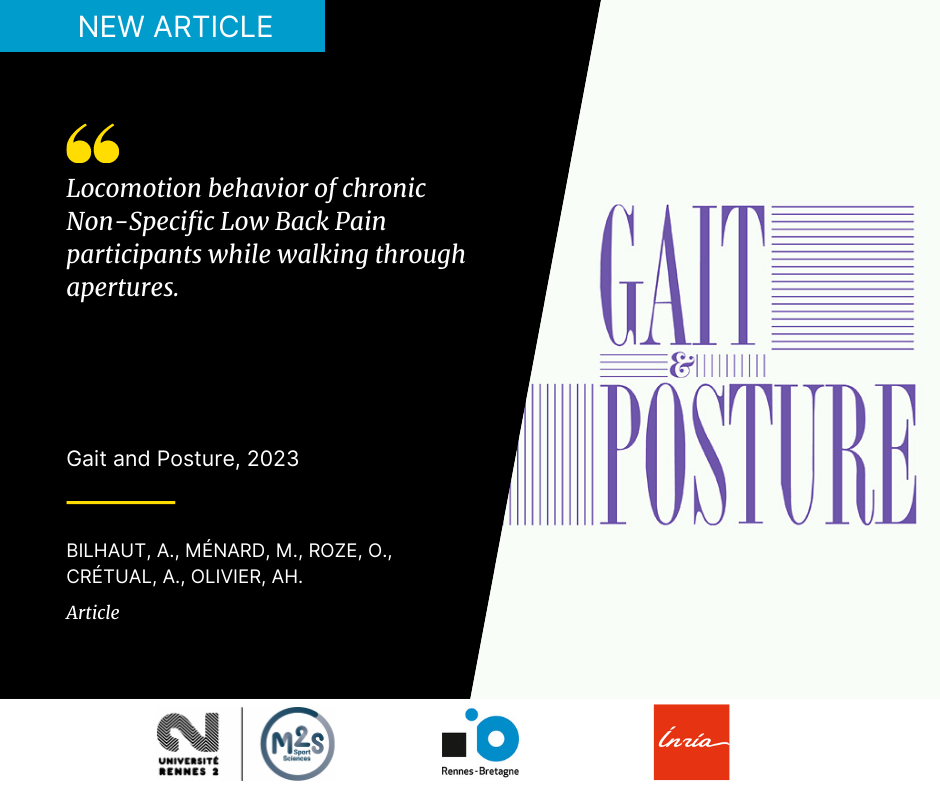 Journal article Locomotion behavior of chronic Non-Specific Low Back Pain participants while walking through apertures. Bilhaut, A., Ménard, M., Roze, O., Crétual, A., Olivier, AH.
Journal article Locomotion behavior of chronic Non-Specific Low Back Pain participants while walking through apertures. Bilhaut, A., Ménard, M., Roze, O., Crétual, A., Olivier, AH.Gait and Posture, 2023.
Chronic Non-Specific Low Back Pain (cNSLBP) has been identified as one of the leading global causes of disability and is characterized by symptoms without clear patho-anatomical origin. The majority of clinical trials assess cNSLBP using scales or questionnaires, reporting an influence of cognitive, emotional and behavioral factors. However, few studies have explored the effect of chronic pain in daily life tasks such as walking and avoiding obstacles, which involves perceptual-motor processes to interact with the environment. Are action strategies in a horizontal aperture crossing paradigm affected by cNSLBP and which factors influence these decisions ?
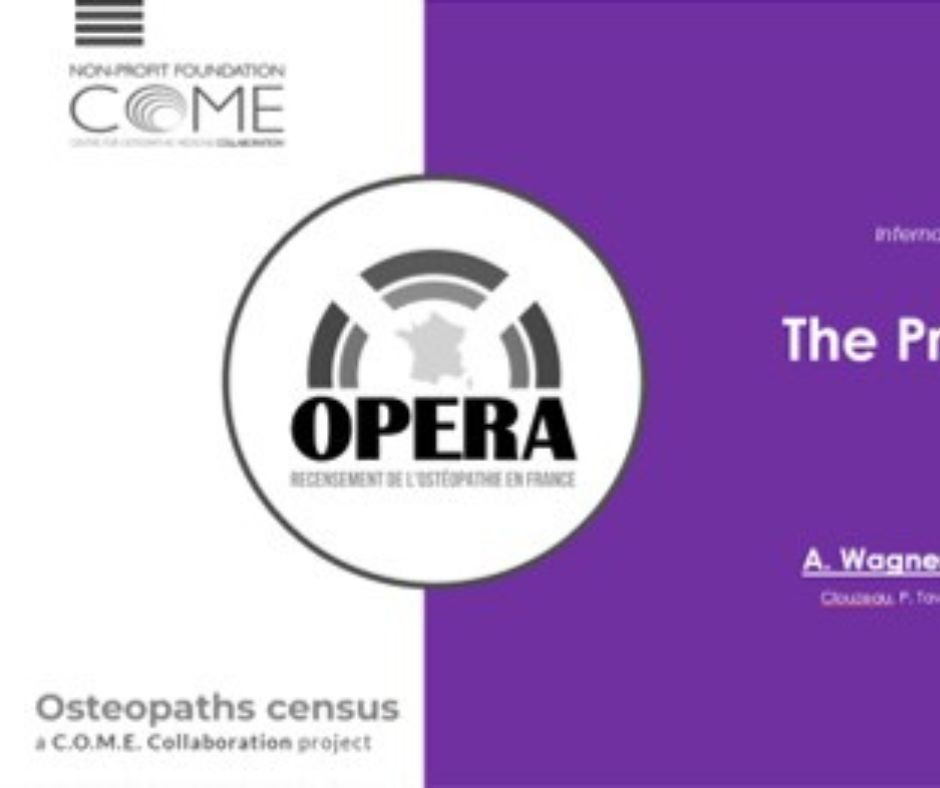 Journal article The Profile of French ostepaths : a cross sectional survey. Wagner, A., Ménard, M., Jacquot, E., Marangelli, G., Merdy, O., Clouzeau, C., Tavernier, P., Verbeeck, J., Vaucher, P., Esteves, JE, Cerritelli, F., van Dun, PLS.
Journal article The Profile of French ostepaths : a cross sectional survey. Wagner, A., Ménard, M., Jacquot, E., Marangelli, G., Merdy, O., Clouzeau, C., Tavernier, P., Verbeeck, J., Vaucher, P., Esteves, JE, Cerritelli, F., van Dun, PLS.International Journal of Osteopathic Medecine, 2023.
Osteopathy is not a health profession in France but it was regulated in 2007. However, the profession is very popular, and the number of osteopaths is the largest in Europe. Since there is limited published data on the profile and characteristics of osteopaths practising in France, this study aimed to survey the current situation of osteopathic practitioners in France.
DOI : 10.1016/j.ijosm.2023.100672
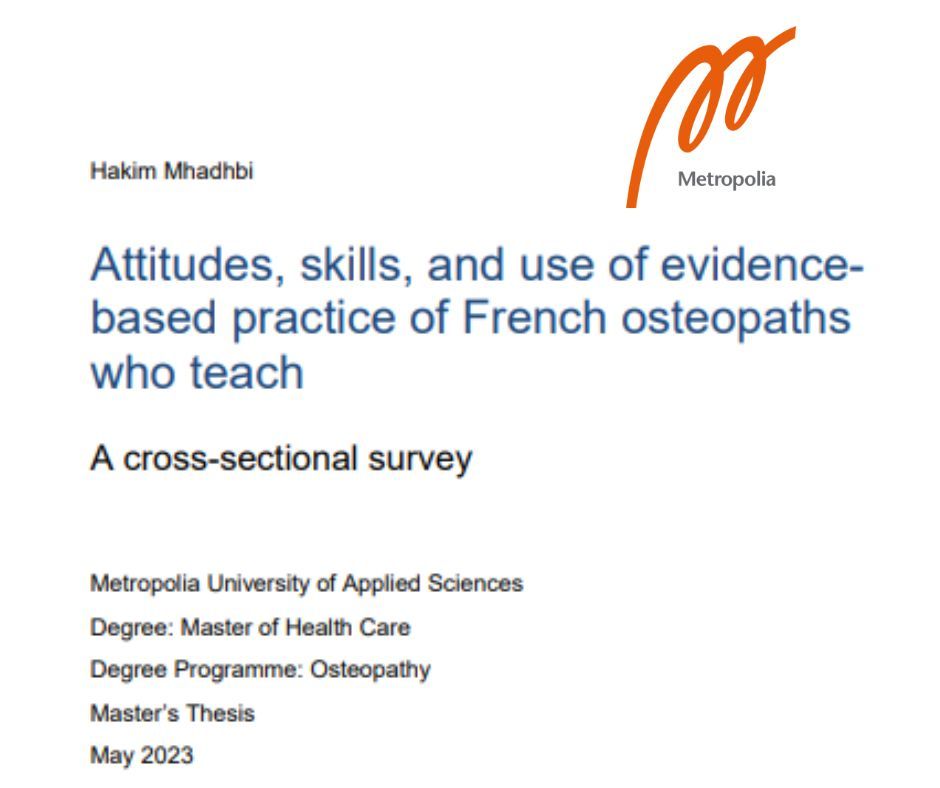 Book Attitudes, skills, and use of evidence-based practice of French osteopaths who teach : a cross-sectional survey. Mhadhbi, H.
Book Attitudes, skills, and use of evidence-based practice of French osteopaths who teach : a cross-sectional survey. Mhadhbi, H.2023. [Master thesis, Metropolia University]. theseus.fi.
In France, the only legal requirement to teach in an Osteopathic Educational Institution (OEI) is to have been an osteopath for five years. As a result, OEIs across France are staffed by educators with different professional and academic profiles and backgrounds. The purpose was to explore to which extent osteopaths who teach engage in evidence-based practice (EBP). Thus, the aim was to explore the attitudes, skills, and use of EBP among French osteopaths who teach in two OEIs.
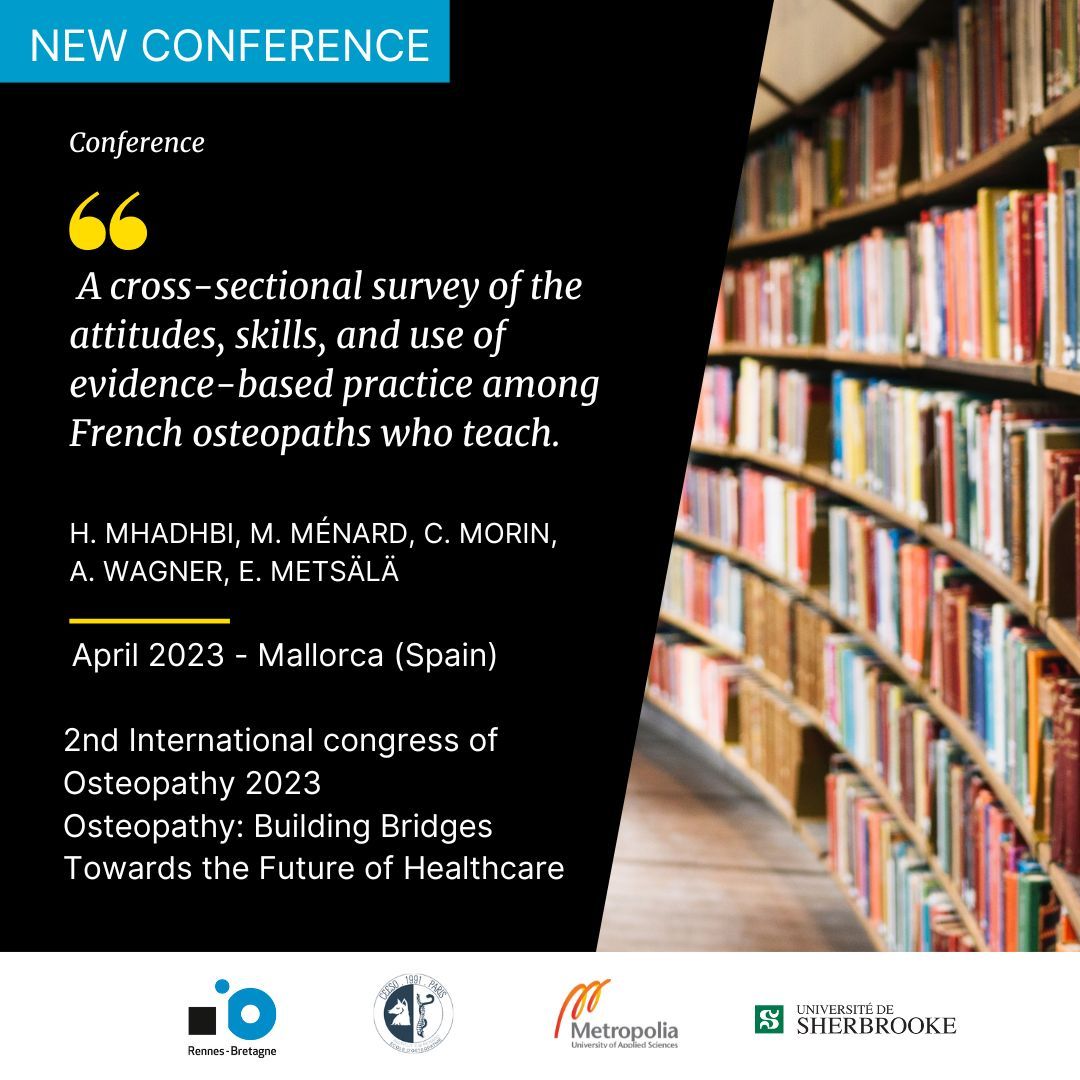 Conference A cross-sectional survey of the attitudes, skills, and use of evidence-based practice among French osteopaths who teach. Mhadhbi, H., Ménard, M., Morin, C., Wagner, A., Metsälä, E.
Conference A cross-sectional survey of the attitudes, skills, and use of evidence-based practice among French osteopaths who teach. Mhadhbi, H., Ménard, M., Morin, C., Wagner, A., Metsälä, E.2nd ROE International Conference, 14-16 avril 2023, Mallorque (Espagne).
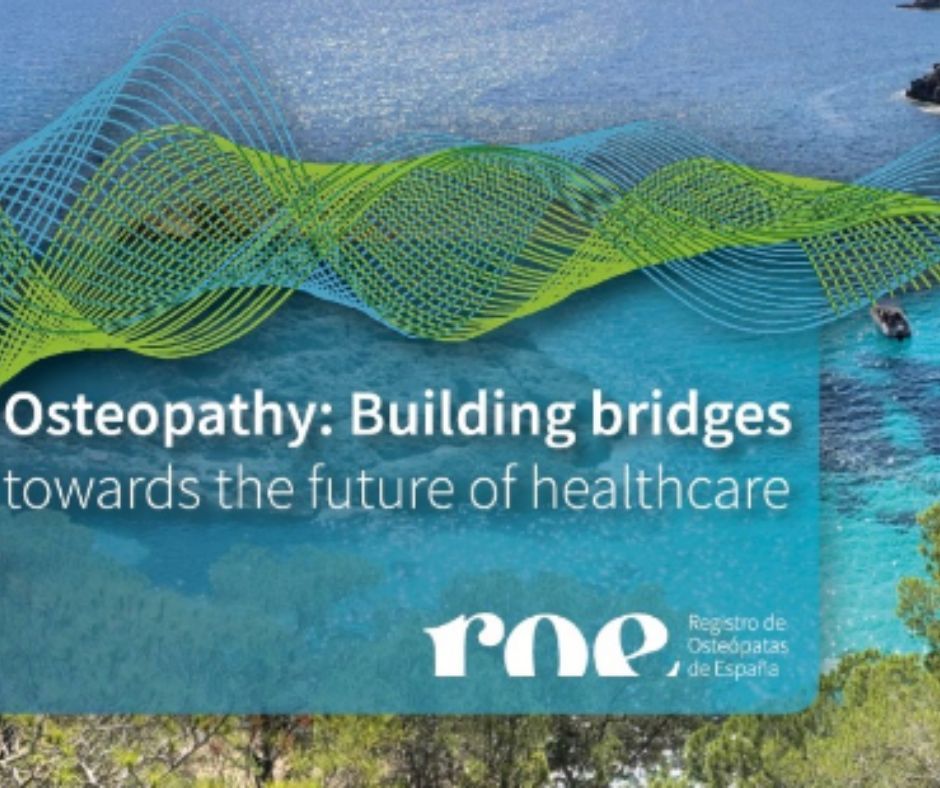 Conference The Profile of French osteopaths: a cross sectional survey. Wagner, A., Ménard, M., Jacquot, E., Marangelli, G., Merdy, O., Clouzeau, C., Tavernier, P., Verbeeck, J., Vaucher, P., Esteves, JE, Cerritelli, F., van Dun, PLS.
Conference The Profile of French osteopaths: a cross sectional survey. Wagner, A., Ménard, M., Jacquot, E., Marangelli, G., Merdy, O., Clouzeau, C., Tavernier, P., Verbeeck, J., Vaucher, P., Esteves, JE, Cerritelli, F., van Dun, PLS.2nd ROE International Conference, 14-16 avril 2023, Mallorque (Espagne).
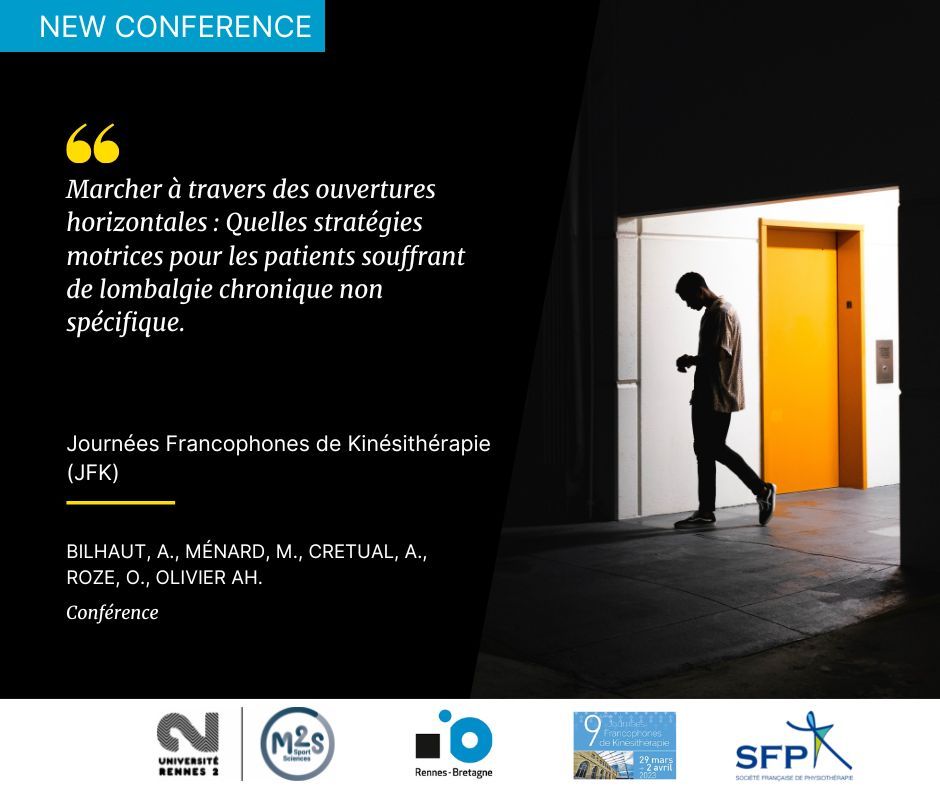 Conference Marcher à travers des ouvertures horizontales : Quelles stratégies motrices pour les patients souffrant de lombalgie chronique non spécifique. Bilhaut, A., Ménard, M., Cretual, A., Olivier AH.
Conference Marcher à travers des ouvertures horizontales : Quelles stratégies motrices pour les patients souffrant de lombalgie chronique non spécifique. Bilhaut, A., Ménard, M., Cretual, A., Olivier AH.Journées Francophones de Kinésithérapie (JFK), 29 mars -2 avril 2023, Rennes (France).
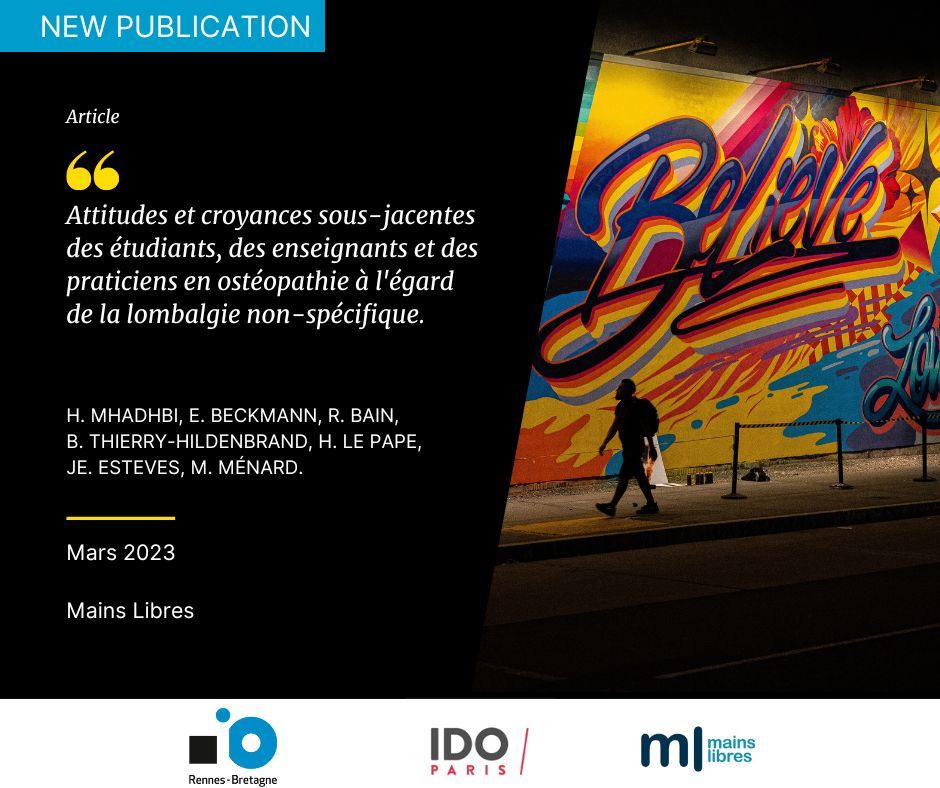 Journal article Attitudes et croyances sous-jacentes des étudiants, des enseignants et des praticiens en ostéopathie à l’égarde de la lombalgie non-spécifique. Mhadhbi, H., Beckmann, E., Bain, R., Thierry-Hildenbrand, T., Le Pape, H., Esteves, JE., Ménard, M.
Journal article Attitudes et croyances sous-jacentes des étudiants, des enseignants et des praticiens en ostéopathie à l’égarde de la lombalgie non-spécifique. Mhadhbi, H., Beckmann, E., Bain, R., Thierry-Hildenbrand, T., Le Pape, H., Esteves, JE., Ménard, M.Mains libres
Les facteurs psychosociaux jouent un rôle essentiel dans le pronostic et la prise en charge des patients présentant une lombalgie non-spécifique (LNS). Les données scientifiques indiquent que les croyances d’un individu concernant la douleur sont associées aux attitudes et aux croyances du clinicien consulté. Cette étude a exploré les attitudes, croyances et orientations cliniques des étudiants, des nouveaux diplômés, des enseignants et praticiens non-enseignants issus de deux instituts français d’enseignement de l’ostéopathie en ce qui concerne la prise en charge de la LNS. Cette population a été étudiée au moyen d’une enquête transversale réalisée en ligne entre août et octobre 2021 comprenant un recueil des caractéristiques sociodémographiques, un questionnaire (Back-PAQ) et une vignette clinique.
-
2024
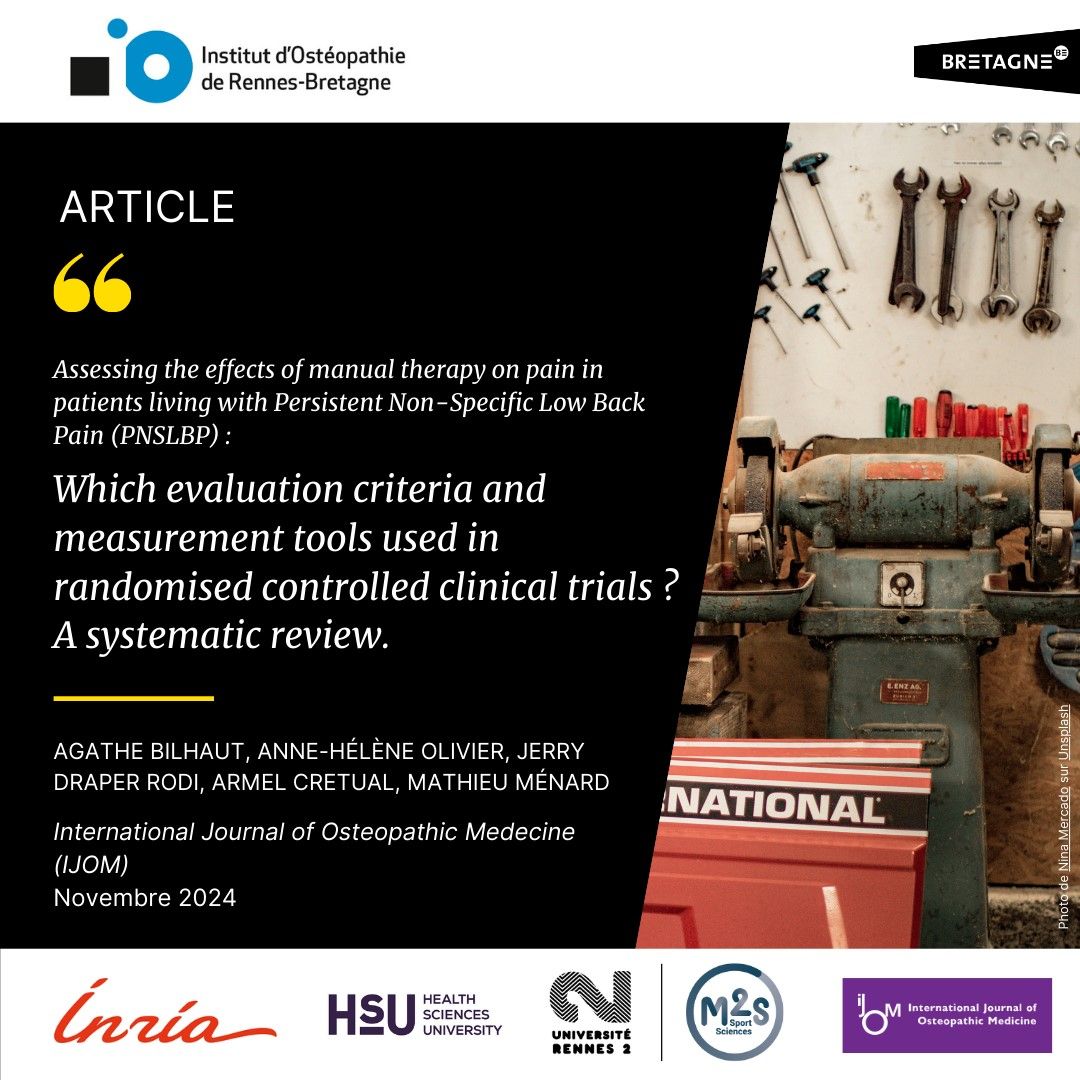 Journal article Assessing the effects of manual therapy on pain in patients living with Persistent Non-Specific Low Back Pain (PNSLBP) : Which evaluation criteria and measurement tools used in randomised controlled clinical trials ? A systematic review. Agathe Bilhaut, Anne-Hélène Olivier, Jerry Draper Rodi, Armel Cretual, Mathieu Ménard
Journal article Assessing the effects of manual therapy on pain in patients living with Persistent Non-Specific Low Back Pain (PNSLBP) : Which evaluation criteria and measurement tools used in randomised controlled clinical trials ? A systematic review. Agathe Bilhaut, Anne-Hélène Olivier, Jerry Draper Rodi, Armel Cretual, Mathieu MénardInternational Journal of Osteopathic Medecine (IJOM)
Novembre 2024
Objective
To identify the evaluation criteria and measurement tools that are used in Randomised Controlled Trials to assess the effects of manual therapy on pain in adults living with PNSLBP.Methods
RCT were included if: participants were adults (18-65 years old) with PNSLBP, experimental group received manual therapies (osteopathy, physiotherapy and chiropractic) and they had been published in English or French since 2010. The search was conducted between May 2021 and April 2023, using the Cochrane Library, Ebscohost, EMBASE, MEDLINE Pubmed, PEDro, ScienceDirect and Scopus databases. Three independent reviewers have checked eligibility. The PEDro scale have been used for quality appraisal.Results
In the 29 studies included, 131 measurement tools were identified in three main areas: 76% of the measurement tools were related to life impact (which 24% related to pain intensity and 23% to functional difficulties) and 24% were related to pathophysiological manifestations (which 8% related to Range of motion).Conclusion
Most measurement tools focus on pain intensity and physical functioning using scales and questionnaires. Two perspectives must be considered: responding to current recommendations by standardizing the measurement tools relating to life impact and physiopathological manifestations, and using biomechanical markers making it possible to evaluate patients in daily life situations.Osteopathic research is raising essential questions for the profession in France and abroad. The institute faces the challenge of evaluating new ways to assess non-medicinal interventions like osteopathic treatment. This line of research looks at new ways of making sense of traditional clinical tests used in practice. Students and staff work on many research projects together with the M2S laboratory at Rennes 2 University.
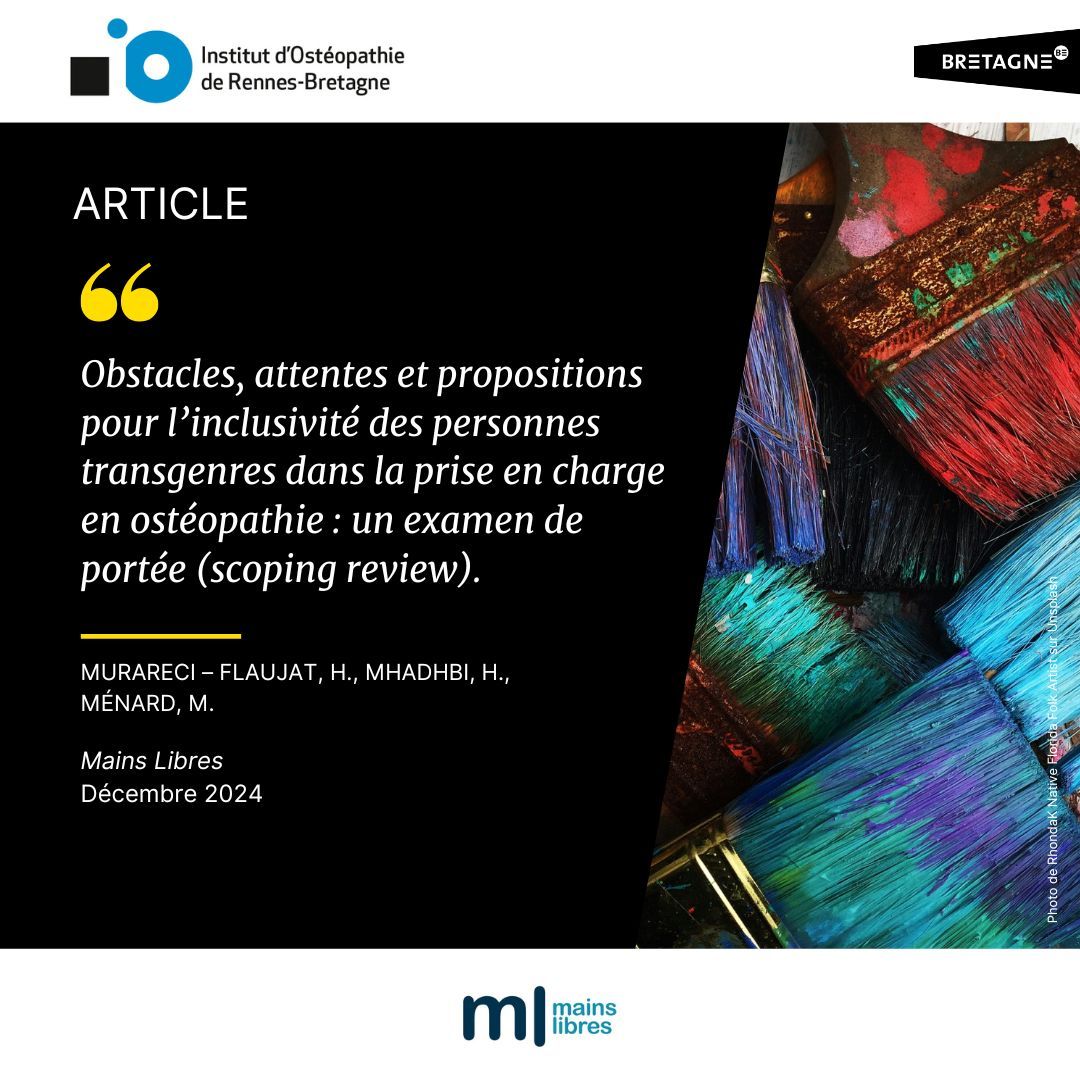 Journal article Obstacles, attentes et propositions pour l’inclusivité des personnes transgenres dans la prise en charge en ostéopathie : un examen de portée (scoping review). Murareci – Flaujat, H., Mhadhbi, H., Ménard, M.
Journal article Obstacles, attentes et propositions pour l’inclusivité des personnes transgenres dans la prise en charge en ostéopathie : un examen de portée (scoping review). Murareci – Flaujat, H., Mhadhbi, H., Ménard, M.Mains Libres, Décembre 2024
Des pratiques ostéopathiques fondées sur l’équité, la diversité et l’inclusion sont essentielles pour établir une relation patient/praticien qui favorise une alliance thérapeutique forte dans une approche centrée sur la personne (ACP). En particulier, il est important de considérer les minorités, notamment les personnes transgenres, dont la situation met en évidence les défis spécifiques rencontrés. En France, 80 % des personnes transgenres subissent des discriminations transphobes. L’appréhension de subir ces discriminations de la part des professionnels de santé (PS) les dissuade d’accéder aux soins, impactant leur état de santé. L’objectif de cet examen de portée a été d’explorer comment les ostéopathes peuvent offrir une prise en charge inclusive des personnes transgenres, en tenant compte de leurs attentes et des défis du système de santé, tout en proposant des solutions pour une ACP. Méthode : Cette revue a été réalisée sous forme d’un examen de portée suivant les recommandations PRISMA-ScR. Les articles ont été recherchés dans des bases de données, puis évalués de manière critique selon des directives adaptées à chaque format d’étude. Un total de 19 articles a été sélectionné. Les obstacles principaux identifiés sont le manque d’éducation ou de formation des PS, les discriminations et la précarité. Les attentes se concentrent sur la qualité de la relation patient/praticien. Les solutions proposées mettent l’accent sur l’éducation des PS, bien que les opinions divergent quant à son utilité actuelle. L’intégration d’enseignements spécifiques dans les programmes de formation des PS, le respect de l’identité de genre, ainsi que l’augmentation des travaux de recherches cliniques sur les besoins des personnes transgenres et l’efficacité des formations sur la transidentité figurent parmi les suggestions indiquées par les auteurs.
Publication prévue en décembre 2024.
transidentité / discriminations / ostéopathie / inclusivité / LGBTQ+
La recherche en Ostéopathie se développe et soulève un nombre important de questions essentielles pour la profession en France et à l'international. Explorer et évaluer de nouvelles orientations et perspectives concernant l’enseignement de l’ostéopathie visant une pratique éclairée par les nouvelles connaissances professionnelles et scientifique est un enjeu important pour l’institut. Cet axe de recherche s’intéresse donc à l’évolution et l’évaluation des enseignements réalisés au sein de l’institut. De nombreux projets de recherche sont menés par les étudiants et les enseignants dans le cadre des mémoires de fin d’études et de la formation continue.
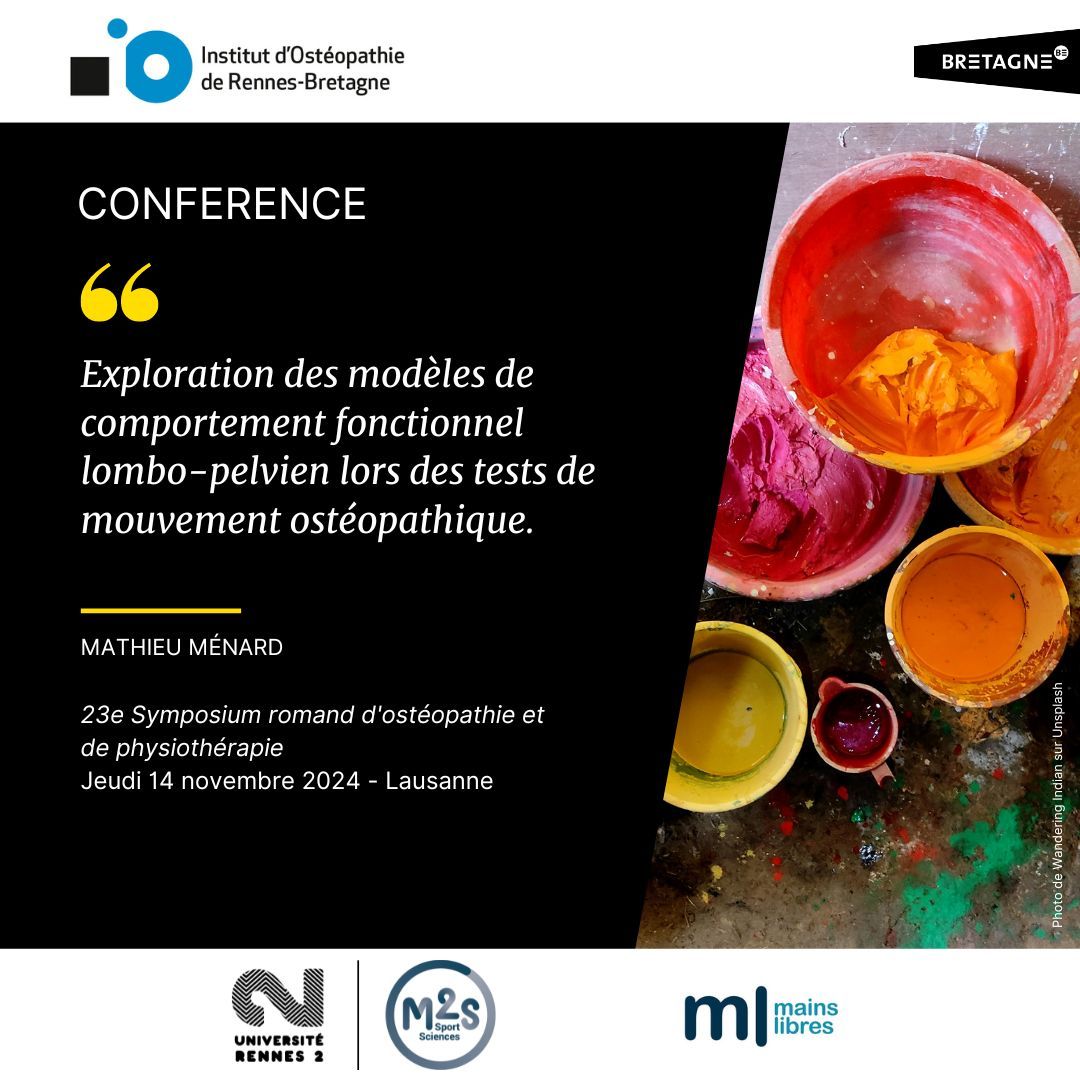 Conference Exploration des modèles de comportement fonctionnel lombo-pelvien lors des tests de mouvement ostéopathique Mathieu Ménard
Conference Exploration des modèles de comportement fonctionnel lombo-pelvien lors des tests de mouvement ostéopathique Mathieu Ménard23e Symposium romand d'ostéopathie et de physiothérapie - Jeudi 14 novembre 2024, Lausanne
Explorer de nouvelles dimensions à l’interprétation des tests cliniques traditionnels ouvre des perspectives innovantes pour l’évaluation des pratiques professionnelles en thérapie manuelle. Plutôt que de recourir à des tests qui visent uniquement à identifier des limitations de mobilité articulaires, l’enjeu serait de recourir à des tests qui évaluent la fonction biomécanique de manière plus générale pour identifier des comportements fonctionnelles permettant une approche personnalisée. Le test d’inclinaison unilatérale du bassin, ou test de la commère, propose une analyse dynamique du complexe lombo-pelvi-fémoral mais il n’existe cependant pas d’études d’investigation des propriétés clinimétriques du test en trois dimensions. Cette étude vise à évaluer la reproductibilité du geste lorsqu’il est répété plusieurs fois ainsi que sa capacité de classer de manière fiable le mouvement dans un type de comportement fonctionnel. Cette approche a le potentiel de diminuer la subjectivité de l’interprétation des tests fonctionnels et d’objectiver un comportement fonctionnel particulier au niveau du complexe lombo-pelvien pouvant ainsi guider le praticien pour la réalisation de son examen clinique.
23e Symposium romand d'ostéopathie et de physiothérapie
«Lombaire, bassin, hanche: des rapports intimes à soigner»
Jeudi 14 novembre 2024 de 8h40 à 17h00
Centre de Congrès de Beaulieu, LausanneL'événement propose aux physiothérapeutes, ostéopathes et autres thérapeutes manuels, une vision et une approche interdisciplinaires axée autour de la problématique des lombaires, du bassin, et de la hanche.
Puis des ateliers à choix sont proposés.
Test fonctionnel
Cinématique lombaire
Modélisation
Déterminants biomécaniques
Test d’inclinaison unilatéral du bassin
La recherche en Ostéopathie se développe et soulève un nombre important de questions essentielles pour la profession en France et à l'international. Explorer et évaluer de nouvelles orientations et perspectives concernant les outils et les méthodes d’évaluation des effets des interventions non médicamenteuses telles que la prise en charge ostéopathique est un enjeu important pour l’Institut d'Ostéopathie de Rennes-Bretagne. Cet axe de recherche s’intéresse donc à de nouvelles dimensions à l’interprétation des tests cliniques traditionnels utilisés en pratique clinique en utilisant des outils et des méthodologies issues de la biomécanique. De nombreux projets de recherche sont menés par les étudiants et les enseignants de notre école, dans le cadre des mémoires de fin d’études ou de thèse de sciences en étroite collaboration avec le laboratoire M2S de l’Université Rennes 2.
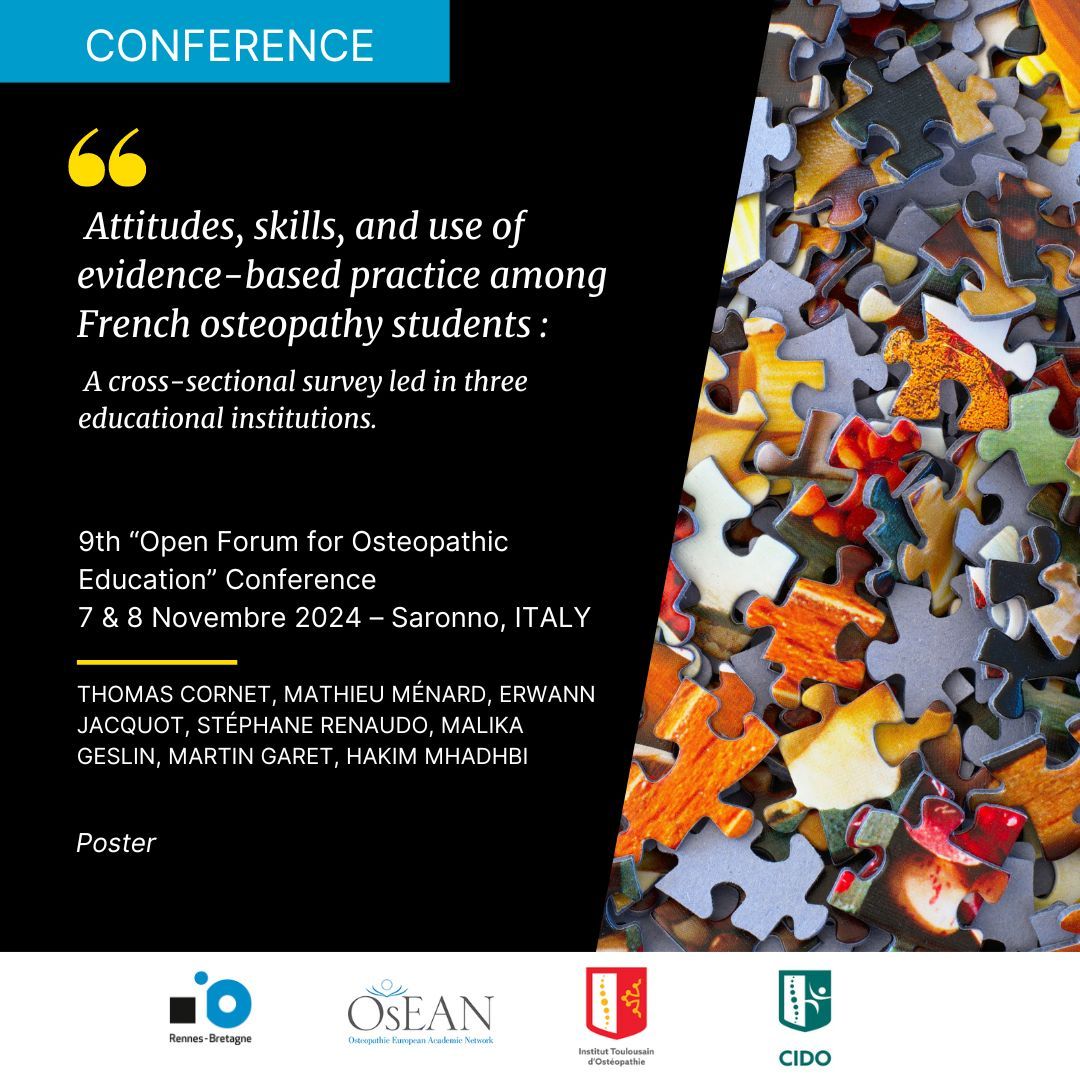 Conference Attitudes, skills, and use of evidence-based practice among French osteopathy students: A cross-sectional survey led in three educational institutions Thomas Cornet, Mathieu Ménard, Erwann Jacquot, Stéphane Renaudo, Malika Geslin, Martin Garet, Hakim Mhadhbi.
Conference Attitudes, skills, and use of evidence-based practice among French osteopathy students: A cross-sectional survey led in three educational institutions Thomas Cornet, Mathieu Ménard, Erwann Jacquot, Stéphane Renaudo, Malika Geslin, Martin Garet, Hakim Mhadhbi.9th “Open Forum for Osteopathic Education” Conference, Saronno, 2024.
Evidence-Based Practice (EBP) is an integral part of future healthcare professionals' training programs. However, its implementation in osteopathic education is still controversial and most traditional models are now being challenged. Students are confronted with new identity challenges trying to find a way between osteopathic legacy and evidence. This study explored the attitudes, skills, and use of EBP among French osteopathy students.
This year's Open Forum focuses on teaching osteopathic models.
Osteopathy and osteopathic education are at a pivotal juncture. While some institutions primarily adhere to traditional osteopathic models and theories, others strive to integrate the wealth of research findings published since the turn of the century. This presents a significant challenge, as there currently lacks an overarching framework for osteopathy.
Osteopathic research is developing and raising a number of essential questions for the profession in France and internationally. Exploring and evaluating new directions and perspectives in osteopathic teaching, with the aim of developing a practice informed by new professional and scientific knowledge, is a major challenge for the Institute. This line of research therefore focuses on the evolution and evaluation of the teaching carried out within the institute. Numerous research projects are carried out by students and teachers as part of their final dissertations and continuing education.
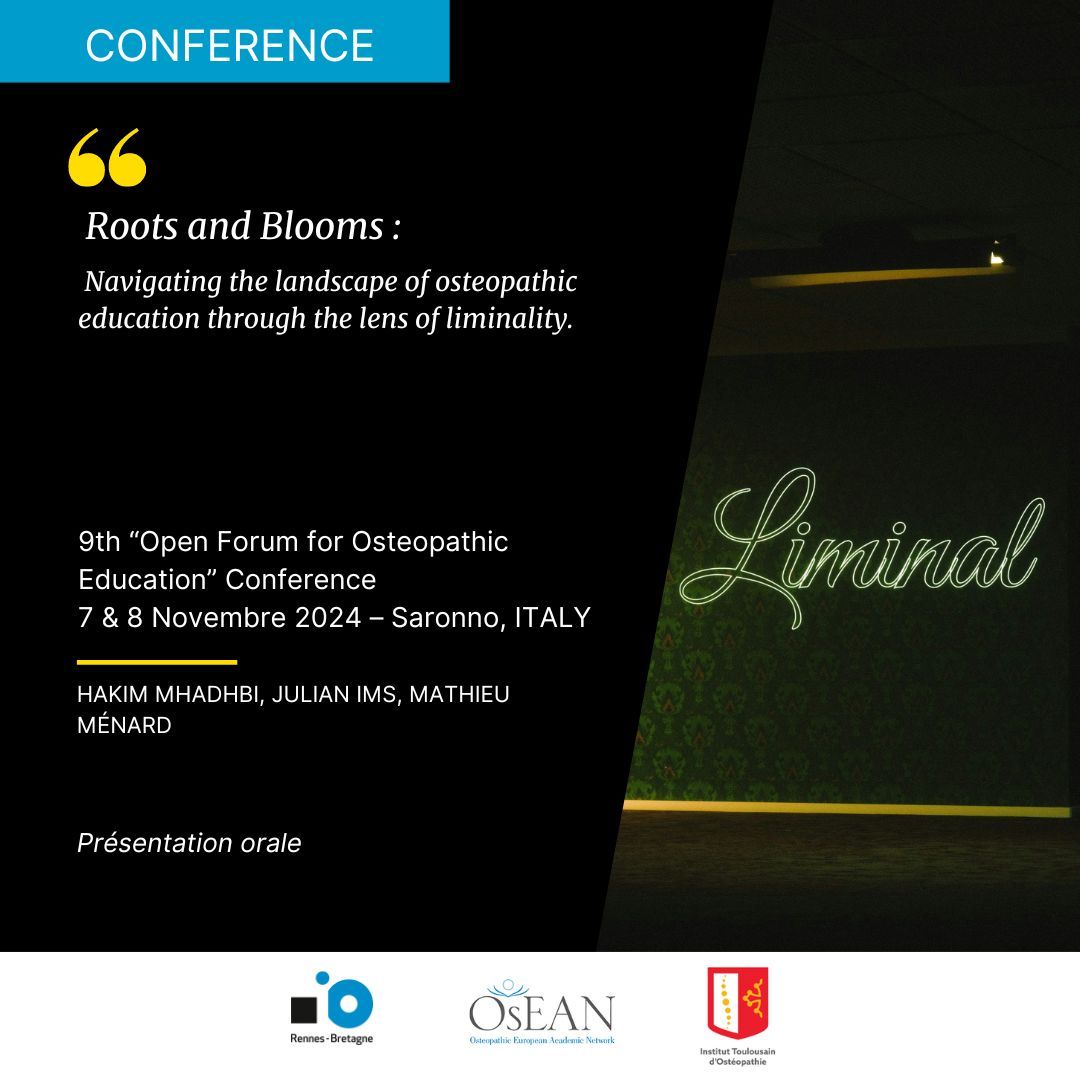 Conference Roots and Blooms : Navigating the landscape of osteopathic education through the lens of liminality. Hakim Mhadhbi, Julian Ims, Mathieu Ménard
Conference Roots and Blooms : Navigating the landscape of osteopathic education through the lens of liminality. Hakim Mhadhbi, Julian Ims, Mathieu Ménard9th “Open Forum for Osteopathic Education” Conference, Saronno, 2024.
In the dynamic landscape of osteopathic education, a delicate dance unfolds between tradition and modernism, embodying a liminal state that demands exploration. Liminality, a concept rooted in anthropology and now applied to various study fields, refers to an in-situational moment - a spatio-temporal threshold - where a rupture of the sense of self is followed by the reconstruction of a new identity.
This year's Open Forum focuses on teaching osteopathic models.
Osteopathy and osteopathic education are at a pivotal juncture. While some institutions primarily adhere to traditional osteopathic models and theories, others strive to integrate the wealth of research findings published since the turn of the century. This presents a significant challenge, as there currently lacks an overarching framework for osteopathy.
Osteopathic research is developing and raising a number of essential questions for the profession in France and internationally. Exploring and evaluating new directions and perspectives in osteopathic teaching, with the aim of developing a practice informed by new professional and scientific knowledge, is a major challenge for the Institute. This line of research therefore focuses on the evolution and evaluation of the teaching carried out within the institute. Numerous research projects are carried out by students and teachers as part of their final dissertations and continuing education.
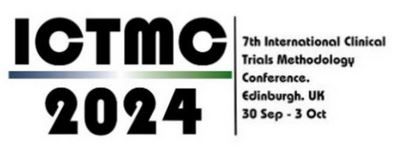 Conference An Investigation of the trustworthiness of randomized controlled trials in manual therapy research: a systematic review with meta-analysis. Senequier A, Draper-Rodi J, Brown J, Forrest L, Socca C, Godsi E, Lemon K, Ytier S, Delion T, Vaucher P, MacMillan A, Corcoran D, Roura Carvajal S, Wagner A, Ménard M, Alarez Bustins, Braithwaite F, Soliman N, Abbey H, Hohenschurz-Schmidt D.
Conference An Investigation of the trustworthiness of randomized controlled trials in manual therapy research: a systematic review with meta-analysis. Senequier A, Draper-Rodi J, Brown J, Forrest L, Socca C, Godsi E, Lemon K, Ytier S, Delion T, Vaucher P, MacMillan A, Corcoran D, Roura Carvajal S, Wagner A, Ménard M, Alarez Bustins, Braithwaite F, Soliman N, Abbey H, Hohenschurz-Schmidt D.International Clinical trials methodology conference. October 2024. Edinburgh, Scotland.
Osteopathic research is developing and raising a number of essential questions for the profession in France and internationally. Exploring and evaluating new directions and perspectives in osteopathic teaching, with the aim of developing a practice informed by new professional and scientific knowledge, is a major challenge for the Institute. This line of research therefore focuses on the evolution and evaluation of the teaching carried out within the institute. Numerous research projects are carried out by students and teachers as part of their final dissertations and continuing education.
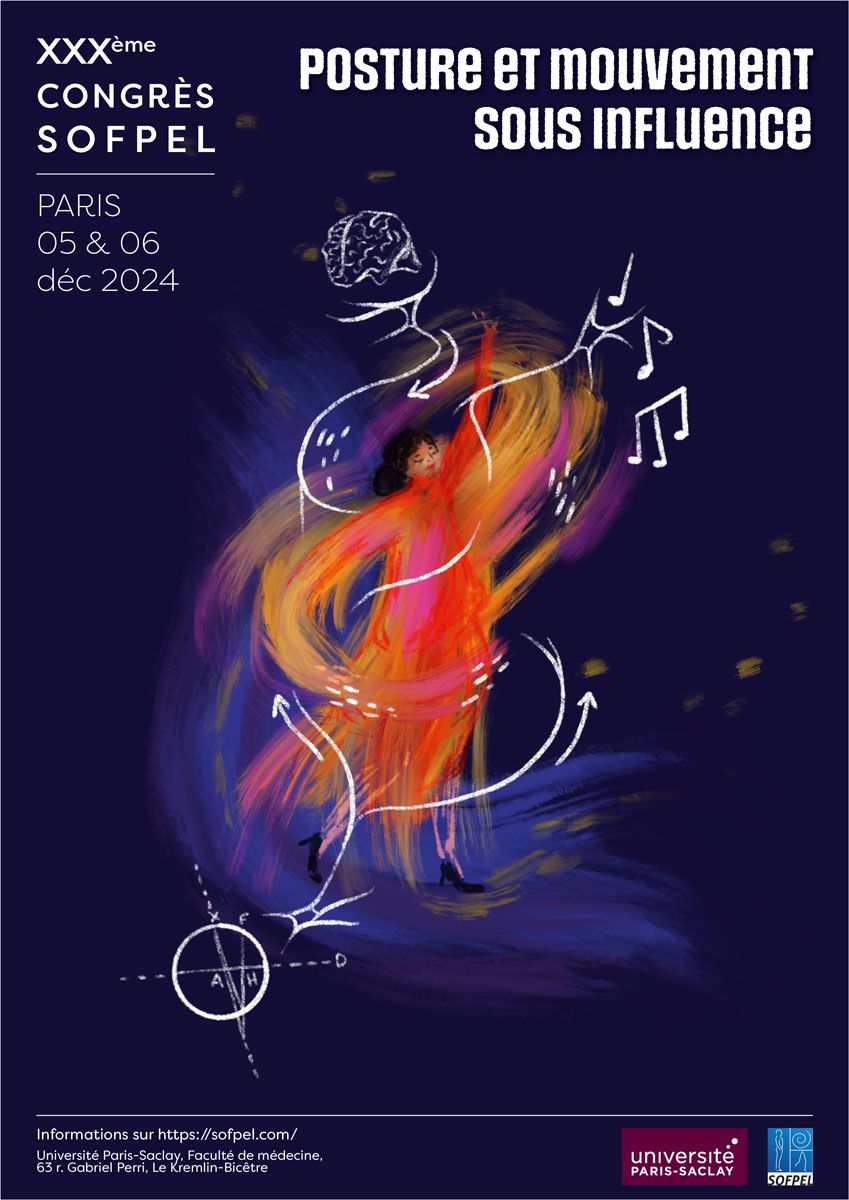 Conference Lombalgie chronique commune et stratégies de navigation lors du passage d'ouvertures horizontales en fonction de facteurs situationnels et sociaux. Bilhaut, A., Vandenberg E., Cinelli, M., Ménard, M., Roze, O., Baban, A., Carson-Jouzel, P., Crétual, A., Olivier, AH.
Conference Lombalgie chronique commune et stratégies de navigation lors du passage d'ouvertures horizontales en fonction de facteurs situationnels et sociaux. Bilhaut, A., Vandenberg E., Cinelli, M., Ménard, M., Roze, O., Baban, A., Carson-Jouzel, P., Crétual, A., Olivier, AH.Société Francophone Posture Équilibre et Locomotion (SOFPEL), Paris, 2024. (Présentation orale)
Introduction
L'un des défis de la recherche sur la lombalgie chronique commune (LCC) est
d'identifier les mécanismes impliqués dans les changements de comportement moteur,
notamment dans des situations écologiques. L’objectif de cette étude était de déterminer si la
LCC influençait les stratégies décisionnelles des participants dans une tâche de passage à
travers des ouvertures horizontales en manipulant des facteurs situationnels et sociaux.
Matériel et Méthode18 participants LCC (10 femmes, 45.7±9.2 ans) et 18 participants AA
(7 femmes, 43.7±9.5 ans) devaient rejoindre un but, situé à 10 m, en passant par une des
deux ouvertures à mi-chemin. Les facteurs manipulés étaient : 1) situationnels, avec
modification de la largeur de l’ouverture et de la position du but, et 2) sociaux, avec la
présence d'un poteau ou d'un expérimentateur humain entre les deux ouvertures. Les
variables analysées étaient le seuil critique exprimé comme un changement dans le choix de
l'ouverture à franchir, la vitesse de marche et la distance entre le participant et l’obstacle
central.
RésultatsLes participants LCC ont choisi de franchir l’ouverture large quel que soit le but à
atteindre et présentaient un seuil critique constant entre les essais avec et sans changement
du contexte social, contrairement aux participants AA. Cependant, lorsque le contexte
situationnel le permettait (ouverture large), les participants LCC étaient plus enclins à
prendre en compte les facteurs sociaux, définis par l'augmentation de la distance entre eux
et l’expérimentateur.
Discussion - ConclusionLes participants LCC utilisent une stratégie décisionnelle
orientée sur le contexte situationnel, en privilégiant leur sécurité au détriment des normes
sociales. Ainsi, sous certaines conditions, la présence d’une LCC semble induire des
changements dans la pondération entre les facteurs situationnels et sociaux pour le choix
des modes d’action. L'utilisation du paradigme actuel semble prometteuse et adhère aux
recommandations d'études antérieures intégrant les plaintes des patients et leurs
changements de capacité à effectuer des activités physiques quotidiennes, nécessitant une
combinaison d'aptitudes.Thème central : « Posture et mouvement sous influence », avec la mise en lumière des facteurs biomécaniques, neurophysiologiques et cognitifs. Une attention particulière est portée sur les relations entre musique et mouvement, avec les spécificités du contrôle moteur chez le musicien et l’utilisation de la musique comme facilitateur du mouvement.
La recherche en Ostéopathie se développe et soulève un nombre important de questions essentielles pour la profession en France et à l'international. Explorer et évaluer de nouvelles orientations et perspectives concernant les outils et les méthodes d’évaluation des effets des interventions non médicamenteuses telles que la prise en charge ostéopathique est un enjeu important pour l’institut. Cet axe de recherche s’intéresse donc à de nouvelles dimensions à l’interprétation des tests cliniques traditionnels utilisés en pratique clinique en utilisant des outils et des méthodologies issues de la biomécanique. De nombreux projets de recherche sont menés par les étudiants et les enseignants dans le cadre des mémoires de fin d’études ou de thèse de sciences en étroite collaboration avec le laboratoire M2S de l’Université Rennes 2.
 Conference Étude des stratégies motrices des membres inférieurs lors du Timed-Up-and-Go Test chez des sujets atteints de BPCO. Denouel, L., Pichon, R., Hearing, D., Crétual, A., Ménard, M.
Conference Étude des stratégies motrices des membres inférieurs lors du Timed-Up-and-Go Test chez des sujets atteints de BPCO. Denouel, L., Pichon, R., Hearing, D., Crétual, A., Ménard, M.Société Francophone Posture Équilibre et Locomotion (SOFPEL), Paris, 2024. (Présentation orale)
Introduction
Cette étude s’intéresse aux stratégies motrices des sujets atteints de broncho-pneumopathie chronique obstructive (BPCO). La BPCO, troisième cause de mortalité mondiale, est une maladie respiratoire chronique caractérisée par des symptômes respiratoires progressifs. L’altération du contrôle postural de cette population est connue, mais les mécanismes sous-jacents restent incompris. Les stratégies cinématiques et les processus cognitifs de ces patients sont peu documentés, représentant un axe de recherche important. L’objectif est d’étudier leurs stratégies motrices, via le test fonctionnel du Timed-Up-and-Go (TUG).
Méthode
Une étude observationnelle transversale a été menée comparant un groupe de 16 patients BPCO (64,8±8.9 ans, 7 femmes) et un groupe contrôle de 13 participants (66±7.4 ans, 6 femmes). Chaque participant a effectué deux TUG : un sans charge cognitive, suivi d'un avec charge cognitive (compter à rebours par 3 à partir de 100) évaluant l’influence d’une charge cognitive sur les stratégies motrices. Le critère de jugement principal était les angles articulaires du bassin lors des passages assis-debout /debout-assis et de la hanche et du genou lors de la locomotion via une analyse quantifiée du mouvement (24 caméras Arqus, Qualysis).
Résultats
Le groupe BPCO présente une diminution significative (p<0.001) de la bascule antérieure du bassin (-15.7°±4.02) lors des phases assis-debout/debout-assis. Il n’a pas été relevé de différence significative dans les amplitudes articulaires de la hanche et du genou, et la charge cognitive n’a pas modifié la cinématique.
Discussion
Les sujets BPCO semblent limiter l’utilisation du bassin en bascule antérieure lors des phases assis-debout/debout-assis, pouvant traduire une stratégie d’équilibration spécifique des personnes BPCO visant à limiter le déséquilibre.
Conclusion
Les sujets atteints de BPCO présentent une stratégie motrice différente lors des passages assis-debout/debout-assis par rapport à des sujets sains. Ces résultats soulignent l'importance de la
cinématique sur le contrôle postural de la BPCO, et encouragent à la réalisation d’autres études sur les stratégies motrices dans cette population.Thème central : « Posture et mouvement sous influence », avec la mise en lumière des facteurs biomécaniques, neurophysiologiques et cognitifs. Une attention particulière sera portée sur les relations entre musique et mouvement, avec les spécificités du contrôle moteur chez le musicien et l’utilisation de la musique comme facilitateur du mouvement.
La recherche en Ostéopathie se développe et soulève un nombre important de questions essentielles pour la profession en France et à l'international. Explorer et évaluer de nouvelles orientations et perspectives concernant les outils et les méthodes d’évaluation des effets des interventions non médicamenteuses telles que la prise en charge ostéopathique est un enjeu important pour l’institut. Cet axe de recherche s’intéresse donc à de nouvelles dimensions à l’interprétation des tests cliniques traditionnels utilisés en pratique clinique en utilisant des outils et des méthodologies issues de la biomécanique. De nombreux projets de recherche sont menés par les étudiants et les enseignants dans le cadre des mémoires de fin d’études ou de thèse de sciences en étroite collaboration avec le laboratoire M2S de l’Université Rennes 2.
 Conference Effet de la lombalgie chronique commune sur les stratégies perceptivo-motrices lors des interactions entre marcheurs. Bilhaut, A., Ménard, M., Roze, O., Carson-Jouzel, O., Crétual, A., Olivier, AH.
Conference Effet de la lombalgie chronique commune sur les stratégies perceptivo-motrices lors des interactions entre marcheurs. Bilhaut, A., Ménard, M., Roze, O., Carson-Jouzel, O., Crétual, A., Olivier, AH.Société Francophone Posture Équilibre et Locomotion (SOFPEL), Paris, 2024. (Poster)
Introduction
La lombalgie chronique commune (LCC) est l'une des principales causes
d'invalidité dans le monde, accompagnée de facteurs bio-psycho-sociaux. Cependant, peu
d'études l'ont évaluée dans des situations de la vie quotidienne, telles que naviguer dans une
rue et interagir avec d'autres piétons. L'objectif de cette étude était d’investiguer l'effet de la
LCC sur les processus perceptivo-moteurs dans une tâche de croisement de piétons afin de
: 1) déterminer si la LCC modifie la perception du risque futur de collision et la contribution de
chaque marcheur à la résolution de ce risque et 2) évaluer l'influence des facteurs
psychologiques.
Matériel et Méthode17 adultes asymptomatiques (AA, 11 femmes, 46,3 ± 12,7 ans) et 17
LCC (11 femmes, 46,35 ± 12,64 ans) ont effectué une tâche de locomotion impliquant de
croiser un autre marcheur à 90°. Trois groupes d'interaction ont été étudiés: AA-AA, AA-LCC
et LCC-LCC. Les métriques utilisées étaient l'inversion de l'ordre théorique de passage, le
seuil de risque de collision qui déclenche une adaptation du mouvement et la distance de
croisement.
RésultatsIl n'y avait pas de différence significative pour le seuil de risque de collision
déclenchant une adaptation de mouvement (0.93 m) ou pour la distance entre les piétons
(0.8 m) au moment du croisement. Cependant, le groupe d'interaction LCC-LCC avait un
plus grand nombre d'inversions. Les LCC contribuaient moins lorsqu'ils passaient en premier
et plus lorsqu'ils passaient en second. Pour finir, une corrélation négative significative a été
trouvée entre les niveaux de dépression et la contribution des LCC lorsqu'ils arrivaient
seconds.
Discussion - ConclusionLes participants LCC perçoivent la situation de manière
appropriée, mais leurs stratégies d'évitement diffèrent de celles des AA, avec un plus grand
nombre d’inversions et des contributions différentes à l’évitement de collision. Des études
supplémentaires sont nécessaires pour confirmer l'influence des facteurs psychologiques sur
ces résultats et pourraient être portées en réalité virtuelle pour un meilleur contrôle des
conditions environnementales.Thème central : « Posture et mouvement sous influence », avec la mise en lumière des facteurs biomécaniques, neurophysiologiques et cognitifs. Une attention particulière sera portée sur les relations entre musique et mouvement, avec les spécificités du contrôle moteur chez le musicien et l’utilisation de la musique comme facilitateur du mouvement.
La recherche en Ostéopathie se développe et soulève un nombre important de questions essentielles pour la profession en France et à l'international. Explorer et évaluer de nouvelles orientations et perspectives concernant les outils et les méthodes d’évaluation des effets des interventions non médicamenteuses telles que la prise en charge ostéopathique est un enjeu important pour l’institut. Cet axe de recherche s’intéresse donc à de nouvelles dimensions à l’interprétation des tests cliniques traditionnels utilisés en pratique clinique en utilisant des outils et des méthodologies issues de la biomécanique. De nombreux projets de recherche sont menés par les étudiants et les enseignants dans le cadre des mémoires de fin d’études ou de thèse de sciences en étroite collaboration avec le laboratoire M2S de l’Université Rennes 2.
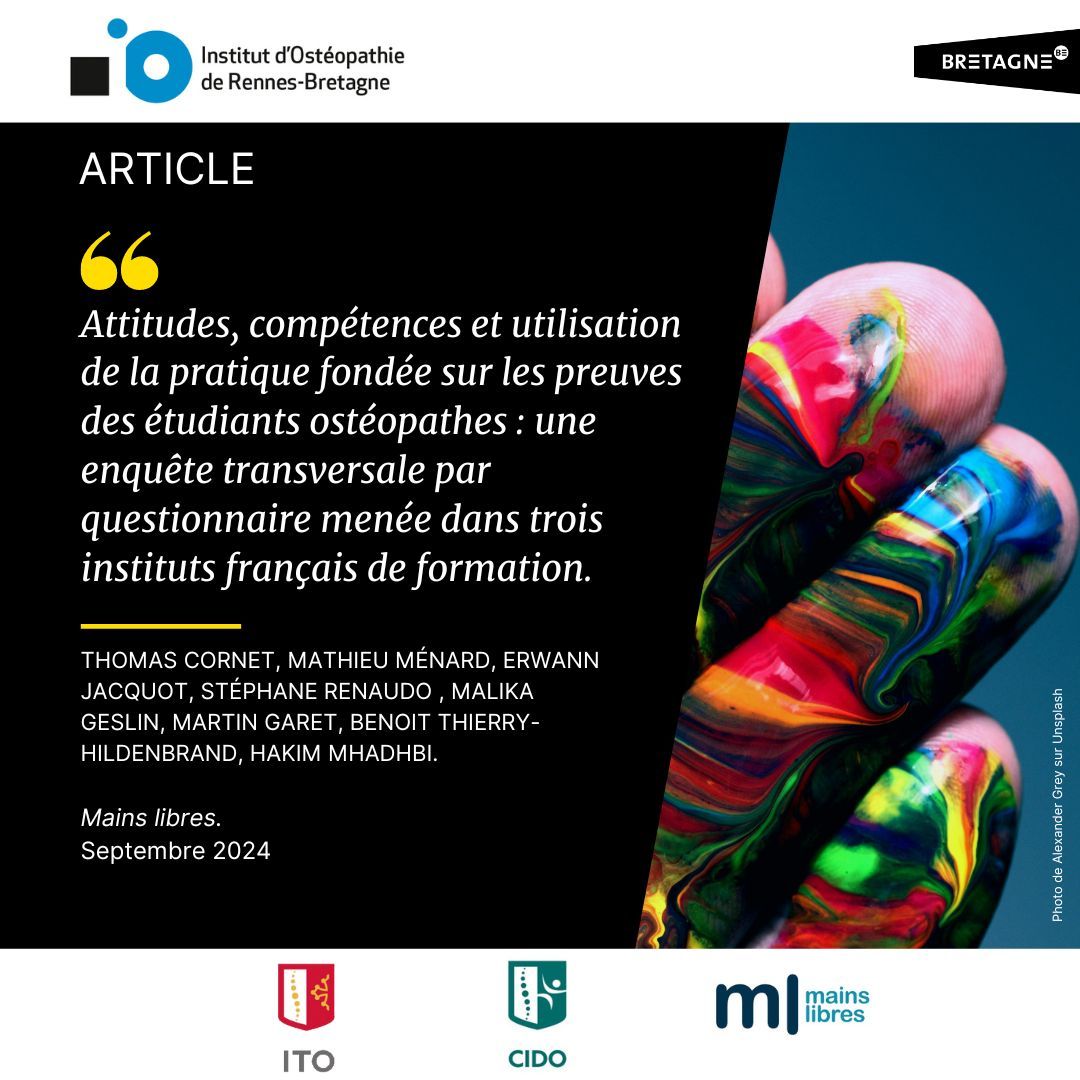 Journal article Attitudes, compétences et utilisation de la pratique fondée sur les preuves des étudiants ostéopathes : une enquête transversale par questionnaire menée dans trois instituts français de formation Thomas Cornet, Mathieu Ménard, Erwann Jacquot, Stéphane Renaudo, Malika Geslin, Martin Garet, Hakim Mhadhbi.
Journal article Attitudes, compétences et utilisation de la pratique fondée sur les preuves des étudiants ostéopathes : une enquête transversale par questionnaire menée dans trois instituts français de formation Thomas Cornet, Mathieu Ménard, Erwann Jacquot, Stéphane Renaudo, Malika Geslin, Martin Garet, Hakim Mhadhbi.La pratique fondée sur les preuves (EBP) fait partie intégrante des programmes de formation des futurs professionnels de la santé. Sa mise en œuvre dans l’enseignement de l’ostéopathie n’est pas encore uniformisée et de nouveaux défis en lien avec la difficulté de trouver une voie entre l’héritage ostéopathique et les nouvelles connaissances scientifiques sont actuels. Objectif : Cette étude a exploré les attitudes, les compétences et l’utilisation de l’EBP parmi les étudiants français en ostéopathie. L’hypothèse était que les étudiants auraient une attitude favorable envers l’EBP, mais rencontreraient des difficultés à appliquer ces connaissances en contexte clinique. Méthode. Une enquête transversale a été menée entre octobre et décembre 2023 auprès d’étudiants en ostéopathie de la troisième à la cinquième année (N = 701, total sollicité) issus de trois établissements d’enseignement français. Les participants ont été invités à répondre à l’Evidence- Based Practice Attitude and Utilisation Survey (EBASE) adaptée pour les étudiants (EBASE-FrStu). Résultats. 586 étudiants ont participé à cette étude. La majorité des répondants (73 %) ont fait preuve d’une attitude positive à l’égard de l’EBP et 88 % des étudiants ont exprimé le désir d’améliorer leurs compétences en la matière et 58 % ont estimé que l’EBP pourrait les aider à prendre des décisions concernant les soins aux patients. Cependant, la majorité des personnes interrogées (80 %) ont déclaré un faible pourcentage de mise en œuvre de l’EBP dans leur pratique clinique. Conclusion. Les étudiants participants ont une attitude positive à l’égard de l’EBP, mais leurs compétences actuelles ne leur permettent pas d’intégrer pleinement l’EBP dans leur pratique clinique. Ces résultats soulignent l’étendue du travail qui reste à faire pour mieux mettre en œuvre la pratique fondée sur les preuves dans le programme d’enseignement de l’ostéopathie.
DOI: 10.55498/MAINSLIBRES.2024.12.3.177
La recherche en Ostéopathie se développe et soulève un nombre important de questions essentielles pour la profession en France et à l'international. Explorer et évaluer de nouvelles orientations et perspectives concernant l’enseignement de l’ostéopathie visant une pratique éclairée par les nouvelles connaissances professionnelles et scientifique est un enjeu important pour l’institut. Cet axe de recherche s’intéresse donc à l’évolution et l’évaluation des enseignements réalisés au sein de l’institut. De nombreux projets de recherche sont menés par les étudiants et les enseignants dans le cadre des mémoires de fin d’études et de la formation continue.
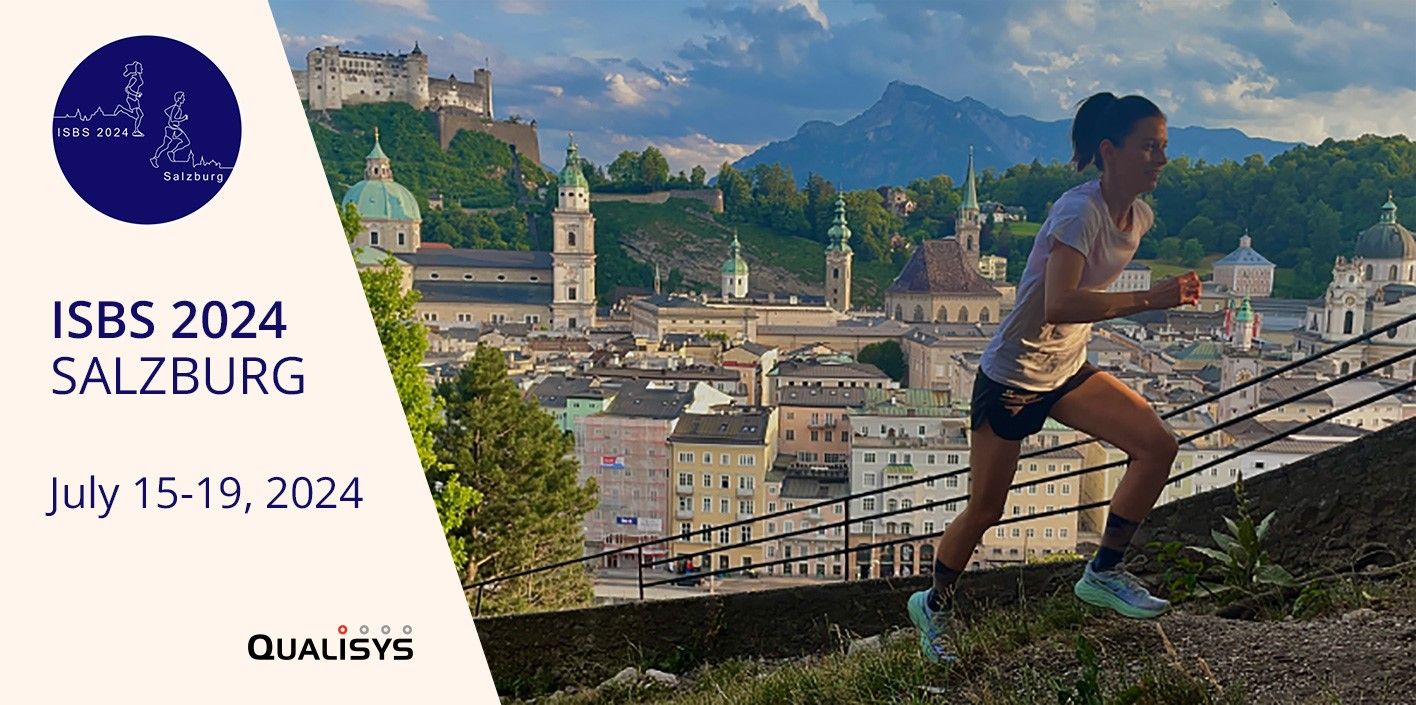 Conference Kinematic and muscular strategies of the lower back during backward somersault landing in gymnastics. Rébecca Crolan, Romane Bidet, Fabien Dal Maso, Mathieu Ménard, Charles Pontonnier, Diane Haering.
Conference Kinematic and muscular strategies of the lower back during backward somersault landing in gymnastics. Rébecca Crolan, Romane Bidet, Fabien Dal Maso, Mathieu Ménard, Charles Pontonnier, Diane Haering.International Society of Biomechanics in Sports, July 15-19, 2024 Salzburg
The purpose of this study was to investigate the kinematics and muscle activity of the lower limbs and lumbar spine during the landing of a jump in female gymnasts. Sixteen adult gymnasts performed round-offs followed by a back somersault. Lumbar, hip, and knee joint angles at peak GRF and EMG activity of 4 lumbar spine muscles were recorded. The study reveals a large heterogeneity in the kinematic and muscular strategies used by the gymnasts. A more detailed investigation is required to gain a better understanding of the motor behaviors observed, with a view to potentially improving individualized monitoring during the season and reducing the incidence of injury.
Osteopathic research is raising essential questions for the profession in France and abroad. The institute faces the challenge of evaluating new ways to assess non-medicinal interventions like osteopathic treatment. This line of research looks at new ways of making sense of traditional clinical tests used in practice. Students and staff work on many research projects together with the M2S laboratory at Rennes 2 University.
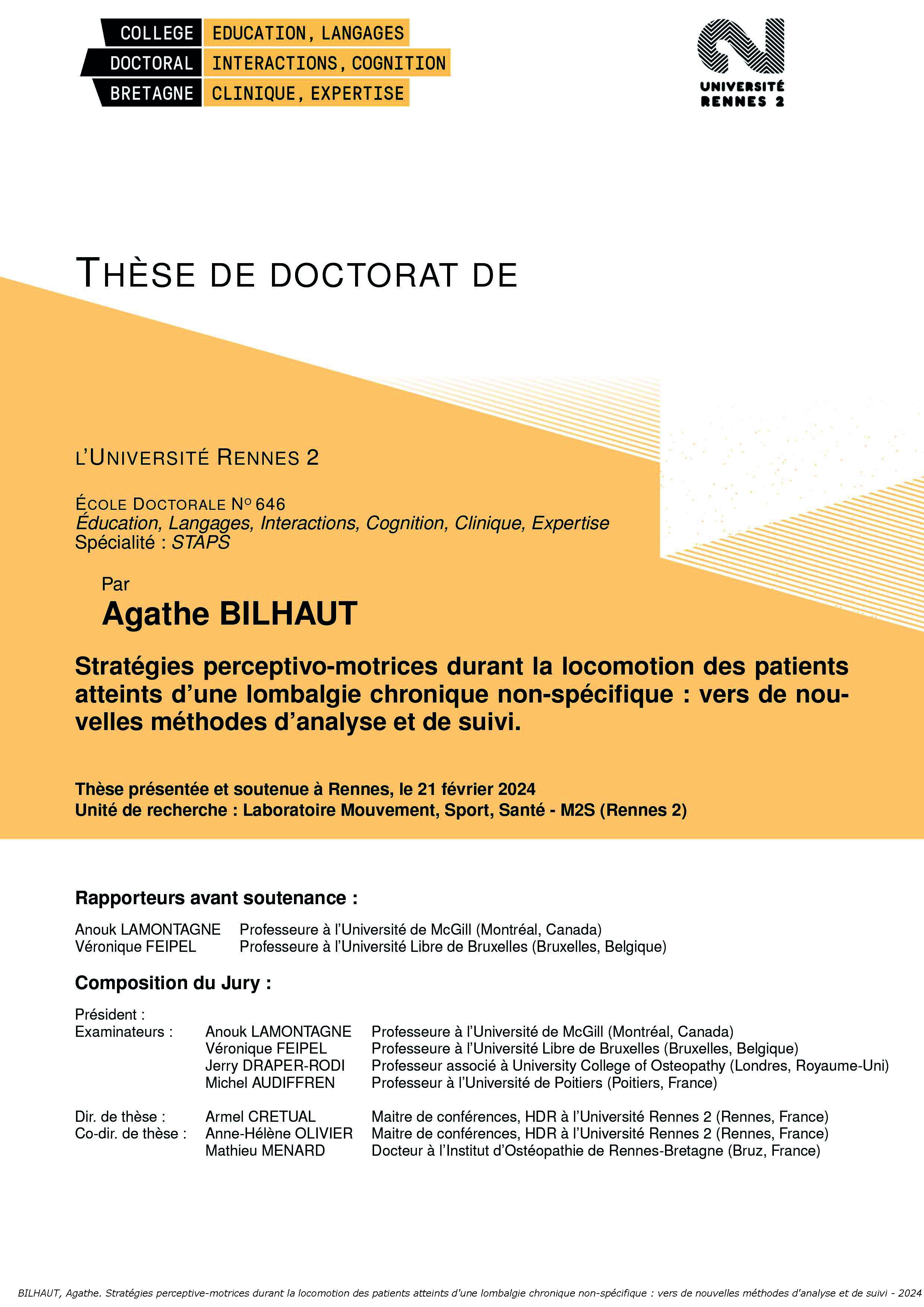 Thesis Stratégies perceptive-motrices durant la locomotion des patients atteints d’une lombalgie chronique non-spécifique : vers de nouvelles méthodes d’analyse et de suivi Thèse d'Agathe BILHAUT - Dir. de thèse: Armel CRETUAL - Co-dir. de thèse: Anne-Hélène OLIVIER, Mathieu MENARD
Thesis Stratégies perceptive-motrices durant la locomotion des patients atteints d’une lombalgie chronique non-spécifique : vers de nouvelles méthodes d’analyse et de suivi Thèse d'Agathe BILHAUT - Dir. de thèse: Armel CRETUAL - Co-dir. de thèse: Anne-Hélène OLIVIER, Mathieu MENARD2024
La lombalgie chronique non spécifique (LCNS) a été identifiée comme l’une des principales causes d'invalidité dans le monde. Elle est évaluée majoritairement grâce à des échelles ou questionnaires, rapportant l'influence de facteurs cognitifs, émotionnels et comportementaux. Cependant, peu d'études l'ont évaluée dans des situations de la vie quotidienne, telles que passer à travers une ouverture de porte ou éviter un piéton sur sa trajectoire. L'objectif de cette thèse a été d'évaluer l'influence de la LCNS dans des paradigmes de locomotion en interaction avec l'environnement, faisant intervenir des facteurs situationnels et sociaux afin de proposer de nouvelles méthodes d'analyse et de suivi des patients. Les participants LCNS ont été comparés à des adultes asymptomatiques (AA) dans 3 tâches de marche dirigée vers un but : 1) une tâche de passage à travers différentes largeurs d'ouvertures où les participants LCNS ont cessé de tourner leurs épaules pour une ouverture plus étroite que les AA, 2) une tâche faisant intervenir des facteurs situationnels (ouverture large ou étroite) et sociaux (expérimentateur au milieu des deux ouvertures) où les participants LCNS modifient leur décision de franchir une ouverture en fonction des facteurs situationnels, et 3) une tâche de croisement de piétons où les participants LCNS semblent bien percevoir les conditions de l'interaction (seuil de déclenchement d’une adaptation et distance de croisement) mais contribuent différemment. En conclusion, la LCNS semble affecter les décisions des participants utilisant des stratégies perceptivo-motrices basées sur le contexte situationnel plutôt que sur le contexte social.
La recherche en Ostéopathie se développe et soulève un nombre important de questions essentielles pour la profession en France et à l'international. Explorer et évaluer de nouvelles orientations et perspectives concernant les outils et les méthodes d’évaluation des effets des interventions non médicamenteuses telles que la prise en charge ostéopathique est un enjeu important pour l’institut. Cet axe de recherche s’intéresse donc à de nouvelles dimensions à l’interprétation des tests cliniques traditionnels utilisés en pratique clinique en utilisant des outils et des méthodologies issues de la biomécanique. De nombreux projets de recherche sont menés par les étudiants et les enseignants dans le cadre des mémoires de fin d’études ou de thèse de sciences en étroite collaboration avec le laboratoire M2S de l’Université Rennes 2.
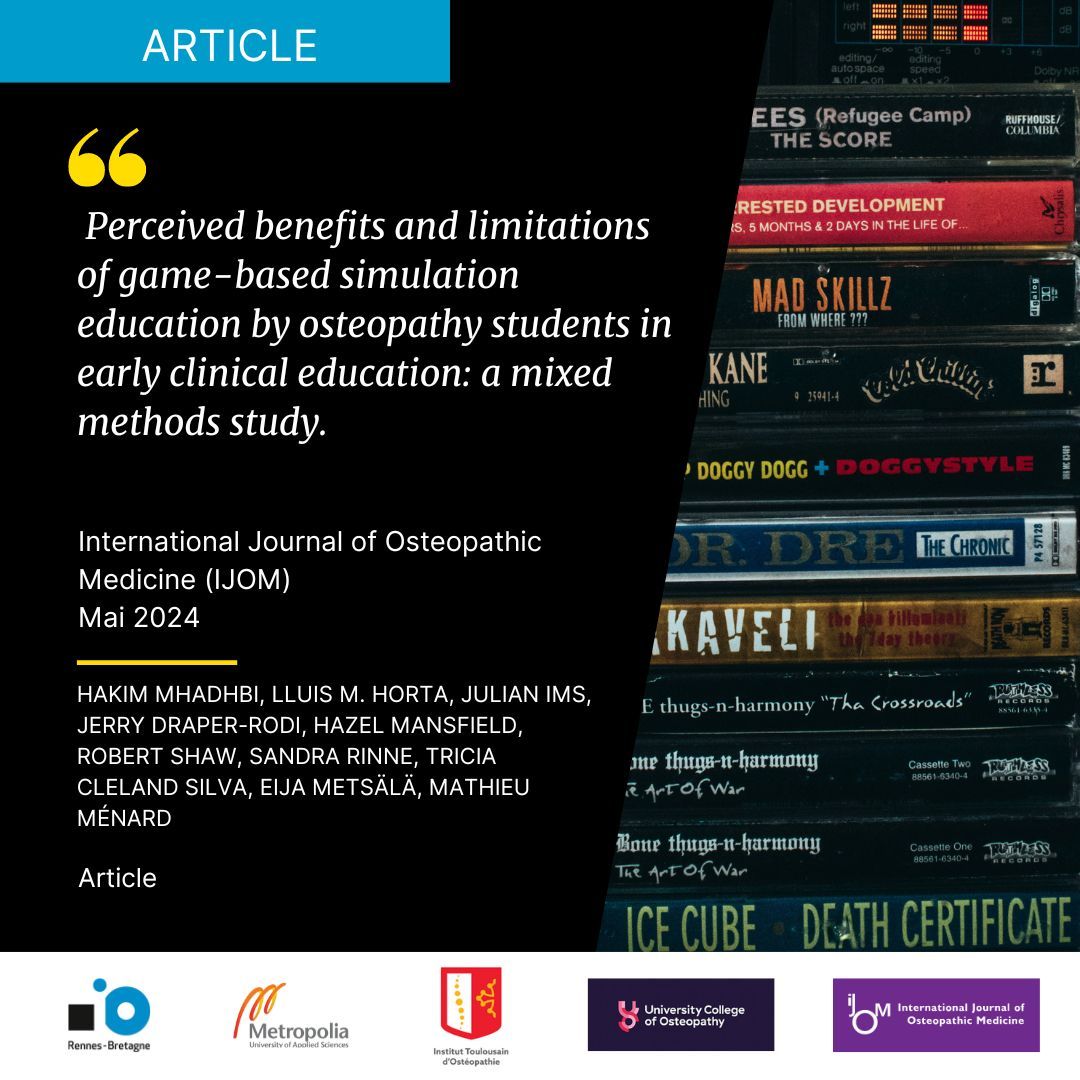 Journal article Perceived benefits and limitations of game-based simulation education by osteopathy students in early clinical education: a mixed methods study Hakim Mhadhbi, Lluis M. Horta, Julian Ims, Jerry Draper-Rodi, Hazel Mansfield, Robert Shaw, Sandra Rinne, Tricia Cleland Silva, Eija Metsälä, Mathieu Ménard
Journal article Perceived benefits and limitations of game-based simulation education by osteopathy students in early clinical education: a mixed methods study Hakim Mhadhbi, Lluis M. Horta, Julian Ims, Jerry Draper-Rodi, Hazel Mansfield, Robert Shaw, Sandra Rinne, Tricia Cleland Silva, Eija Metsälä, Mathieu MénardInternational Journal of Osteopathic Medicine (IJOM)
Mai 2024
Game-based simulation education is becoming an integral component in healthcare programs. It is defined as any educational activity implying simulation procedures to recreate clinical scenarios. Previous studies have shown that simulation can improve patient safety by enhancing healthcare providers' competencies. However, few studies have investigated students' perceptions of simulation within osteopathic programs. This study aimed to measure and compare Year three osteopathy students’ perceptions of a game-based simulation versus traditional clinical training.
Osteopathic research is developing and raising a number of essential questions for the profession in France and internationally. Exploring and evaluating new directions and perspectives in osteopathic teaching, with the aim of developing a practice informed by new professional and scientific knowledge, is a major challenge for the Institute. This line of research therefore focuses on the evolution and evaluation of the teaching carried out within the institute. Numerous research projects are carried out by students and teachers as part of their final dissertations and continuing education.
-
2025
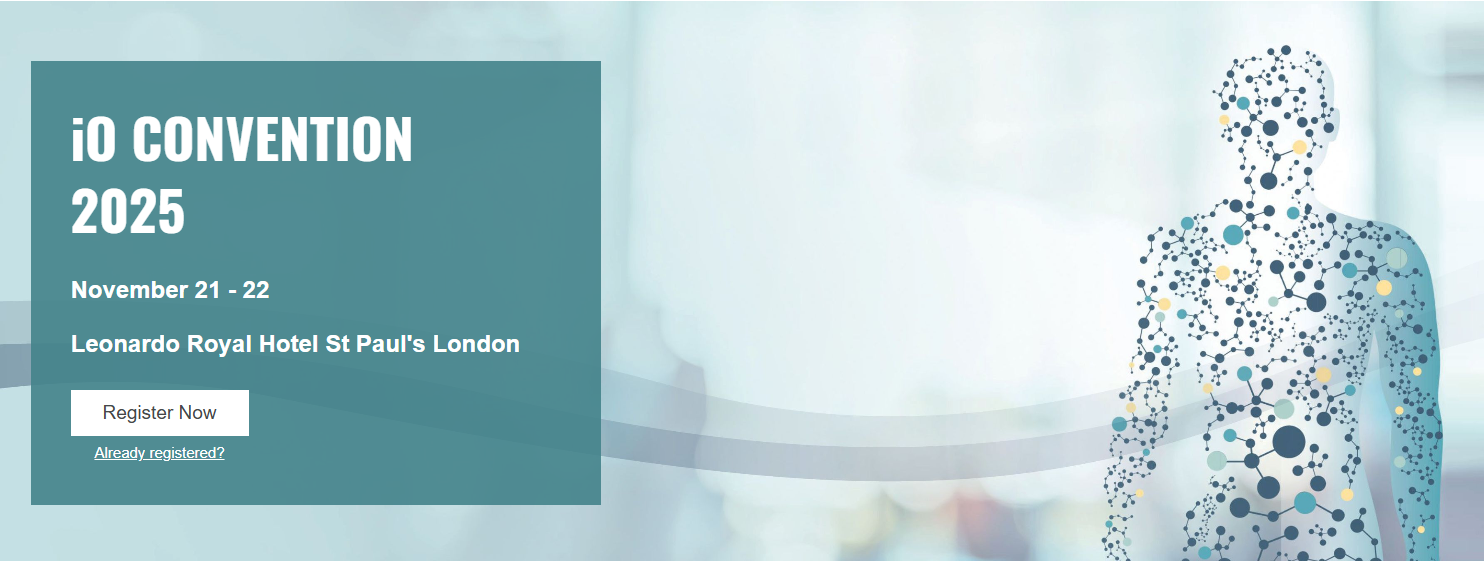 Conference Exploring the use of manual therapy in the management of traumatic brain Injury. Delion, T., Noyer, A., Gonzalès-Bandrès, M., Treffel, L., Farrell, G., Cassoudesalle, H.,Ménard , M.
Conference Exploring the use of manual therapy in the management of traumatic brain Injury. Delion, T., Noyer, A., Gonzalès-Bandrès, M., Treffel, L., Farrell, G., Cassoudesalle, H.,Ménard , M.iO Convention, Londres 2025.
Traumatic brain injury (TBI) is a leading cause of long-term disability worldwide, often resulting in persistent physical, cognitive, and emotional symptoms. Manual therapy (MT), which is commonly used by chiropractors, osteopaths and physiotherapists (COPs), has been proposed as a nonpharmacological intervention for post-TBI symptom management. However, the scope and quality of supporting evidence remain unclear. Objective : To comprehensively map the literature on the use of MT in the management of TBI.
Traumatic Brain Injury
Post-Concussion Syndrome
Musculoskeletal manipulations
Chiropractic
Osteopathy
Physiotherapy
 Journal article Effects of situational and social factors on locomotor behavior in chronic non-specific low back pain patients walking through apertures. Bilhaut, A., Vandenberg, E., Ménard, M., Cinelli, M., Roze, O., Baban, A., Carson-Jouzel, O., Crétual, A., & Olivier, A.H.
Journal article Effects of situational and social factors on locomotor behavior in chronic non-specific low back pain patients walking through apertures. Bilhaut, A., Vandenberg, E., Ménard, M., Cinelli, M., Roze, O., Baban, A., Carson-Jouzel, O., Crétual, A., & Olivier, A.H.Scientific Report
Chronic non-specific low back pain (cNSLBP) is a leading cause of disability. However, its impact on daily activities (e.g., walking in public spaces) remains poorly understood. This study aimed to examine how cNSLBP individuals make navigation decisions when exposed to varying situational and social conditions.
Osteopathic research is raising essential questions for the profession in France and abroad. The institute faces the challenge of evaluating new ways to assess non-medicinal interventions like osteopathic treatment. This line of research looks at new ways of making sense of traditional clinical tests used in practice. Students and staff work on many research projects together with the M2S laboratory at Rennes 2 University.
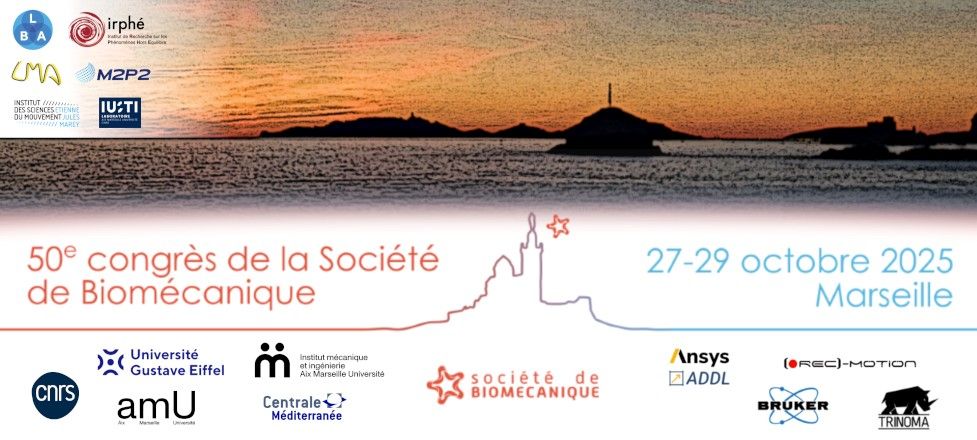 Conference Evaluating lumbar spine impact loads using IMUs during Women’s Artistic Gymnastics training. Crolan, R., Bidet, R., Pucheu, S., Ménard, M., Hearing, D. & Pontonnier, C.
Conference Evaluating lumbar spine impact loads using IMUs during Women’s Artistic Gymnastics training. Crolan, R., Bidet, R., Pucheu, S., Ménard, M., Hearing, D. & Pontonnier, C.Multidisciplinary Biomechanics Journal, 2025, vol. 2, p. 509–511
The aim of this study was to explore the effects of acute training on the evolution of lumbar impact load during the landing of a back somersault. To this end, we used Inertial Measurement Units (IMU) placed on the athletes to estimate the impact load. We assumed that the load would increase significantly during training.
10.46298/mbj.16243
Gymnastic
Inertial sensor
Low back pain
Impact load
Osteopathic research is raising essential questions for the profession in France and abroad. The institute faces the challenge of evaluating new ways to assess non-medicinal interventions like osteopathic treatment. This line of research looks at new ways of making sense of traditional clinical tests used in practice. Students and staff work on many research projects together with the M2S laboratory at Rennes 2 University.
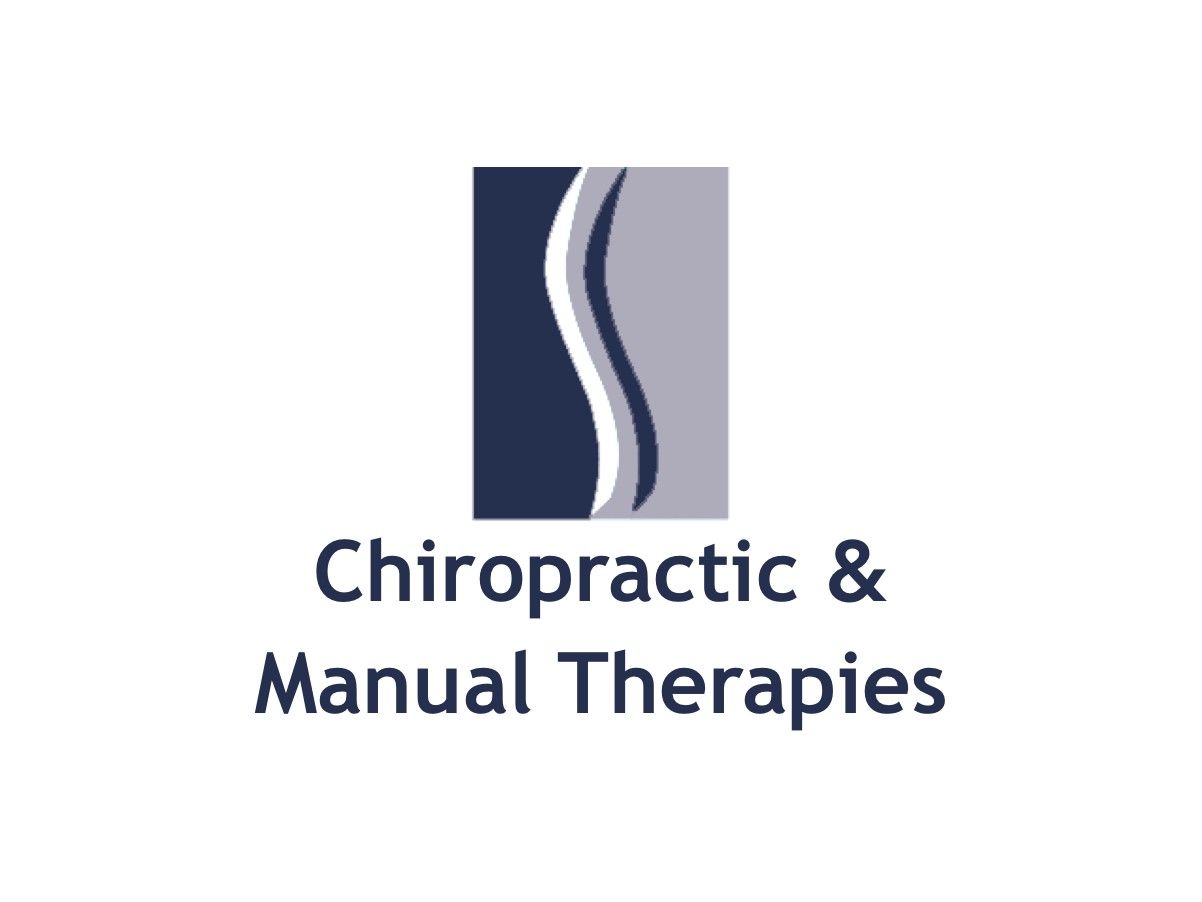 Journal article Exploring the use of manual therapy in the management of traumatic brain Injury. Delion, T., Noyer, A., Gonzalès-Bandrès, M., Treffel, L., Farrell, G., Cassoudesalle, H., Ménard , M.
Journal article Exploring the use of manual therapy in the management of traumatic brain Injury. Delion, T., Noyer, A., Gonzalès-Bandrès, M., Treffel, L., Farrell, G., Cassoudesalle, H., Ménard , M.Chiropractic & Manual Therapies, 2025.
To comprehensively map the literature on the use of manual therapy (MT) in the management of traumatic brain injury (TBI). TBI is a leading cause of long-term disability worldwide, often resulting in persistent physical, cognitive, and emotional symptoms. MT, which is commonly used by chiropractors, osteopaths and physiotherapists (COPs), has been proposed as a nonpharmacological intervention for post-TBI symptom management. However, the scope of supporting evidence remains unclear. The literature reflects a growing interest in the use of MT for mild, sport related TBI, primarily for managing physical symptoms. Further research is needed to explore broader applications across different populations and TBI severities, investigate underlying MT mechanisms and improve the reporting of safety outcomes.
10.1186/s12998-025-00606-y
Traumatic brain injury
Post-concussion syndrome
Musculoskeletal manipulations
Chiropractic
Osteopathy
Physiotherapy
Osteopathic research is developing and raising a number of essential questions for the profession in France and internationally. Exploring and evaluating new directions and perspectives in osteopathic teaching, with the aim of developing a practice informed by new professional and scientific knowledge, is a major challenge for the Institute. This line of research therefore focuses on the evolution and evaluation of the teaching carried out within the institute. Numerous research projects are carried out by students and teachers as part of their final dissertations and continuing education.
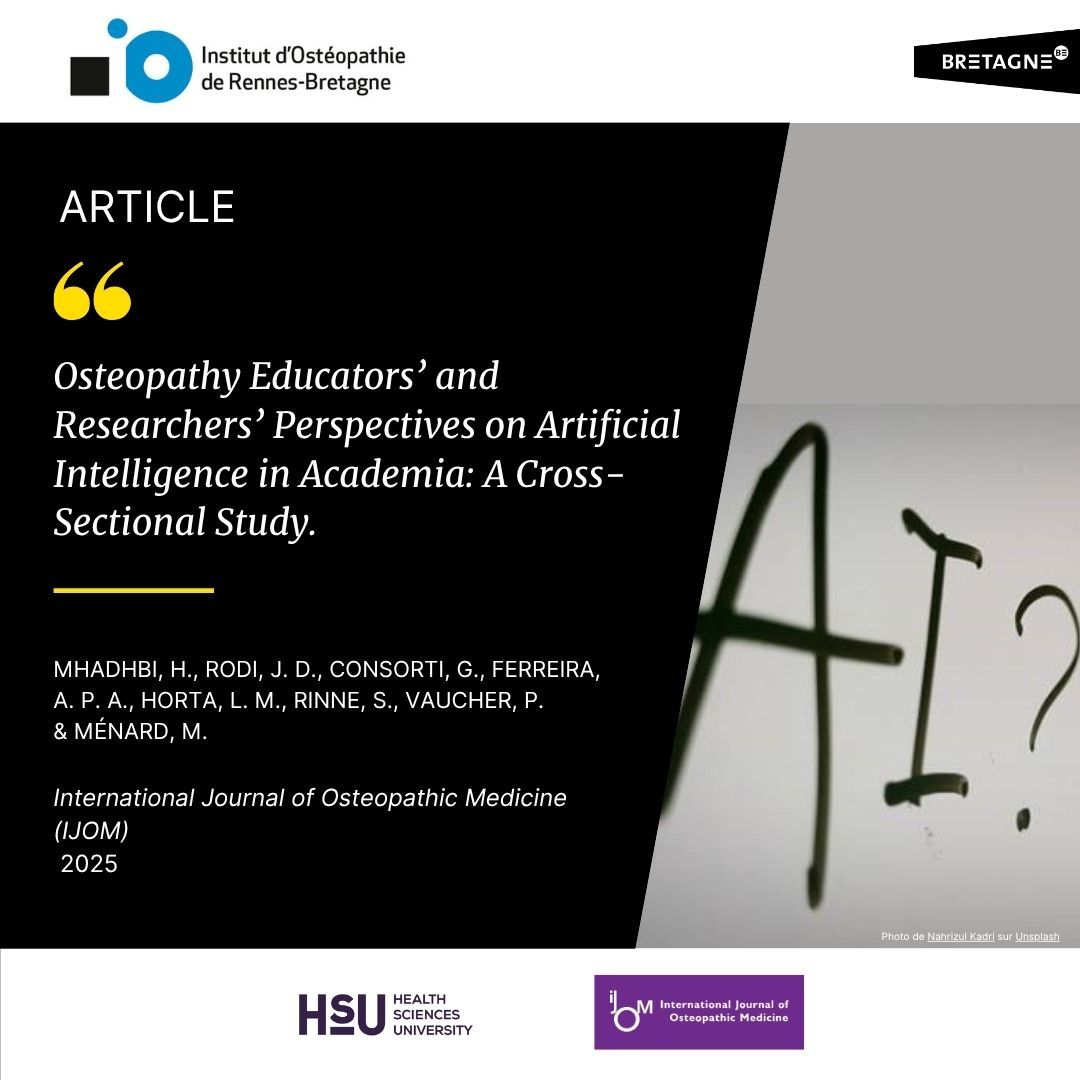 Journal article Osteopathy Educators’ and Researchers’ Perspectives on Artificial Intelligence in Academia: A Cross-Sectional Study. Mhadhbi, H., Rodi, J. D., Consorti, G., Ferreira, A. P. A., Horta, L. M., Rinne, S., Vaucher, P., & Ménard, M. (2025).
Journal article Osteopathy Educators’ and Researchers’ Perspectives on Artificial Intelligence in Academia: A Cross-Sectional Study. Mhadhbi, H., Rodi, J. D., Consorti, G., Ferreira, A. P. A., Horta, L. M., Rinne, S., Vaucher, P., & Ménard, M. (2025).International Journal of Osteopathic Medicine, 2025
Background
Artificial intelligence (AI) is increasingly being integrated into healthcare education and research, yet little is known about how AI is perceived within osteopathy. To the best of our knowledge, this is the first cross-sectional study to examine AI perspectives specifically among osteopathic educators and researchers, providing fresh insights into technology adoption within this healthcare discipline.Methods
A cross-sectional survey was conducted between December 2023 and February 2024 among osteopathic educators and/or researchers through snowball sampling. The survey collected data on AI-related knowledge, usage in educational and research contexts, attitudes toward AI, perceived risks, and necessities challenges. Principal Component Analysis (PCA) was used to validate the structure of the survey. Demographic factors such as age, gender, occupation, and academic qualifications were analysed in relation to scores.Results
190 respondents from 18 countries completed the survey. Participants demonstrated positive attitudes toward the role of AI in education and research, but acknowledged limited proficiency in its use. Usage of AI was higher among younger, male participants, with AI primarily used for personal organisation and research. Concerns about AI included risks of bias, over-reliance on technology, and potential replacement of human judgment. Participants with educational roles expressed fewer concerns about AI's risks compared to those outside of education. Knowledge of AI was not correlated with demographic factors, but attitudes and concerns about risks varied with age.Conclusion
Osteopathic educators and researchers view AI as a beneficial tool for teaching and research, but face challenges in its effective implementation due to concerns about technology replacing human expertise and biases. Training, institutional support, and ethical guidelines are essential to foster the responsible integration of AI in osteopathy.Implications for practice
- AI is underutilised in osteopathic education and research despite positive attitudes towards its potential.
- Educators are less concerned about AI risks, positioning them as key facilitators of responsible assimilation.
- Institutional policies should provide clear AI usage guidelines while addressing ethical and validity concerns.
- AI should support, not replace, human expertise, ensuring critical thinking remains central in education and research.
Artificial intelligence
Education
Research
Osteopathic medicine
Osteopathic research is developing and raising a number of essential questions for the profession in France and internationally. Exploring and evaluating new directions and perspectives in osteopathic teaching, with the aim of developing a practice informed by new professional and scientific knowledge, is a major challenge for the Institute. This line of research therefore focuses on the evolution and evaluation of the teaching carried out within the institute. Numerous research projects are carried out by students and teachers as part of their final dissertations and continuing education.
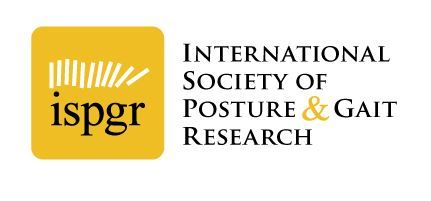 Conference Gait Adaptability in Chronic Low Back Pain: Reduced Complexity During Aperture passing. Bilhaut, A., Kodama, K., Ménard, M., Crétual, A., Olivier A.H.
Conference Gait Adaptability in Chronic Low Back Pain: Reduced Complexity During Aperture passing. Bilhaut, A., Kodama, K., Ménard, M., Crétual, A., Olivier A.H.International Society of Posture & Gait Research, 29 June - 3 July 2025, Maastricht, Netherlands.
2025 Theme: “Productive Interactions”. This year the ISPGR will place a special emphasis on building New Connections from Muscles to Minds to Drive Discoveries in Posture & Gait Research.
Osteopathic research is raising essential questions for the profession in France and abroad. The institute faces the challenge of evaluating new ways to assess non-medicinal interventions like osteopathic treatment. This line of research looks at new ways of making sense of traditional clinical tests used in practice. Students and staff work on many research projects together with the M2S laboratory at Rennes 2 University.
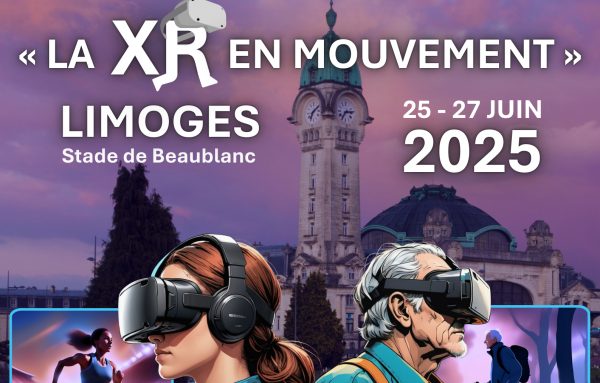 Conference Lombalgie et Réalité Étendue : Une nouvelle approche pour l'évaluation clinique. Denouël, L., Ménard, M, Olivier, AH, Bilhaut, A.Colloque XR en mouvement, 25-27 juin 2025, Limoges, France.
Conference Lombalgie et Réalité Étendue : Une nouvelle approche pour l'évaluation clinique. Denouël, L., Ménard, M, Olivier, AH, Bilhaut, A.Colloque XR en mouvement, 25-27 juin 2025, Limoges, France.https://www.unilim.fr/colloquexr/programme-du-colloque/
Toutes les dimensions liées à l’utilisation de la XR seront abordées : de la recherche fondamentale aux applications pratiques dans les domaines de la santé — évaluation, entrainement multisensoriel et réhabilitation de différentes populations en prévention primaire ou secondaire — et du sport (du fitness à la haute performance), y compris à travers les solutions industrielles disponibles sur les différents marchés (fitness, sport, réhabilitation, forme-bien être…). Il s’agira donc d’échanger sur les intérêts et des limites de la XR pour les populations concernées : population générale (incluant les enfants et les adolescents), personnes âgées, patients (ALD, AVC, TMS…) et sportifs (de différentes disciplines), couvrant ainsi un large spectre allant de la prévention à la performance en passant par le loisir récréationnel. Finalement, les nouvelles perspectives offertes par la XR dans les activités artistiques et/ou de loisirs seront explorées.
La recherche en Ostéopathie se développe et soulève un nombre important de questions essentielles pour la profession en France et à l'international. Explorer et évaluer de nouvelles orientations et perspectives concernant les outils et les méthodes d’évaluation des effets des interventions non médicamenteuses telles que la prise en charge ostéopathique est un enjeu important pour l’Institut d'Ostéopathie de Rennes-Bretagne. Cet axe de recherche s’intéresse donc à de nouvelles dimensions à l’interprétation des tests cliniques traditionnels utilisés en pratique clinique en utilisant des outils et des méthodologies issues de la biomécanique. De nombreux projets de recherche sont menés par les étudiants et les enseignants de notre école, dans le cadre des mémoires de fin d’études ou de thèse de sciences en étroite collaboration avec le laboratoire M2S de l’Université Rennes 2.
 Conference Modélisation de la supervision clinique en ostéopathie : une étude préliminaire par théorie ancrée. Hakim Mhadhbi, Erwann Jacquot et Mathieu Ménard
Conference Modélisation de la supervision clinique en ostéopathie : une étude préliminaire par théorie ancrée. Hakim Mhadhbi, Erwann Jacquot et Mathieu MénardCongrès International francophone de pédagogie des sciences de la santé (CIFPSS 2025), Université d’Orléans, 26 - 28 mai 2025.
La recherche en Ostéopathie se développe et soulève un nombre important de questions essentielles pour la profession en France et à l'international. Explorer et évaluer de nouvelles orientations et perspectives concernant l’enseignement de l’ostéopathie visant une pratique éclairée par les nouvelles connaissances professionnelles et scientifique est un enjeu important pour l’institut. Cet axe de recherche s’intéresse donc à l’évolution et l’évaluation des enseignements réalisés au sein de l’institut. De nombreux projets de recherche sont menés par les étudiants et les enseignants dans le cadre des mémoires de fin d’études et de la formation continue.
 Journal article Investigating the trustworthiness of randomised controlled trials in osteopathic research: a systematic review with meta-analysis Sénéquier A, Draper-Rodi J, Alvarez Bustins G, Braithwaite F, Brown J, Corcoran D, Forrest L, Godsi E, MacMillan A, Menard M, Carvajal SR, Scocca C, Treffel L, Vaucher PP, Wagner A, Soliman N, Abbey H, Hohenschurz-Schmidt D
Journal article Investigating the trustworthiness of randomised controlled trials in osteopathic research: a systematic review with meta-analysis Sénéquier A, Draper-Rodi J, Alvarez Bustins G, Braithwaite F, Brown J, Corcoran D, Forrest L, Godsi E, MacMillan A, Menard M, Carvajal SR, Scocca C, Treffel L, Vaucher PP, Wagner A, Soliman N, Abbey H, Hohenschurz-Schmidt DJournal of Clinical Epidemiology (2025)
To systematically investigate trustworthiness (methodological rigour, transparency, good governance, research integrity, and absence of misconduct) in randomised controlled trials (RCTs) of osteopathic manual therapy. This prospectively registered review (PROSPERO-ID: CRD42023457697) searched MEDLINE®, EMBASE, CINAHL, AMED, PEDro, ostmed.dr, and Chiroindex for RCTs evaluating osteopathic treatments (January 2021-June 2024). Risk-of-bias was assessed using Cochrane tool 2, while trustworthiness was assessed with the Cochrane Pregnancy and Childbirth Screening Tool and the REAPPRAISED checklist. Journal trustworthiness, misleading representations in abstracts (‘spin’), and results plausibility (via meta-analysis) were also assessed. Findings were synthesised descriptively. Sixty-one RCTs were included (median sample size 45, IQR 30-76), largely studying healthy volunteers (29%). Most had high risk-of-bias (74%), and only 7% acknowledged potential conflicts from authors’ professional ties. No journals appeared on cautionary lists, although 23% of articles were published within two months of submission. Only 27% of contactable authors engaged with reviewers. Seven abstracts (12%) were free of spin. Methodological concerns included poor missing data handling (31%), selective analyses (38%), unacknowledged multiple testing (36%), and outcome switching (12%). Meta-analysis found two outliers and five further with very large effects, while 19% provided inadequate data for pooling. Limitations: Limitations include incomplete reports and lack of validated trustworthiness assessment tools. Adherence to best practices in osteopathic RCTs needs improvement to enhance evidence-based decision-making, reduce research waste, and enhance reproducibility. Further research should explore whether these findings apply to other small, under-resourced fields. Funding: The Osteopathic Foundation.https://doi.org/10.1016/j.jclinepi.2025.111788
Physical Therapy Modalities
Trustworthiness
Clinical Trials
Methodology
Reproducibility
Research integrity
Osteopathic research is developing and raising a number of essential questions for the profession in France and internationally. Exploring and evaluating new directions and perspectives in osteopathic teaching, with the aim of developing a practice informed by new professional and scientific knowledge, is a major challenge for the Institute. This line of research therefore focuses on the evolution and evaluation of the teaching carried out within the institute. Numerous research projects are carried out by students and teachers as part of their final dissertations and continuing education.
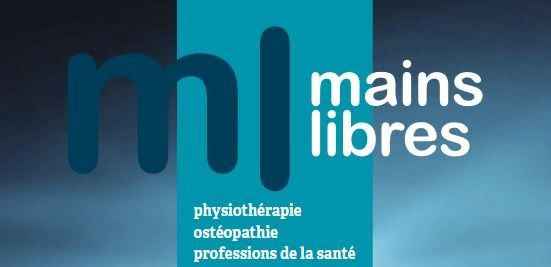 Journal article L’évolution des données probantes dans la formation en ostéopathie (volet 2) L’Hermite, P., Tavernier, P., Wagner, A., Mhadhbi, H.
Journal article L’évolution des données probantes dans la formation en ostéopathie (volet 2) L’Hermite, P., Tavernier, P., Wagner, A., Mhadhbi, H.Mains Libres, 41, no. 125, 15–22 (2025)
Introduction : La place des données probantes dans la formation en ostéopathie mérite d’être aujourd’hui discutée. Leur développement dans les milieux de la santé génère une modification quant au rapport que les professionnel·les et les formateur·rices entretiennent avec les preuves.Développement : L’amélioration du niveau de scientificité des professions du milieu de la santé entraîne un impact sur la formation. Cette évolution est le témoin de l’intégration de la pratique basée sur les preuves qui a fait l’objet de plusieurs études empiriques qu’il convient de discuter.Discussion : Les données probantes occupent une place croissante dans la formation des professions du milieu de la santé, car elles sont destinées à améliorer la prise en charge des patient·es. De nouvelles modalités pédagogiques émergent pour participer au rehaussement des standards de formation. Il existe un accroissement des productions scientifiques relatives à l’ostéopathie en termes quantitatifs et qualitatifs, et il est possible de rendre compte de leur nature. L’attitude des formateurs indique que l’ostéopathie se trouve dans une mutation, à une phase considérée comme liminaire.Conclusion : L’évolution des données probantes au sein de l’enseignement illustre une phase transitionnelle dans la formation en ostéopathie. Cette mutation accompagne un mouvement plus large concernant les professions de la santé. Les ressources à disposition des formateurs augmentent et la relation des formateurs avec les données probantes indique que le rapport est parfois conflictuel mais semble progresser.10.55498/MAINSLIBRES.2025.01.1.015
Données probantes
Formation
Ostéopathie
Évolution
La recherche en Ostéopathie se développe et soulève un nombre important de questions essentielles pour la profession en France et à l'international. Explorer et évaluer de nouvelles orientations et perspectives concernant l’enseignement de l’ostéopathie visant une pratique éclairée par les nouvelles connaissances professionnelles et scientifique est un enjeu important pour l’institut. Cet axe de recherche s’intéresse donc à l’évolution et l’évaluation des enseignements réalisés au sein de l’institut. De nombreux projets de recherche sont menés par les étudiants et les enseignants dans le cadre des mémoires de fin d’études et de la formation continue.
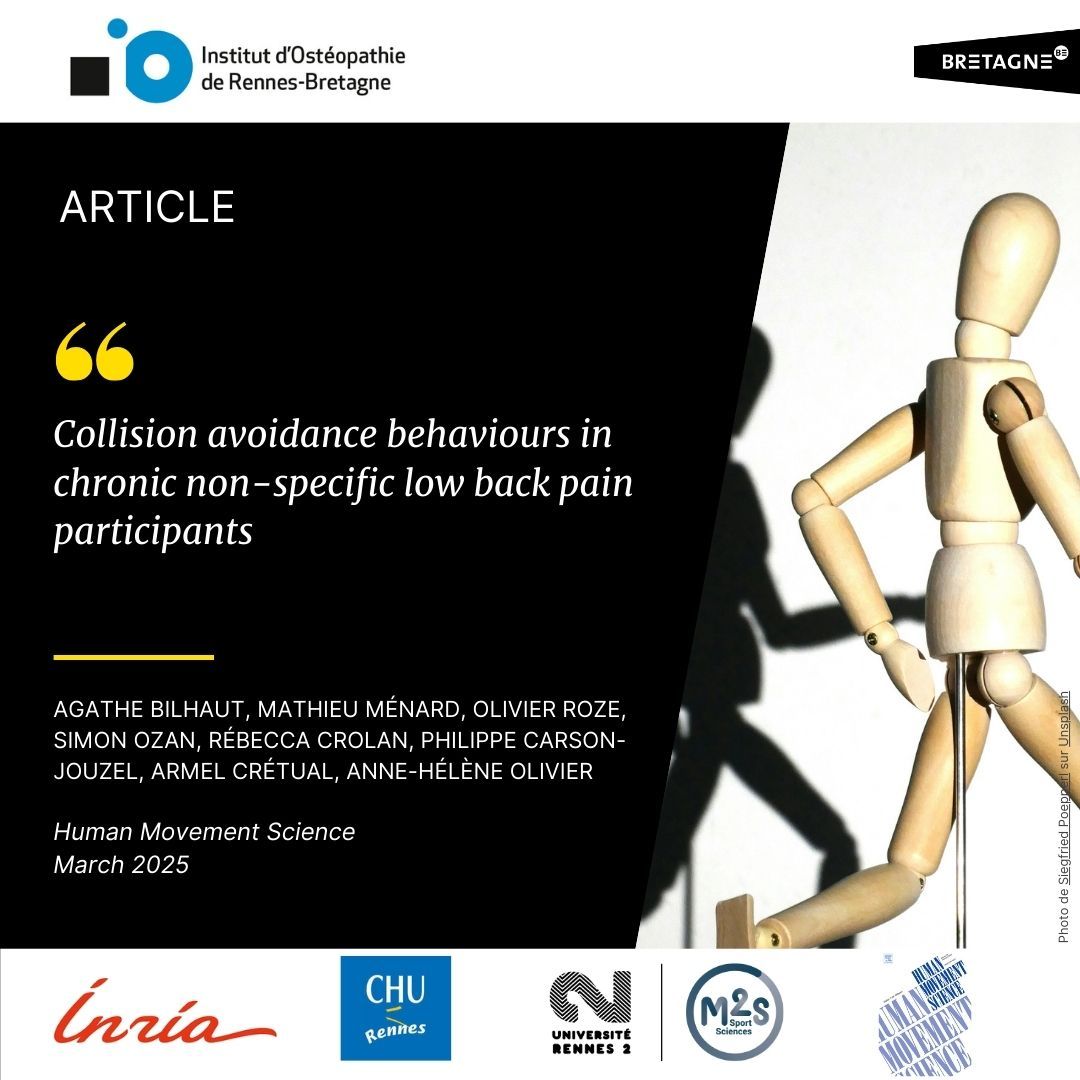 Journal article Collision avoidance behaviours in chronic non-specific low back pain participants Agathe Bilhaut, Mathieu Ménard, Olivier Roze, Simon Ozan, Rébecca Crolan, Philippe Carson-Jouzel, Armel Crétual, Anne-Hélène Olivier
Journal article Collision avoidance behaviours in chronic non-specific low back pain participants Agathe Bilhaut, Mathieu Ménard, Olivier Roze, Simon Ozan, Rébecca Crolan, Philippe Carson-Jouzel, Armel Crétual, Anne-Hélène OlivierHuman Movement Science - Mars 2025
Objective
Chronic non-specific low back pain (cNSLBP) is a leading cause of disability, influenced by bio-psycho-social factors. However, its impact on everyday activities such as navigating streets and interacting with other pedestrians remains underexplored. This study aimed to assess the effect of cNSLBP on perceptual-motor processes in a pedestrian crossing task, focusing on 1) collision avoidance behaviours, 2) the walker's role in avoiding collisions, and 3) the influence of pain perception.Methods
Seventeen asymptomatic adults (AA, 11 females, 46.4 ± 12.8 years) and seventeen cNSLBP participants (10 females, 47.9 ± 12.7 years) performed a task involving crossing paths at a 90° angle with another walker. Participants interacted in three groups pairings: AA-AA, AA-cNSLBP, and cNSLBP-cNSLBP. Key metrics included crossing order inversion, collision risk threshold informing movement adaptation, crossing distance, and the walker's contribution (speed/orientation).Results and discussion
No significant differences were observed between groups for the collision risk threshold (≈0.93 m) or crossing distance (≈0.8 m). However, cNSLBP participants exhibited distinct avoidance strategies, especially in cNSLBP-cNSLBP interactions, which showed more frequent inversions. When crossing first, cNSLBP participants contributed less, whereas when crossing second, they contributed more, primarily by adjusting their speed. A significant negative correlation emerged between depression scores and the level of contribution when cNSLBP participants crossed second.Conclusion
These findings suggest that pain perception may influence collision avoidance behaviours. Further research, potentially incorporating virtual reality, is needed to control environmental factors and deepen our understanding of these interactions.10.1016/j.humov.2025.103335
Chronic non-specific low back pain (cNSLBP)Perceptual-motor processesMovement adaptationAvoidance strategiesEcological paradigmOsteopathic research is raising essential questions for the profession in France and abroad. The institute faces the challenge of evaluating new ways to assess non-medicinal interventions like osteopathic treatment. This line of research looks at new ways of making sense of traditional clinical tests used in practice. Students and staff work on many research projects together with the M2S laboratory at Rennes 2 University.
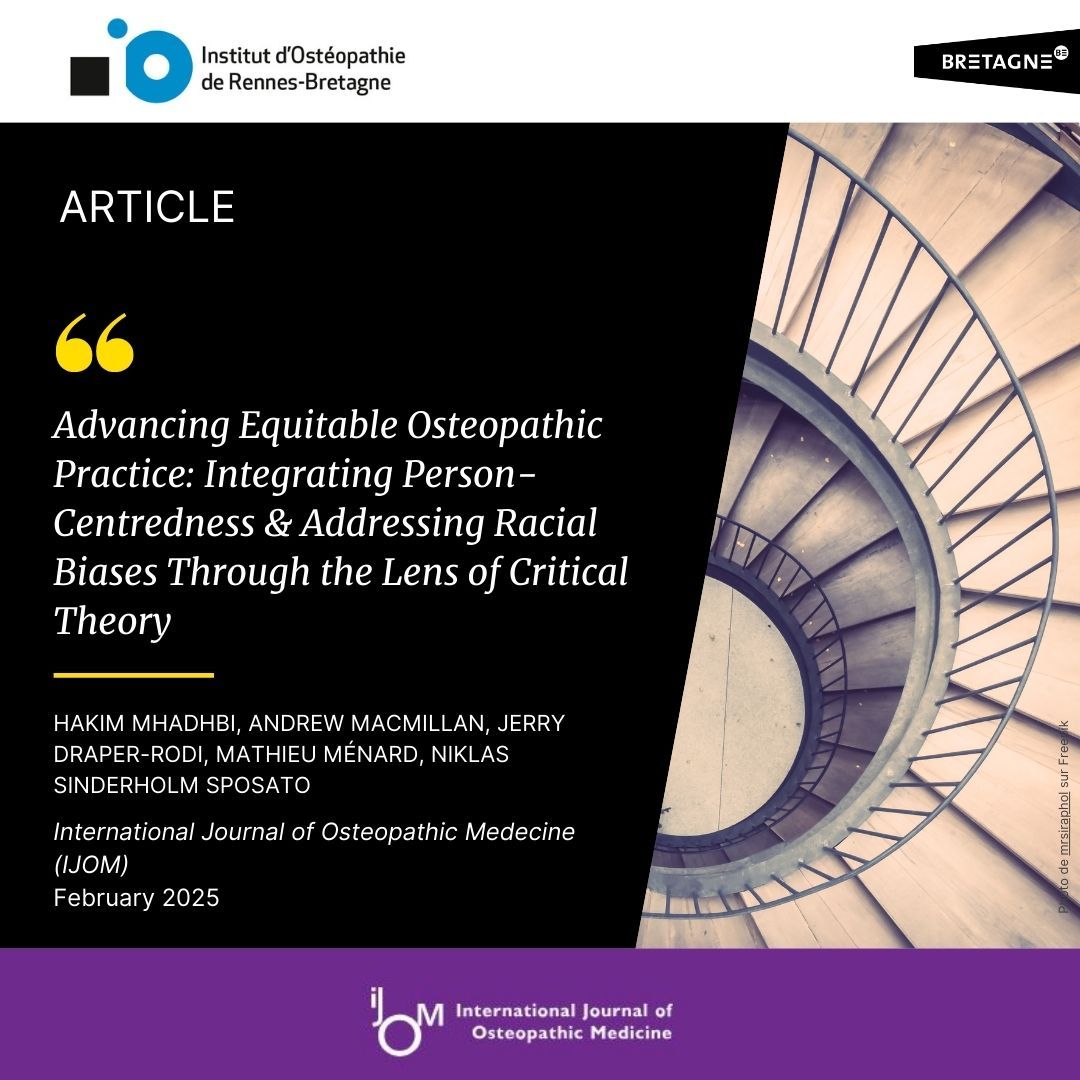 Journal article Advancing Equitable Osteopathic Practice: Integrating Person-Centredness & Addressing Racial Biases Through the Lens of Critical Theory Hakim Mhadhbi, Andrew MacMillan, Jerry Draper-Rodi, Mathieu Ménard, Niklas Sinderholm Sposato
Journal article Advancing Equitable Osteopathic Practice: Integrating Person-Centredness & Addressing Racial Biases Through the Lens of Critical Theory Hakim Mhadhbi, Andrew MacMillan, Jerry Draper-Rodi, Mathieu Ménard, Niklas Sinderholm SposatoInternational Journal of Osteopathic Medicine, February 2025
As osteopaths, many of us ideally endeavour to minimise biased interpretations when evaluating the pain and distress expressed by individuals seeking treatment. However, as a product of the society we live in, we acknowledge that various unconscious biases, including racial bias, may unintentionally and spontaneously influence our view of a patient's condition and perception of pain. This paper explores the intersection of Person-Centred Care (PCC) and racial biases through critical theory in the context of osteopathic practice. It emphasises the ethical duty of healthcare professionals to deliver PCC that recognizes individual experiences, values, needs, and abilities. Racial biases within healthcare settings are identified as contributors to disparities in access, quality, and outcomes. They can also lead to bias in the clinical decision-making process requiring attention in osteopathic clinical practice.The critical theory framework allows for the identification of opportunities and barriers to implementing PCC and equity in osteopathic practice, highlighting factors such as the impact of implicit bias and structural barriers.As a result, osteopaths are recommended to take a proactive approach through self-awareness, challenging personal beliefs and actively engaging in cultural humility to minimise racial biases. Osteopathic education could contribute to the cultivation of cultural humility and awareness in training programmes, fostering a passion for fair healthcare among future osteopathic professionals. Ultimately, the integration of critical theory and PCC through cultural humility is presented as an approach to promoting equitable healthcare that empowers individuals.10.1016/j.ijosm.2025.100752
Osteopathic research is developing and raising a number of essential questions for the profession in France and internationally. Exploring and evaluating new directions and perspectives in osteopathic teaching, with the aim of developing a practice informed by new professional and scientific knowledge, is a major challenge for the Institute. This line of research therefore focuses on the evolution and evaluation of the teaching carried out within the institute. Numerous research projects are carried out by students and teachers as part of their final dissertations and continuing education.
- Il n'y a aucune publication à ce jour;




